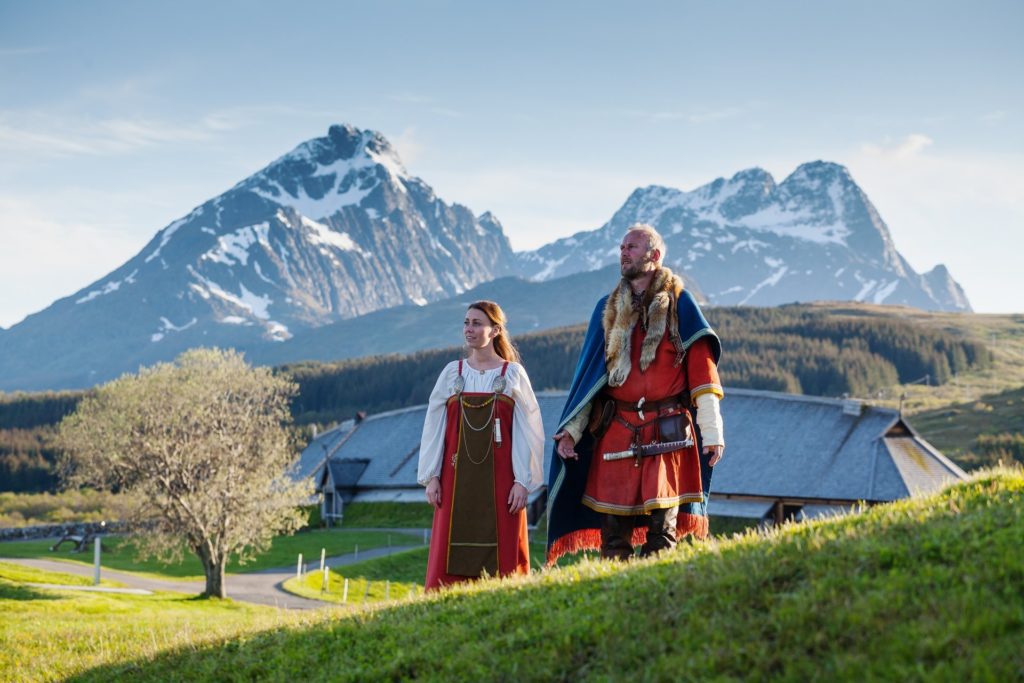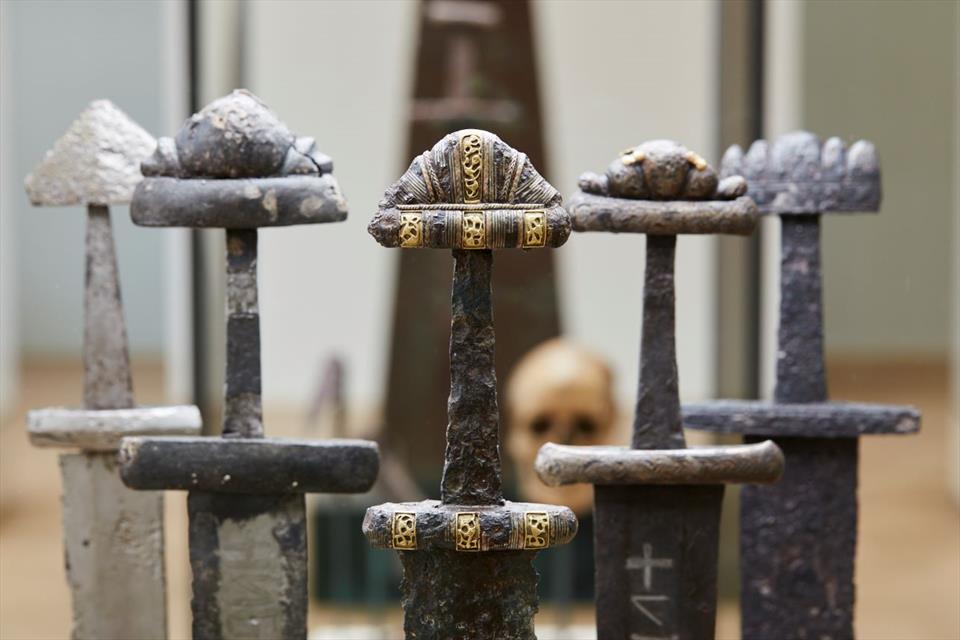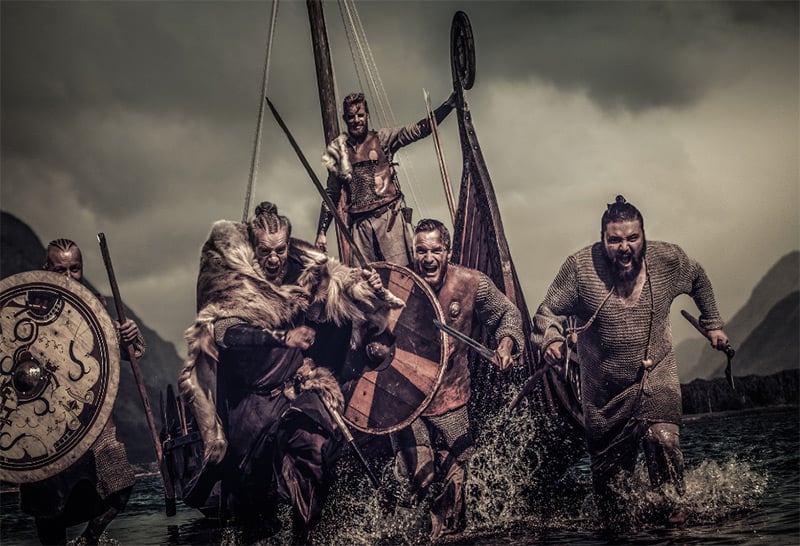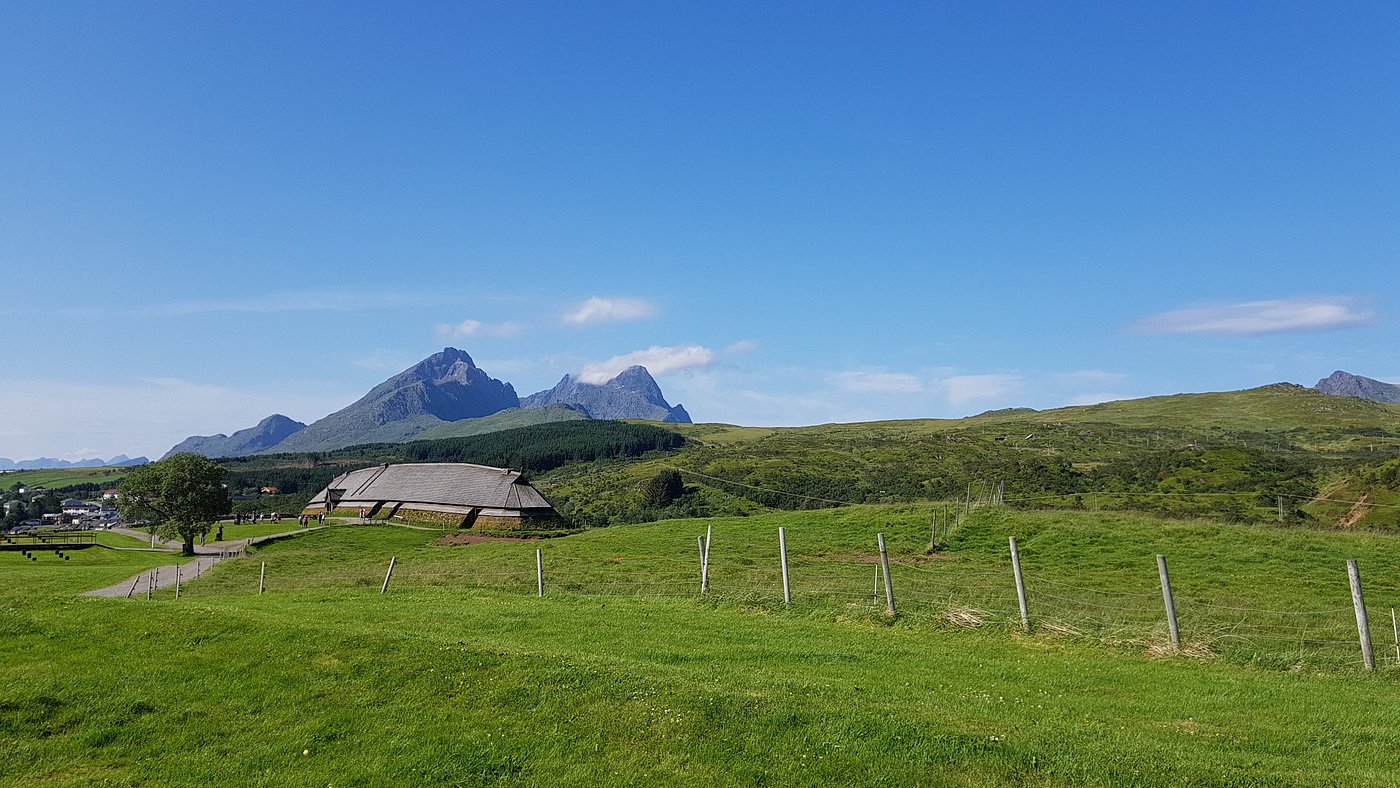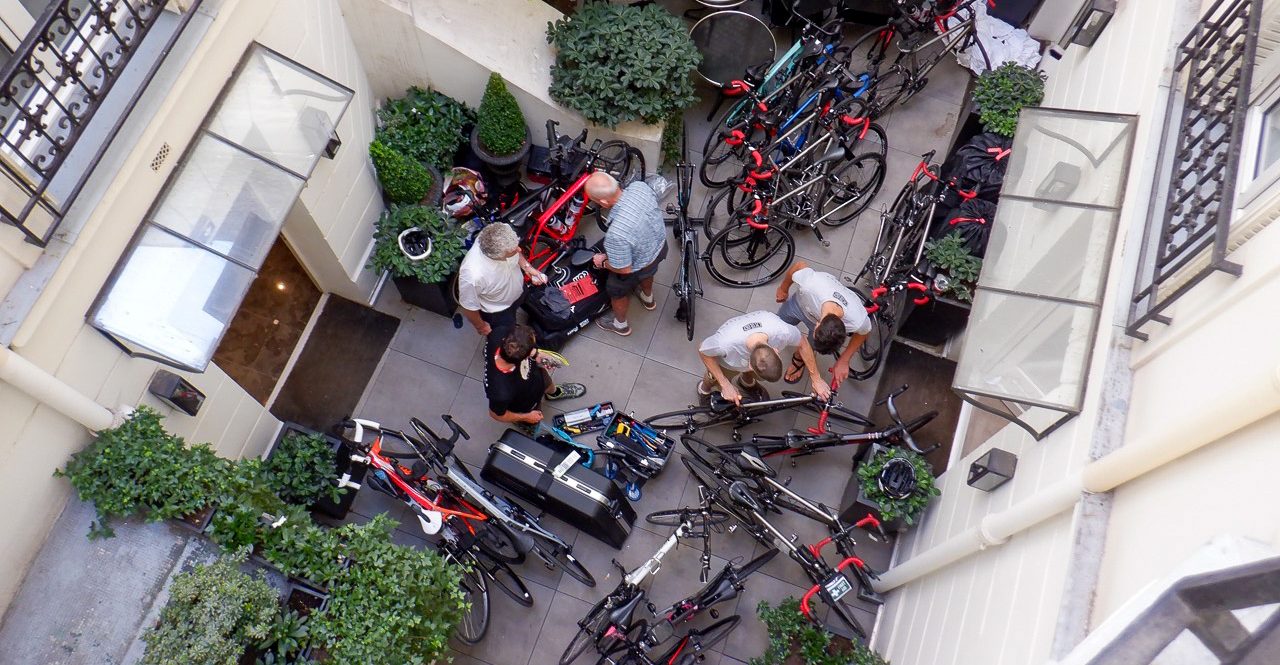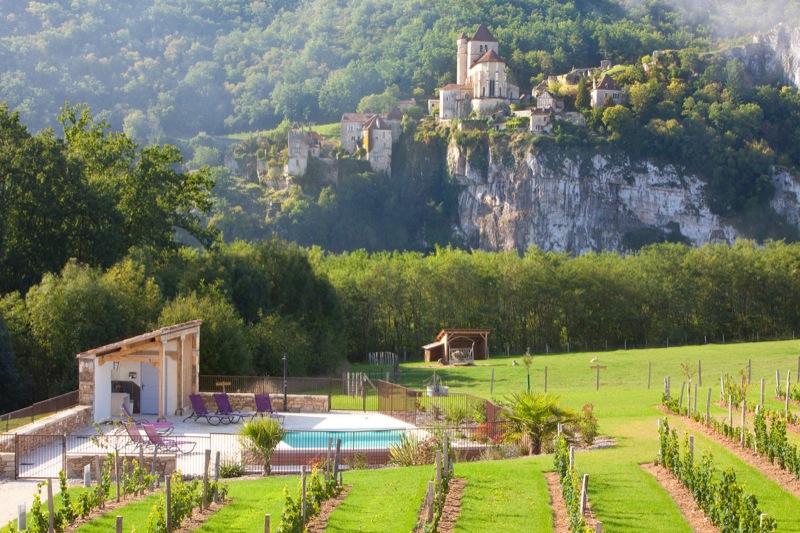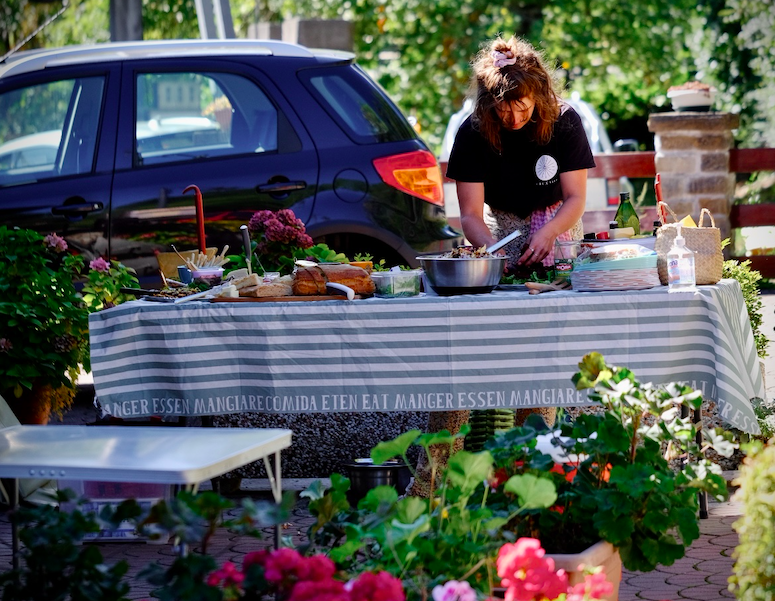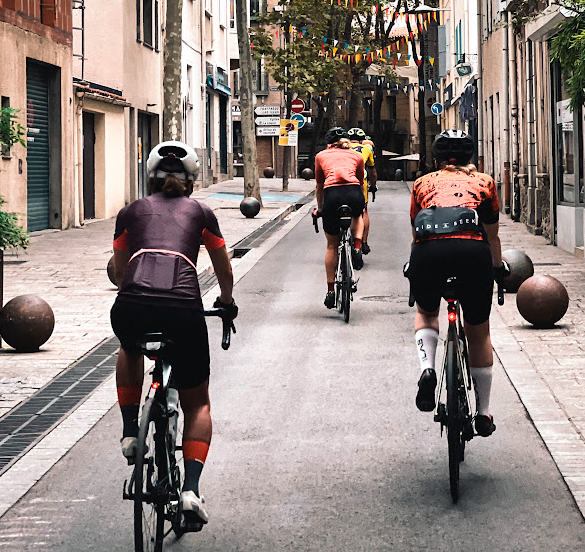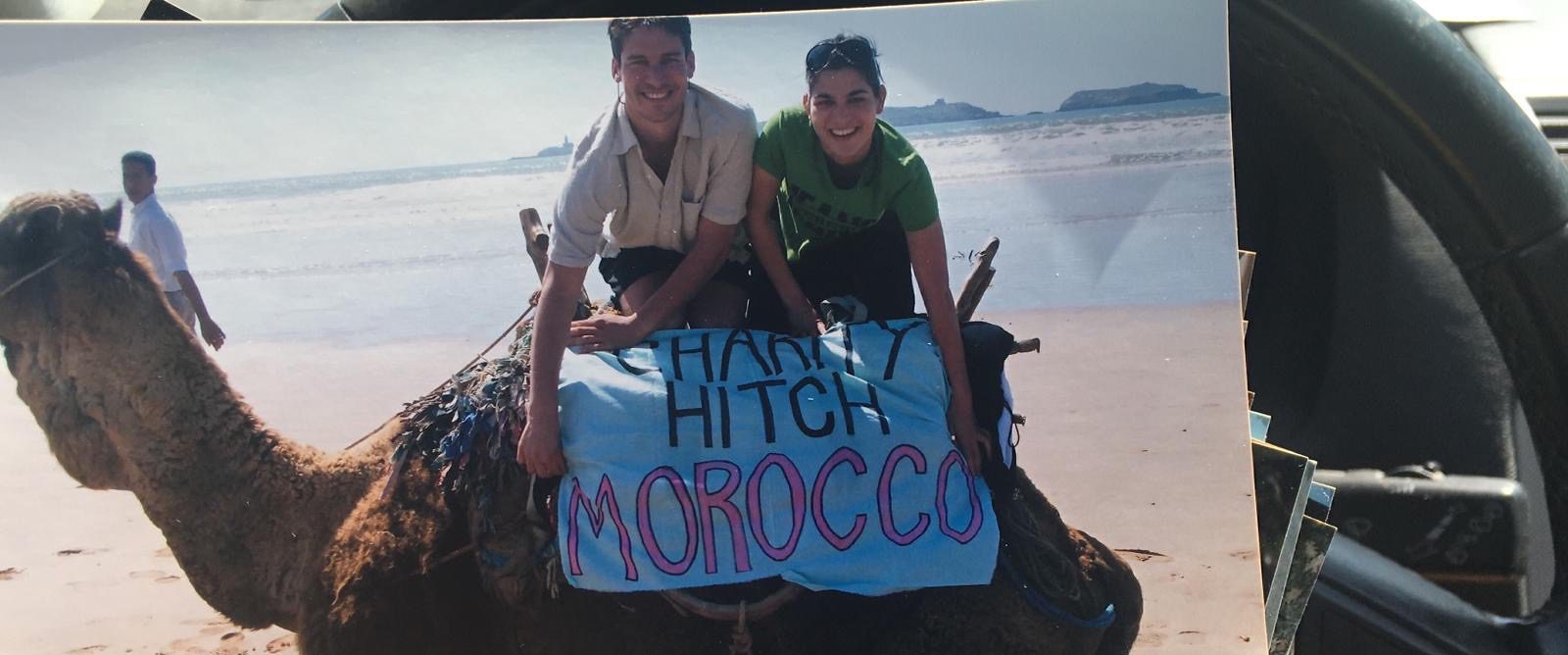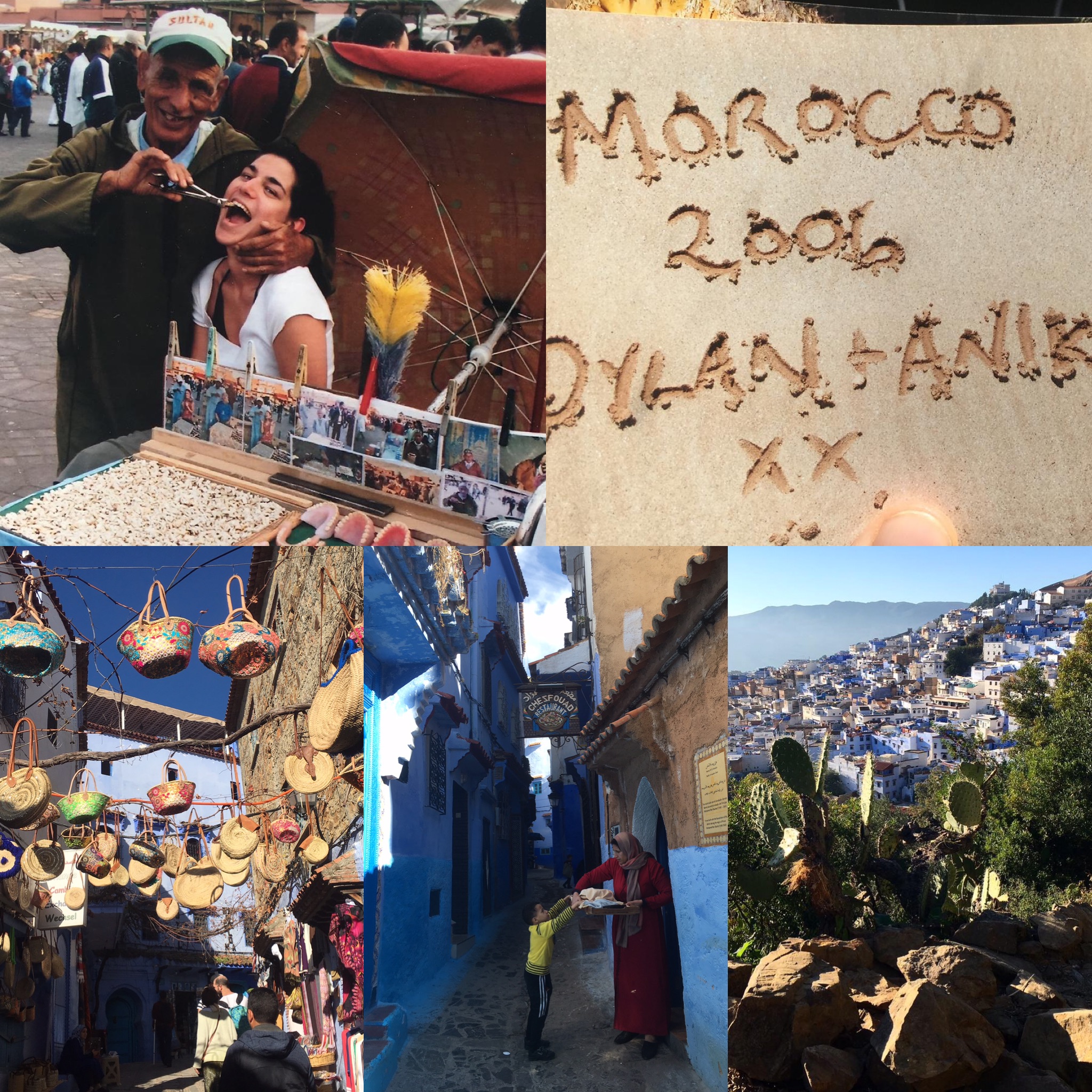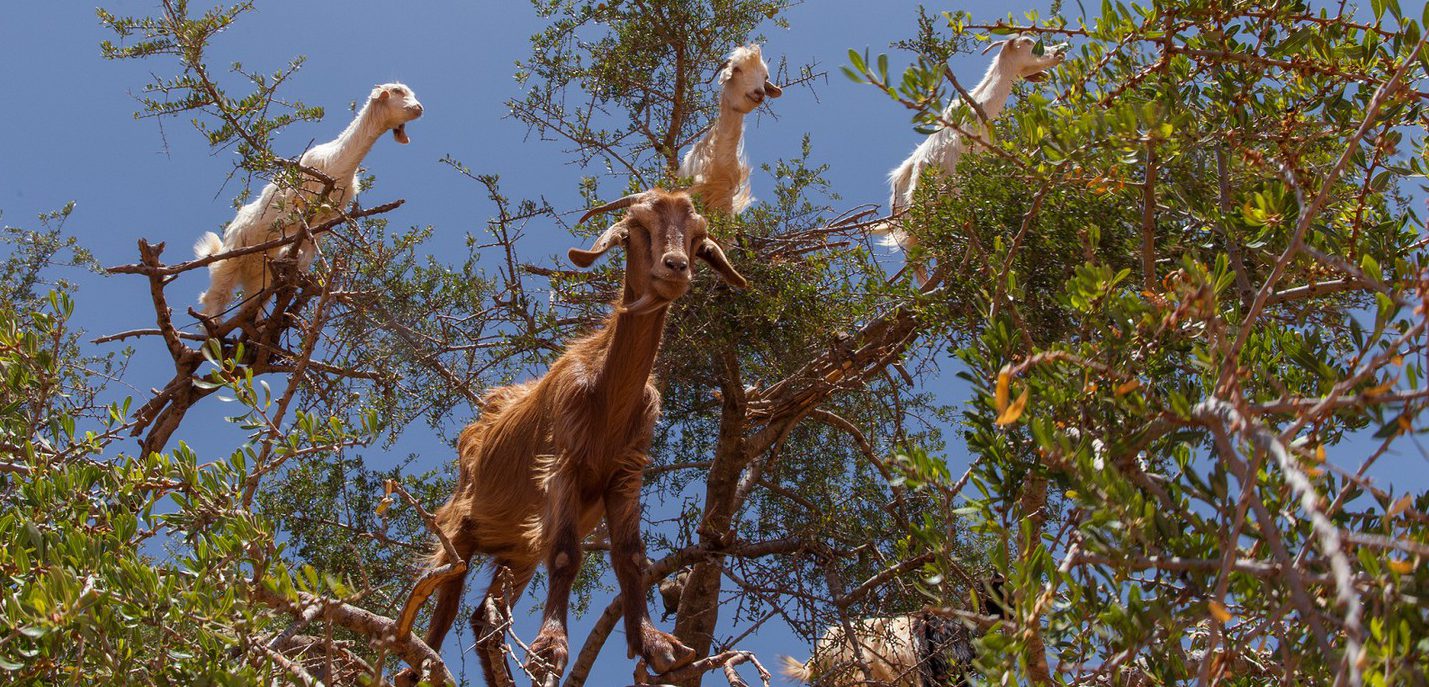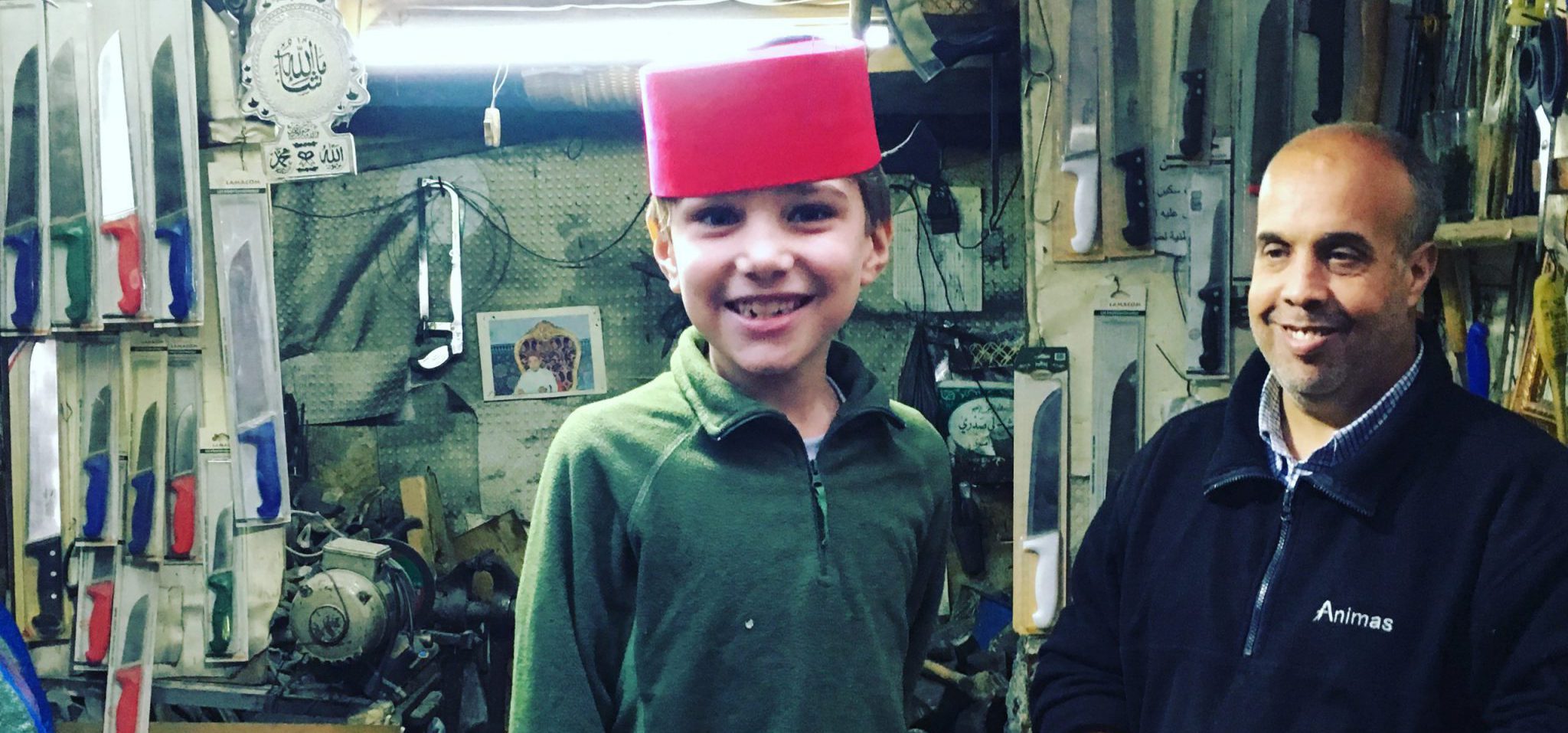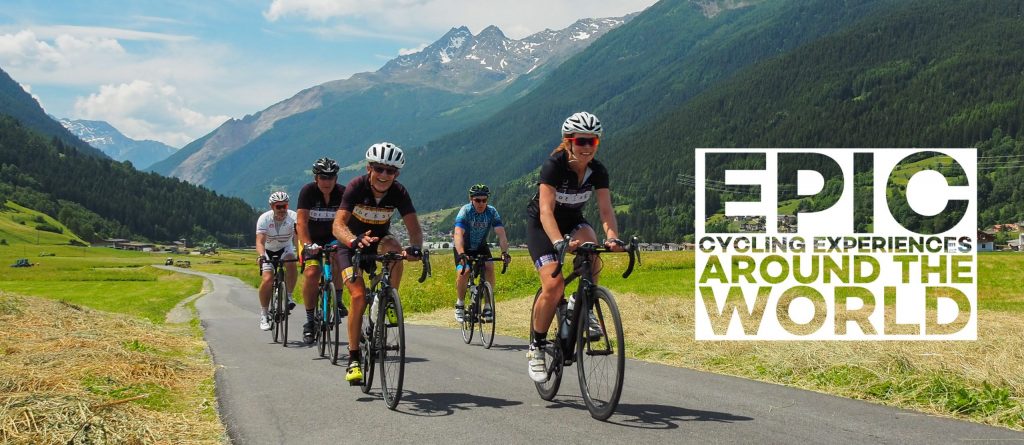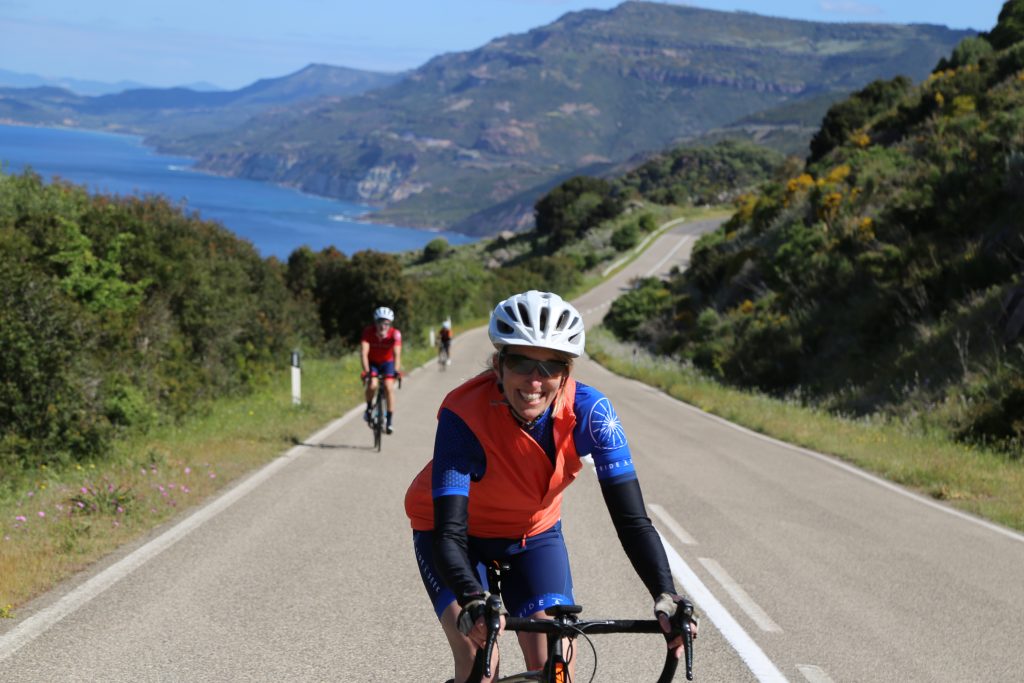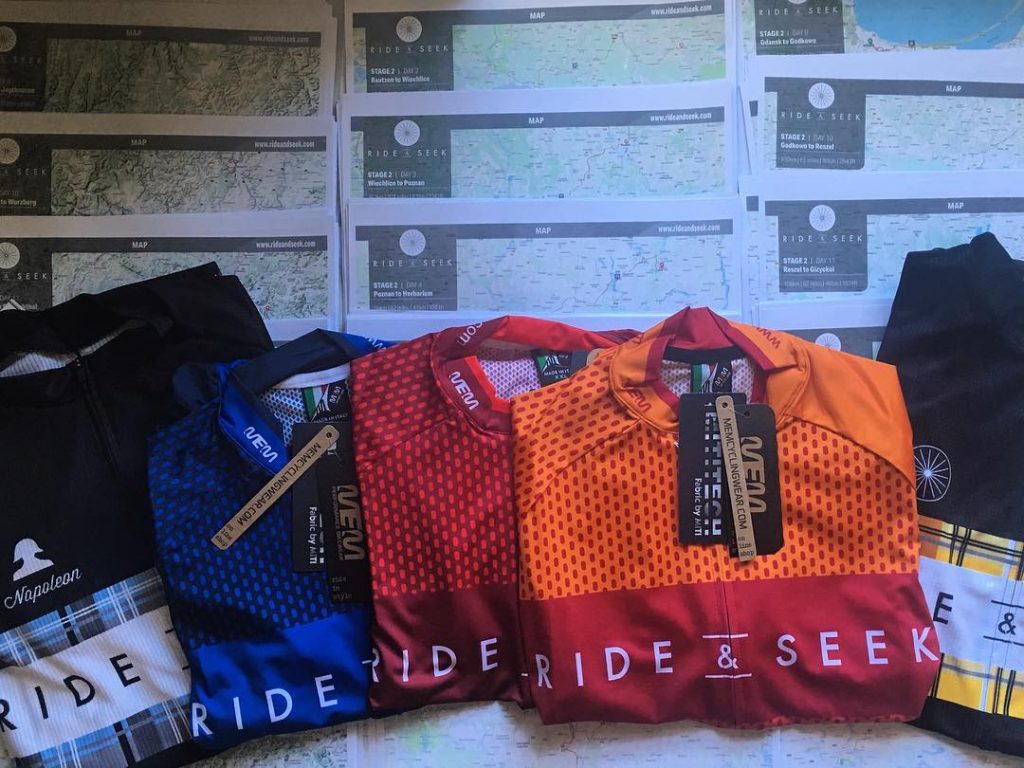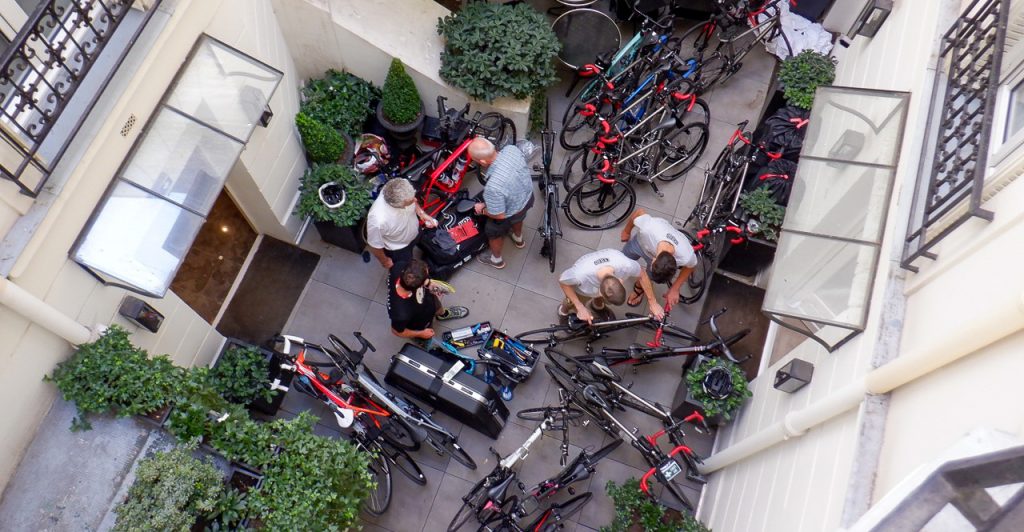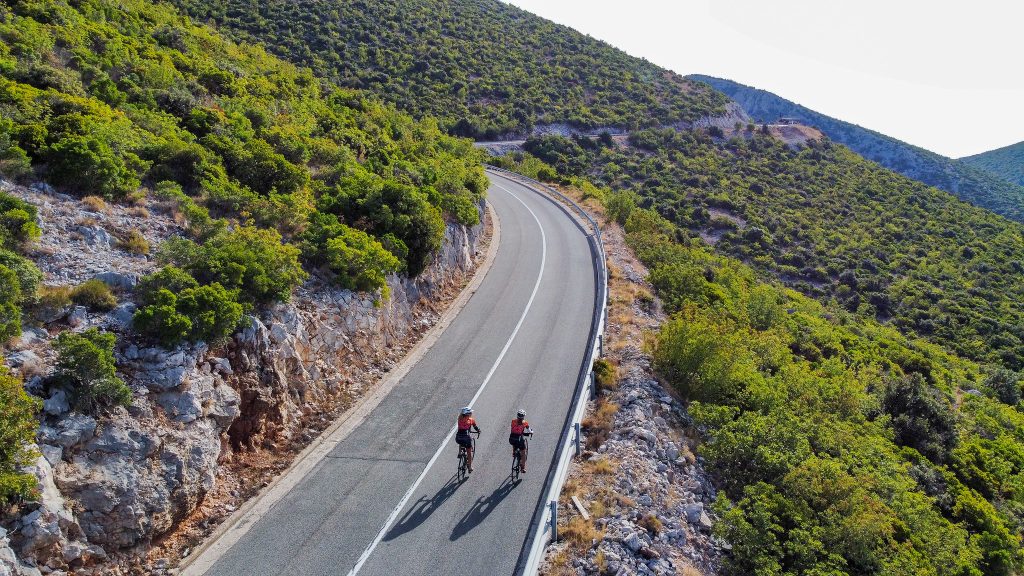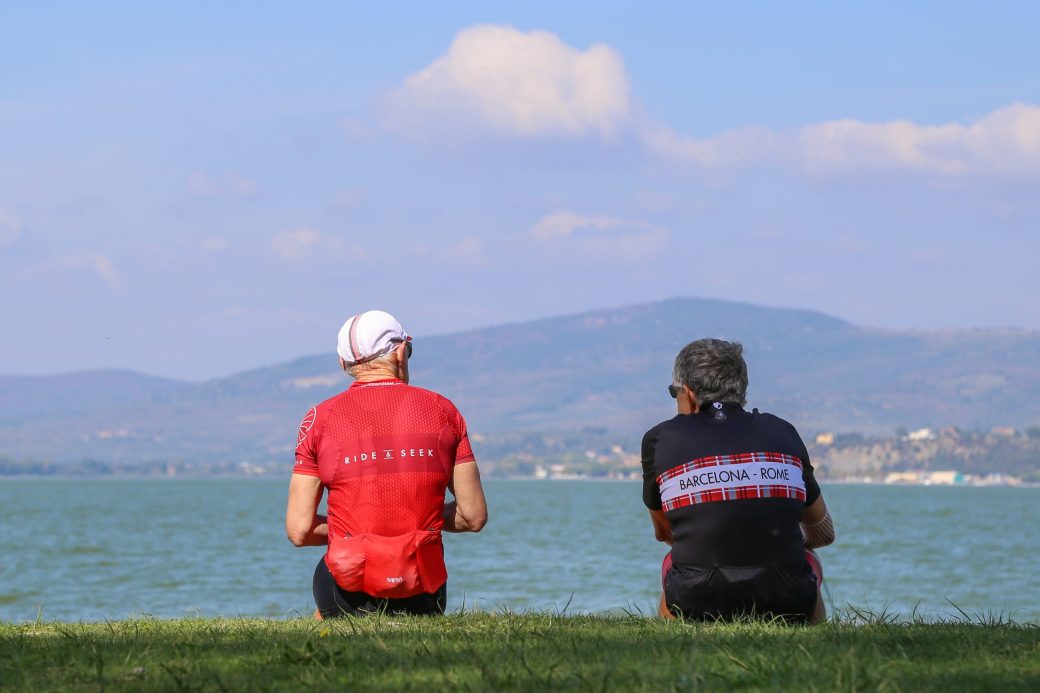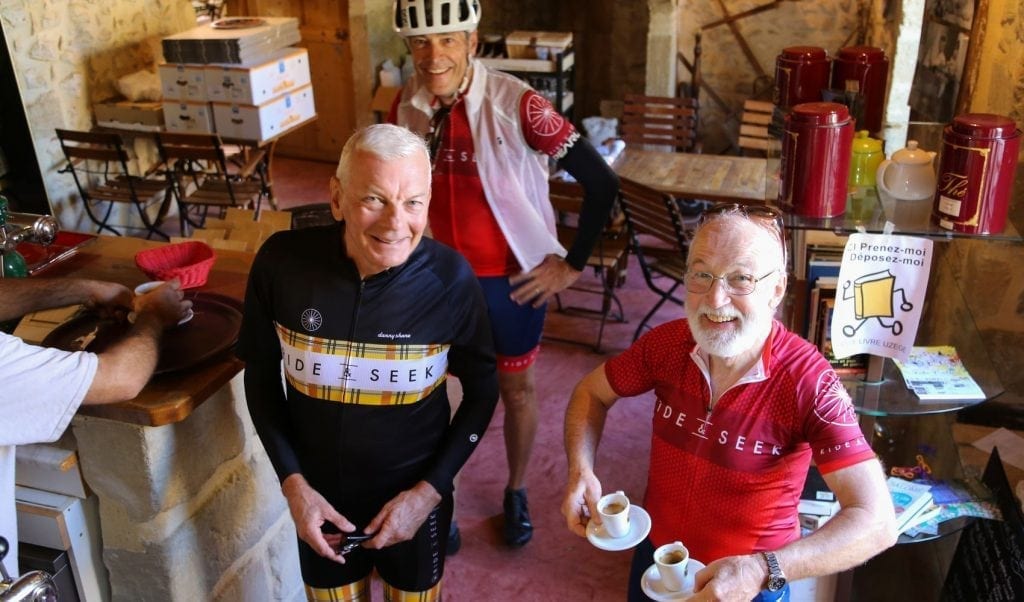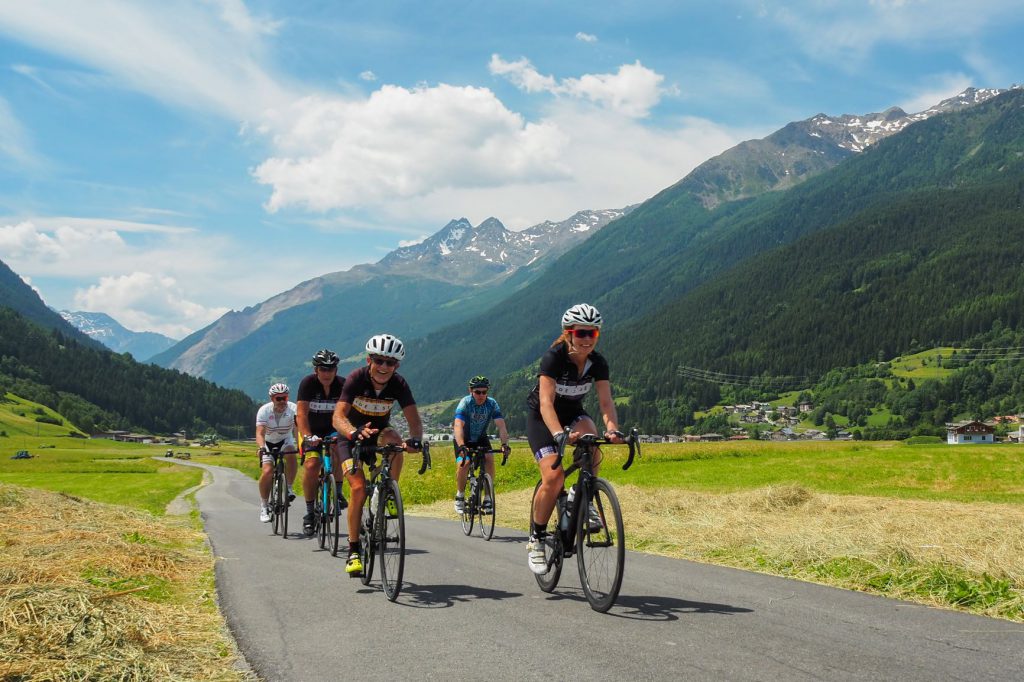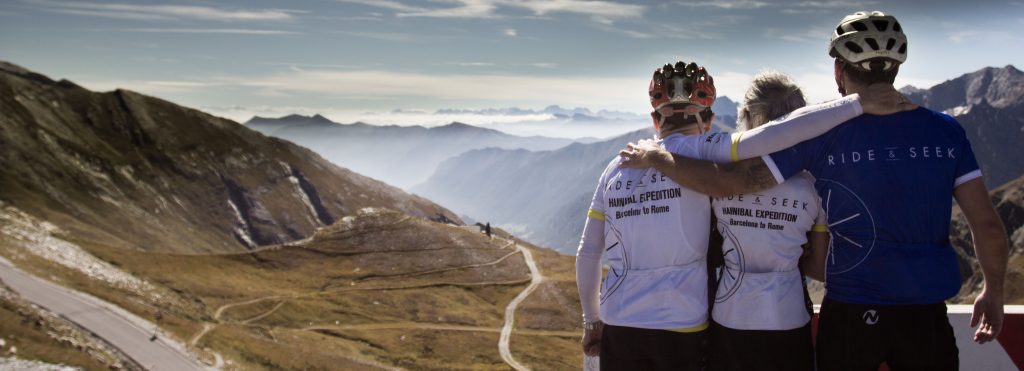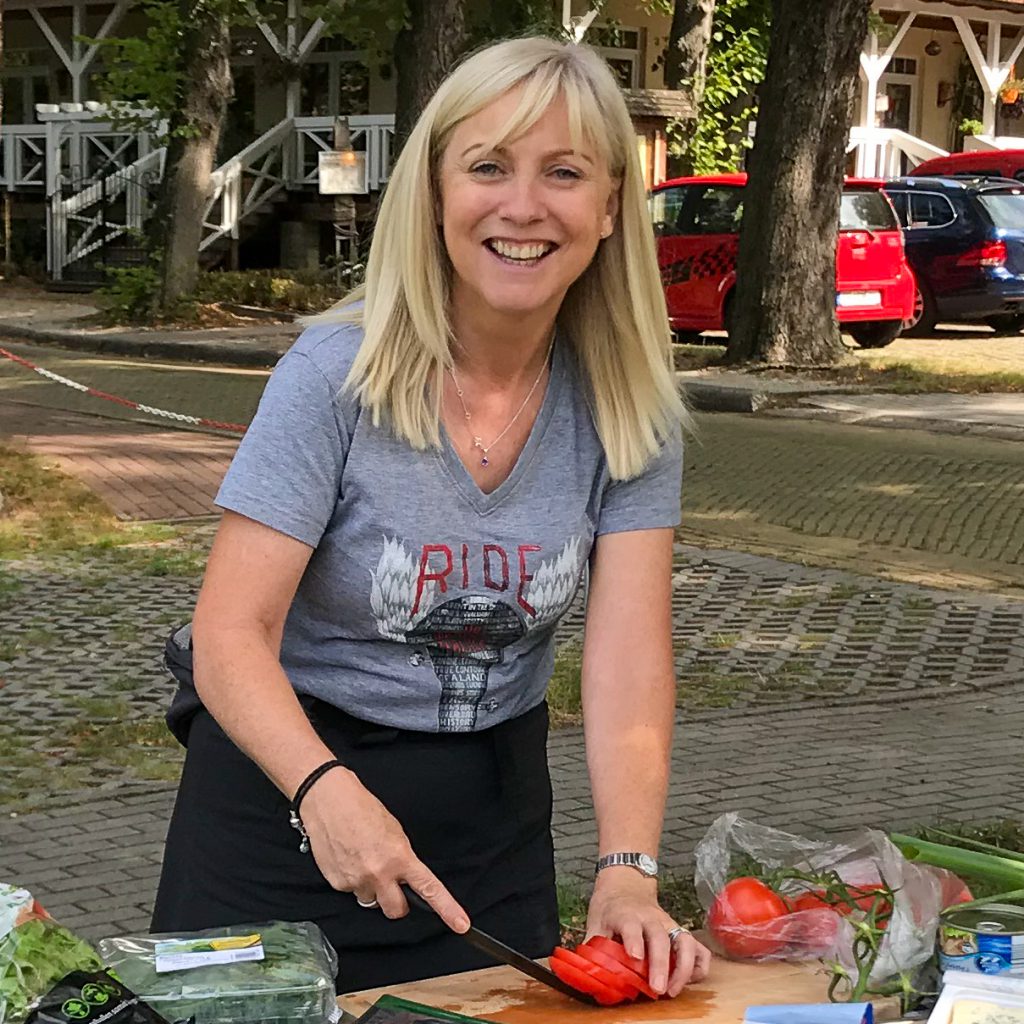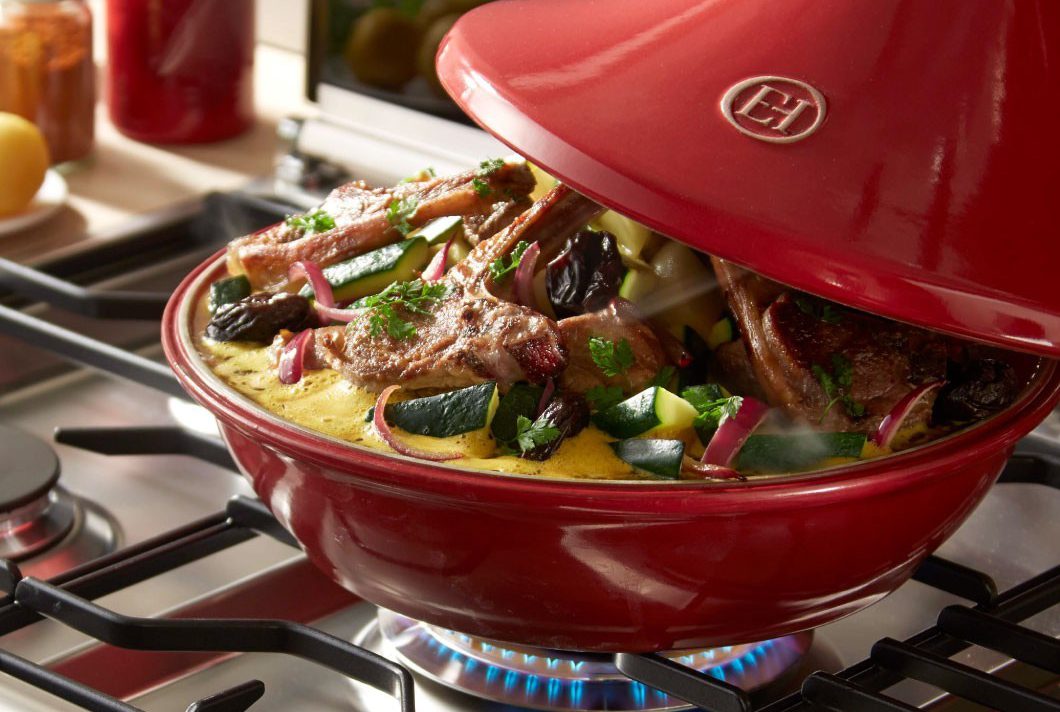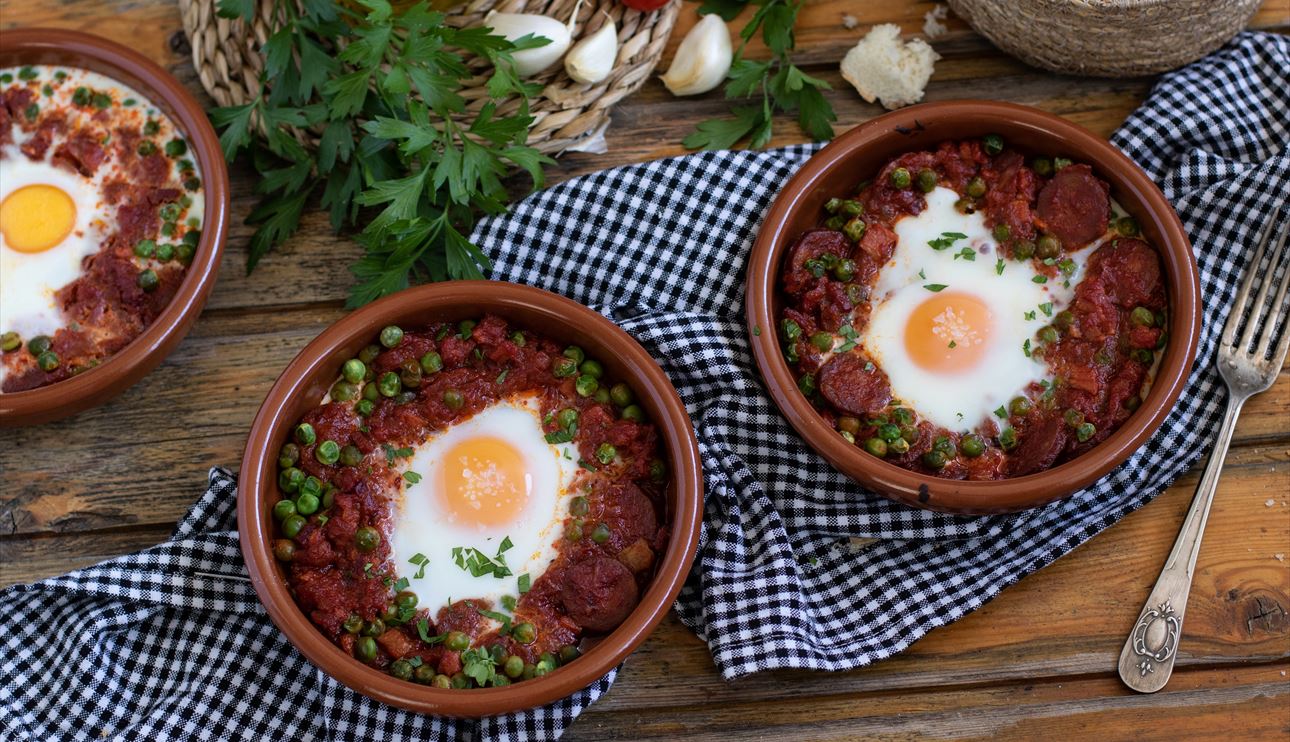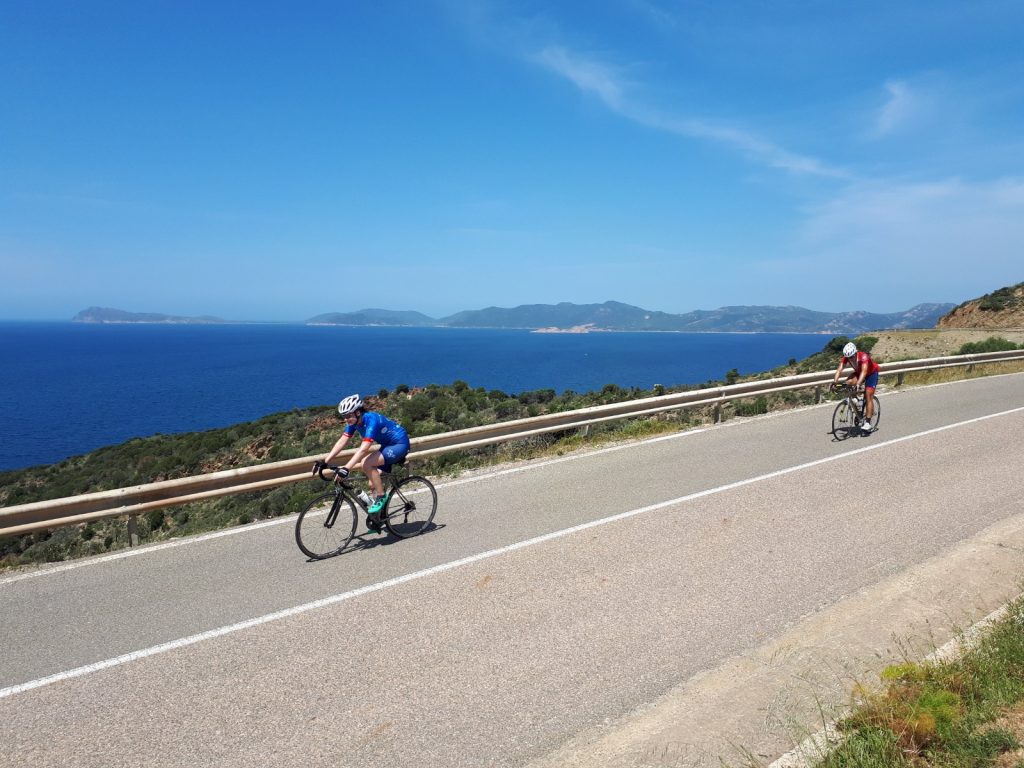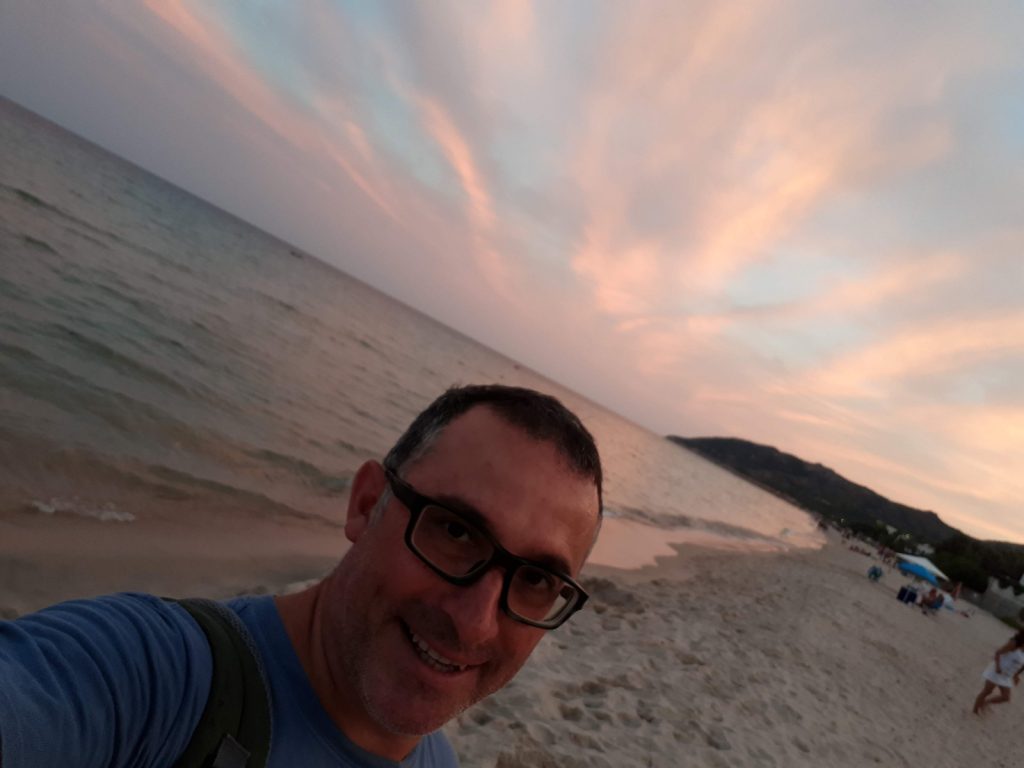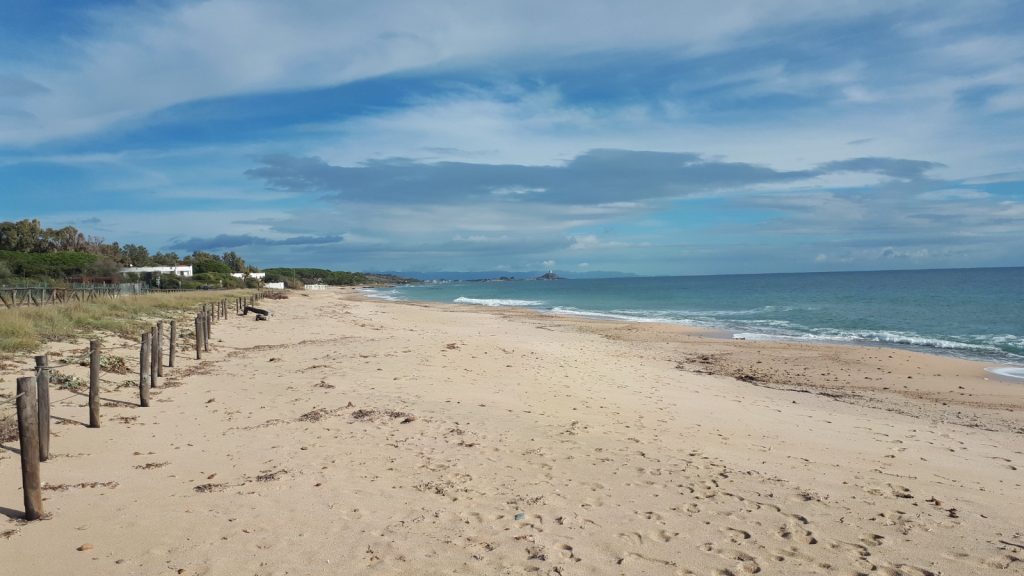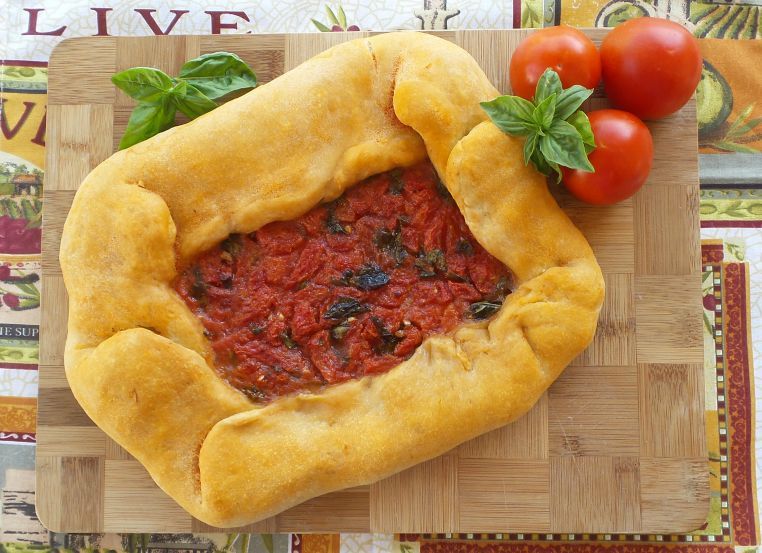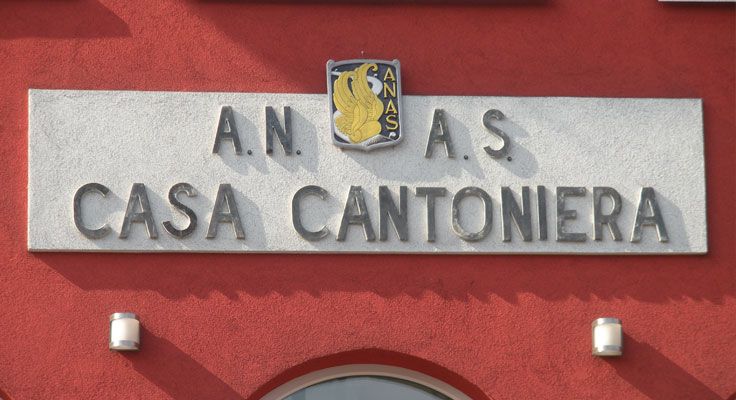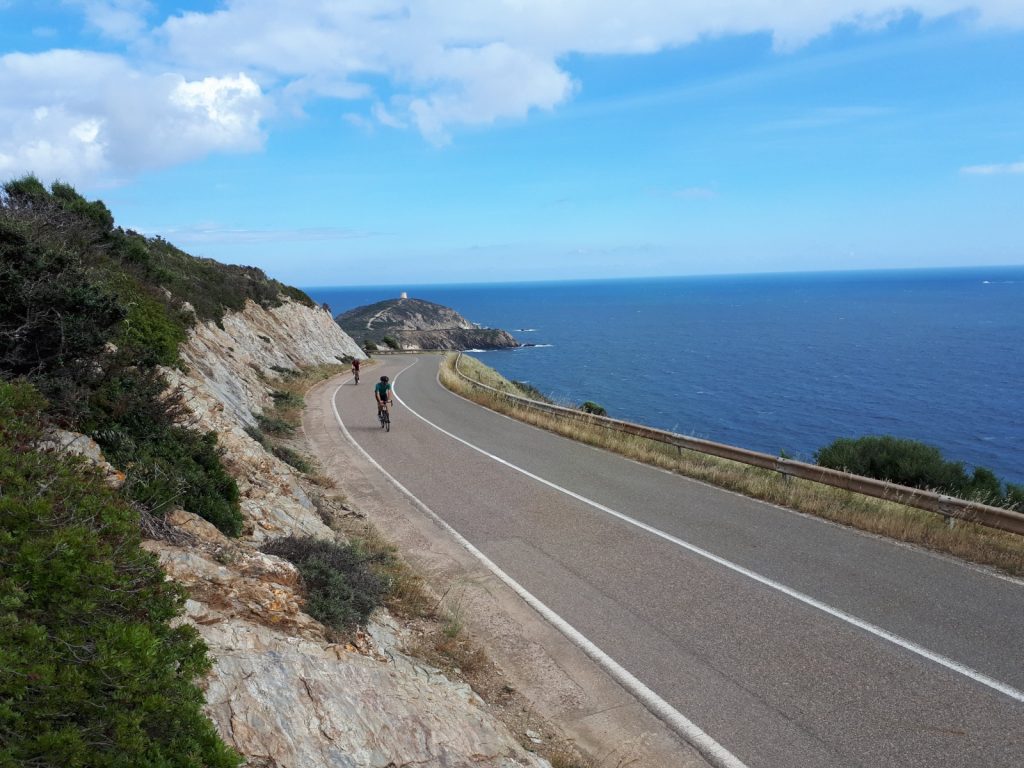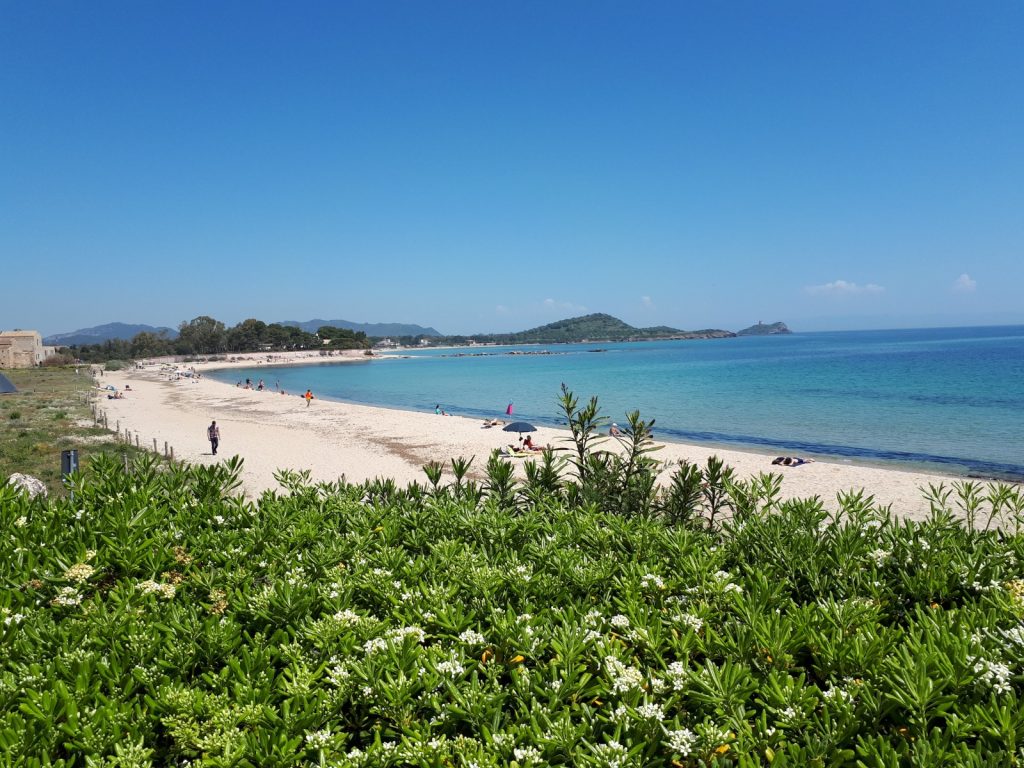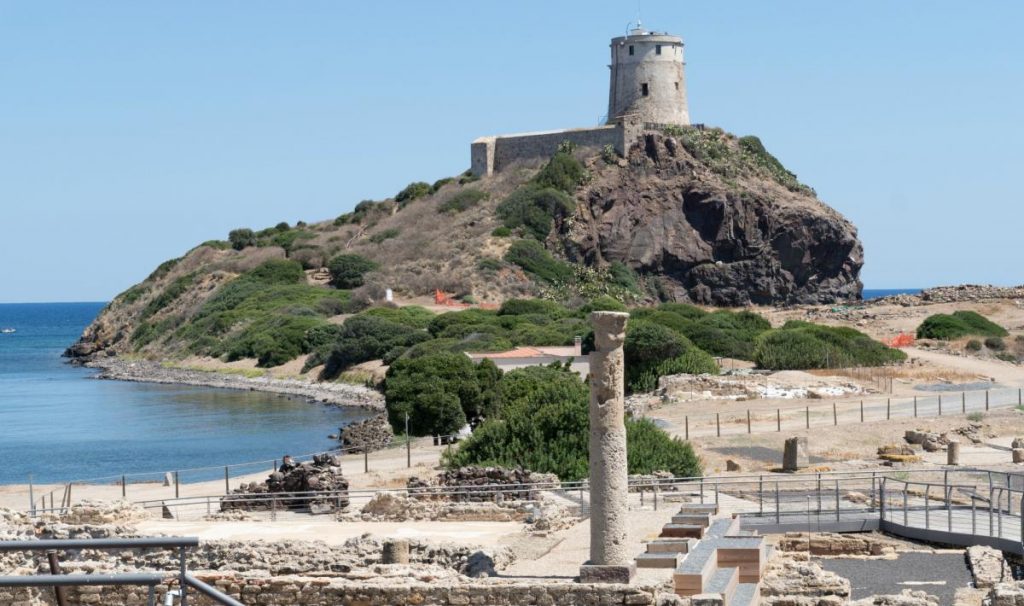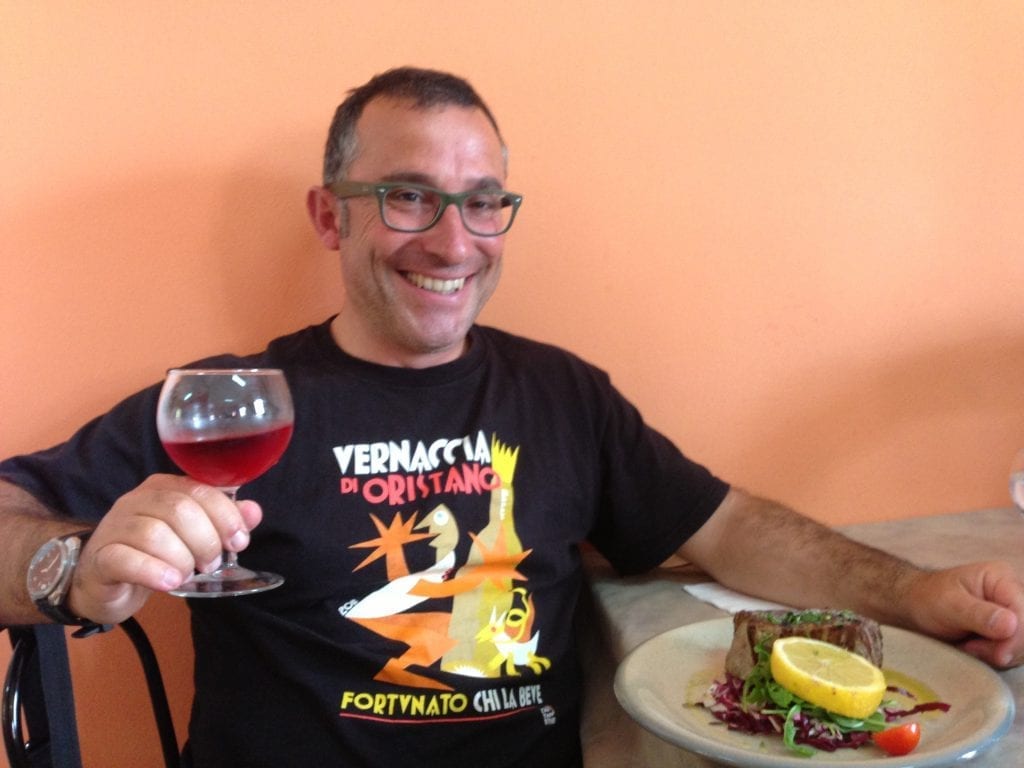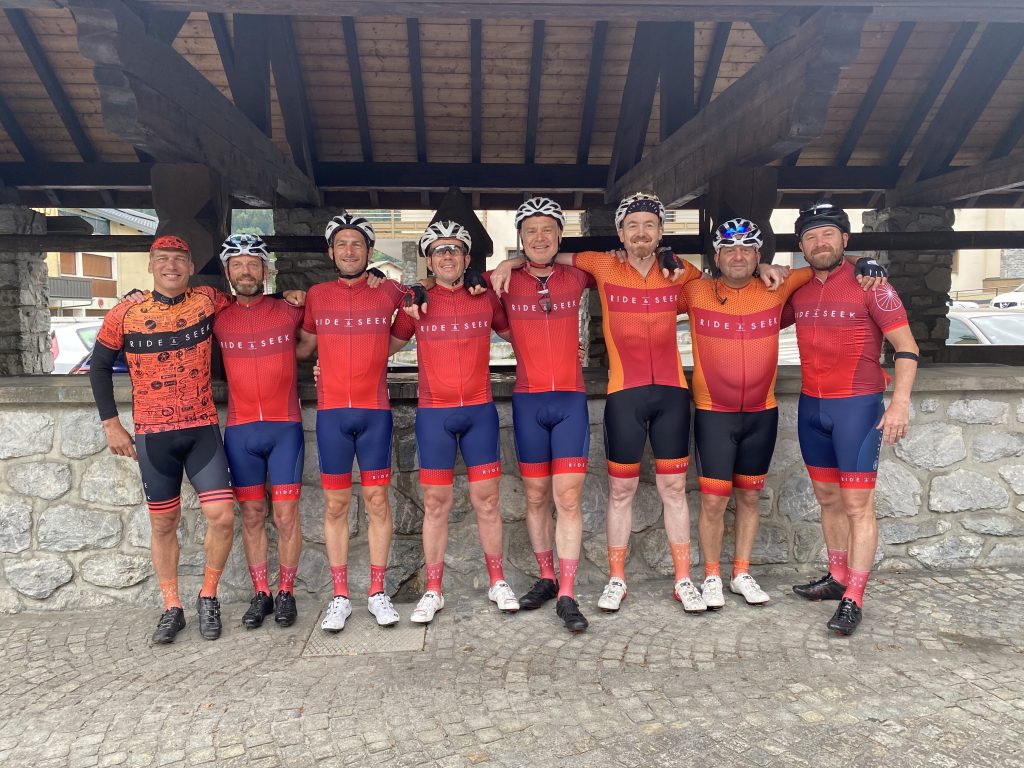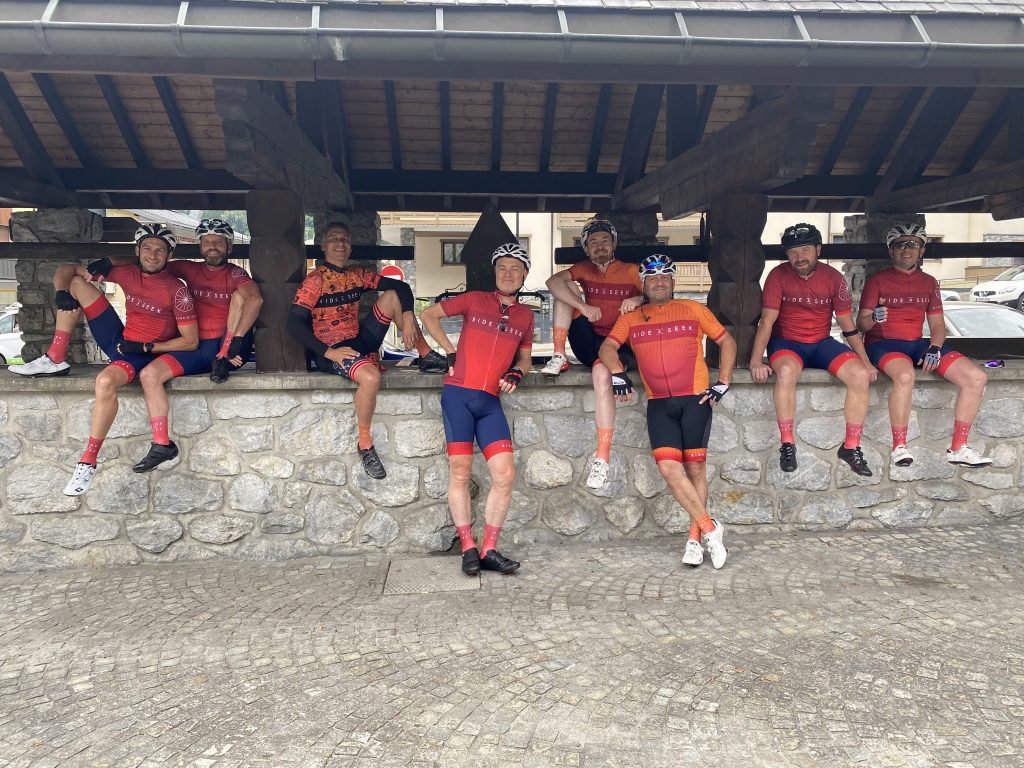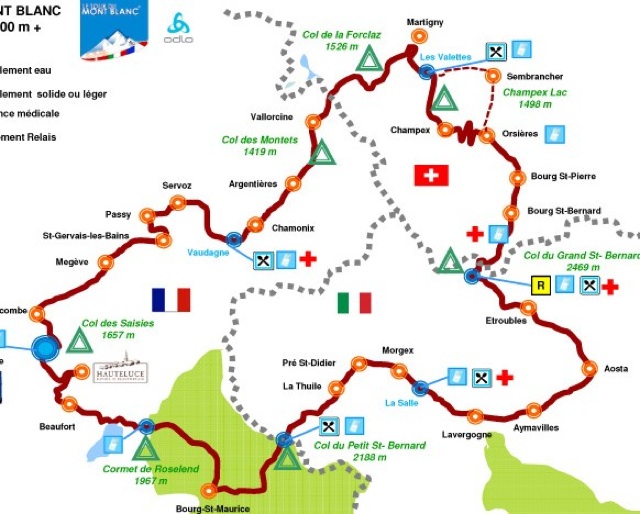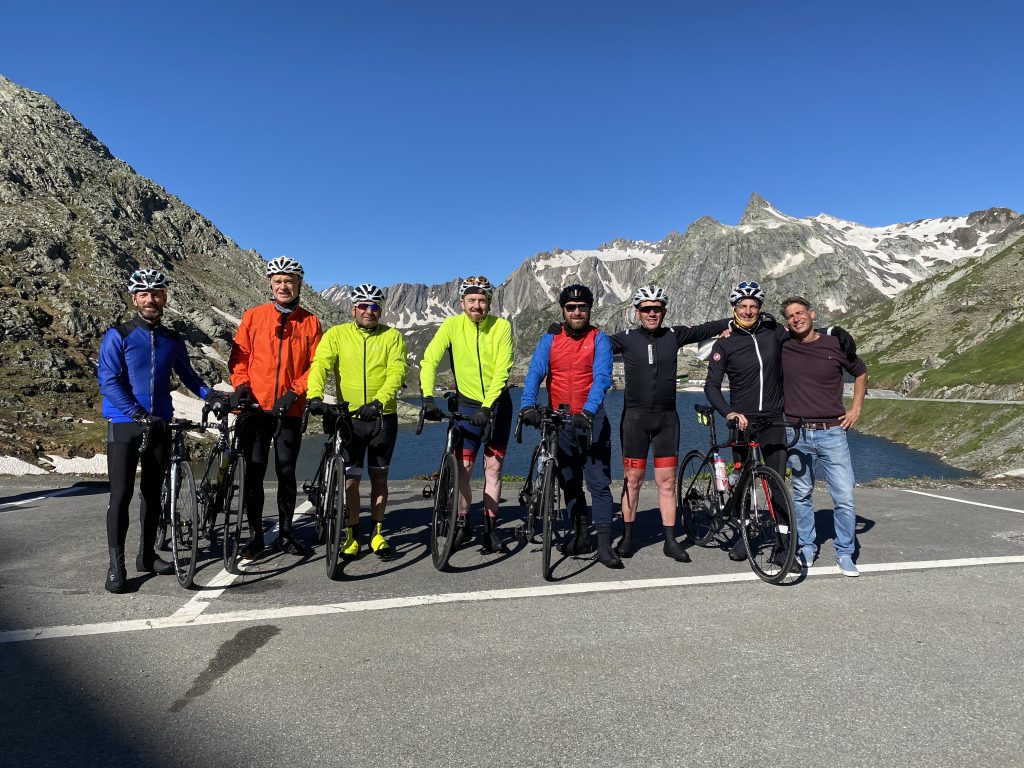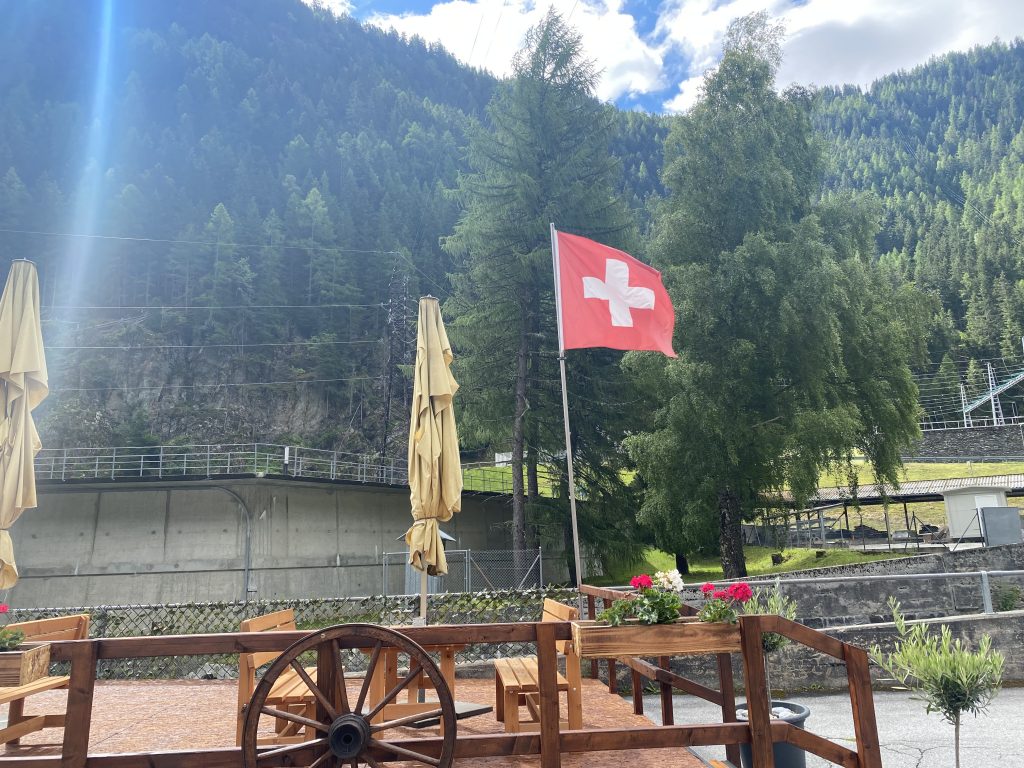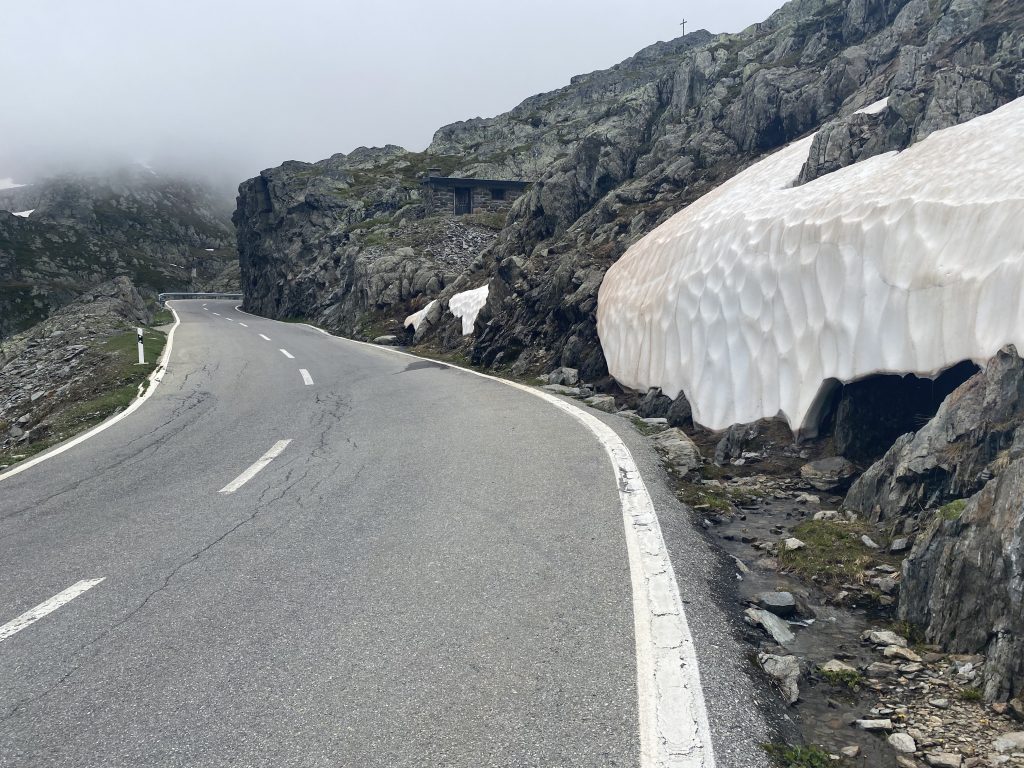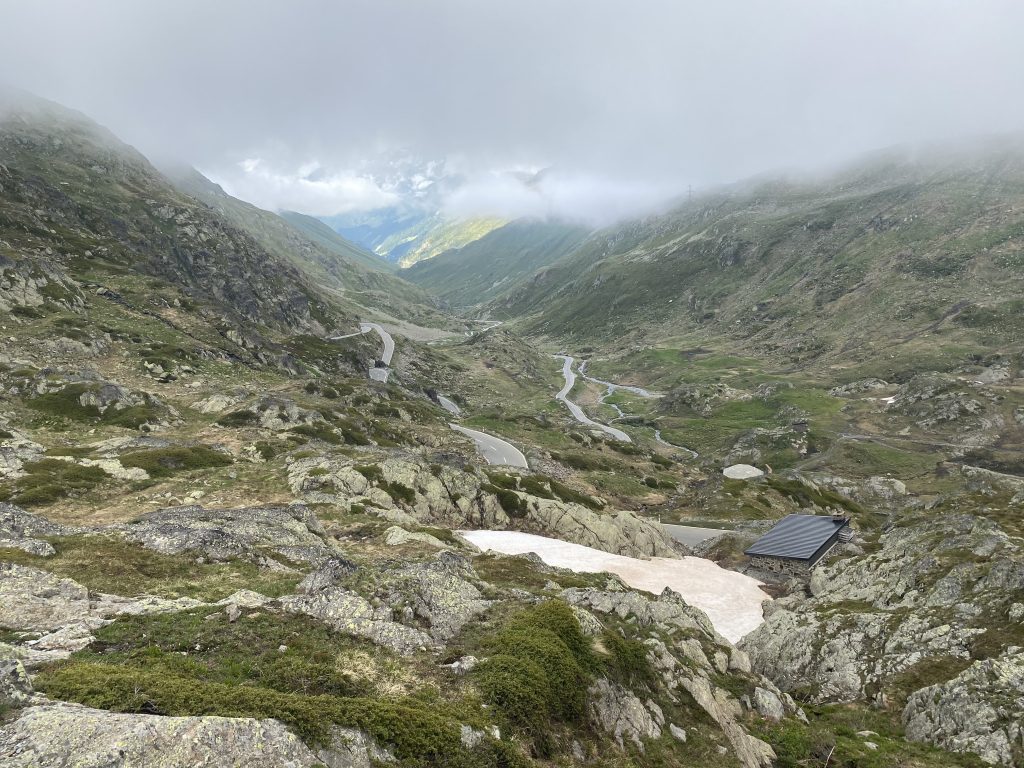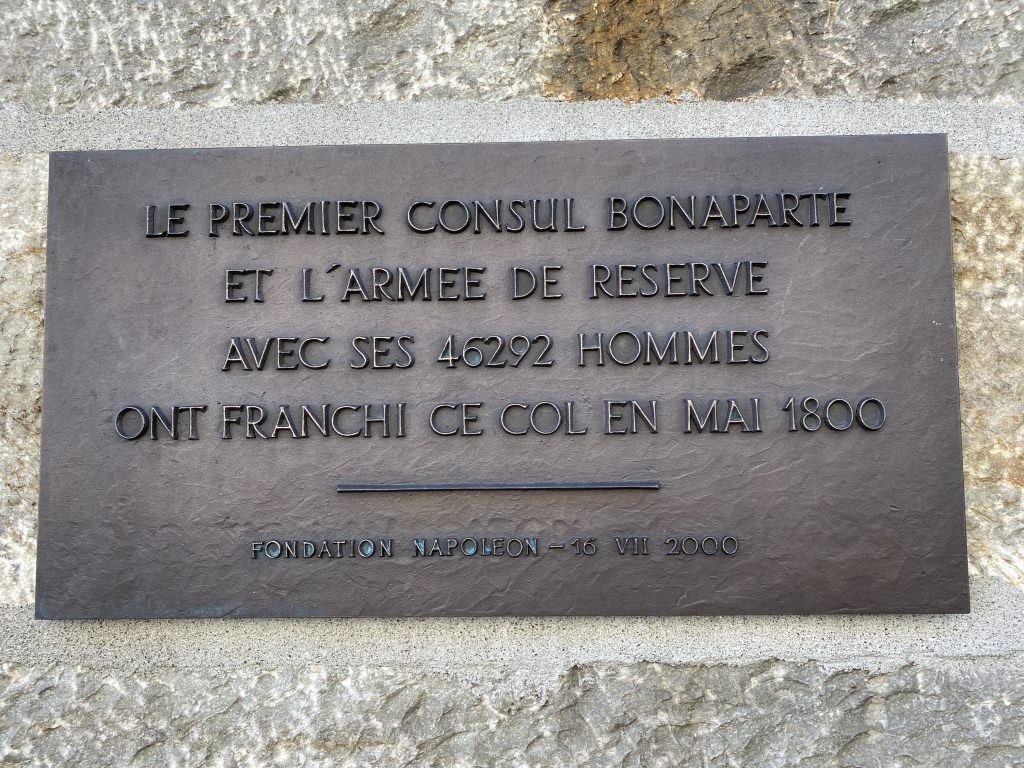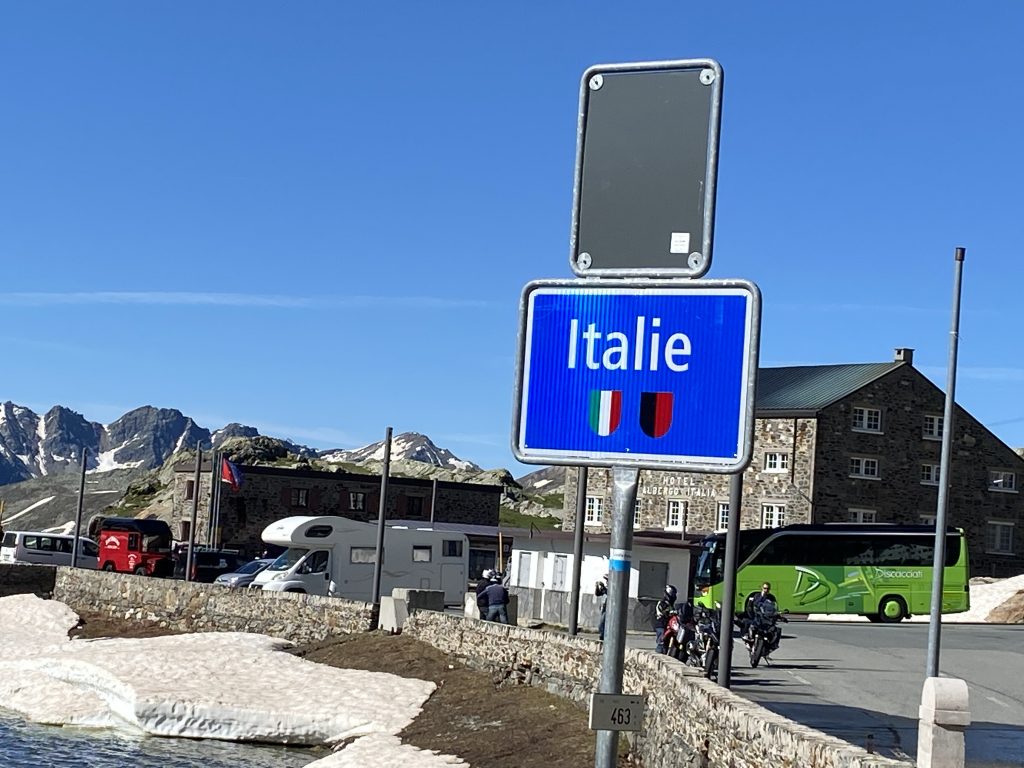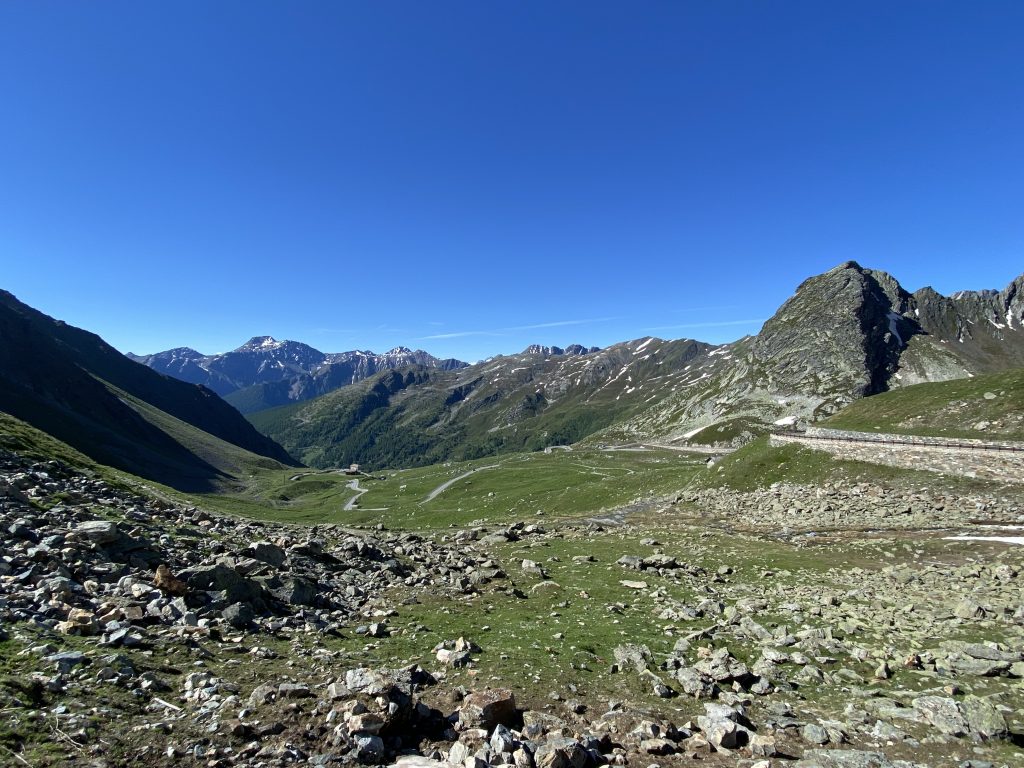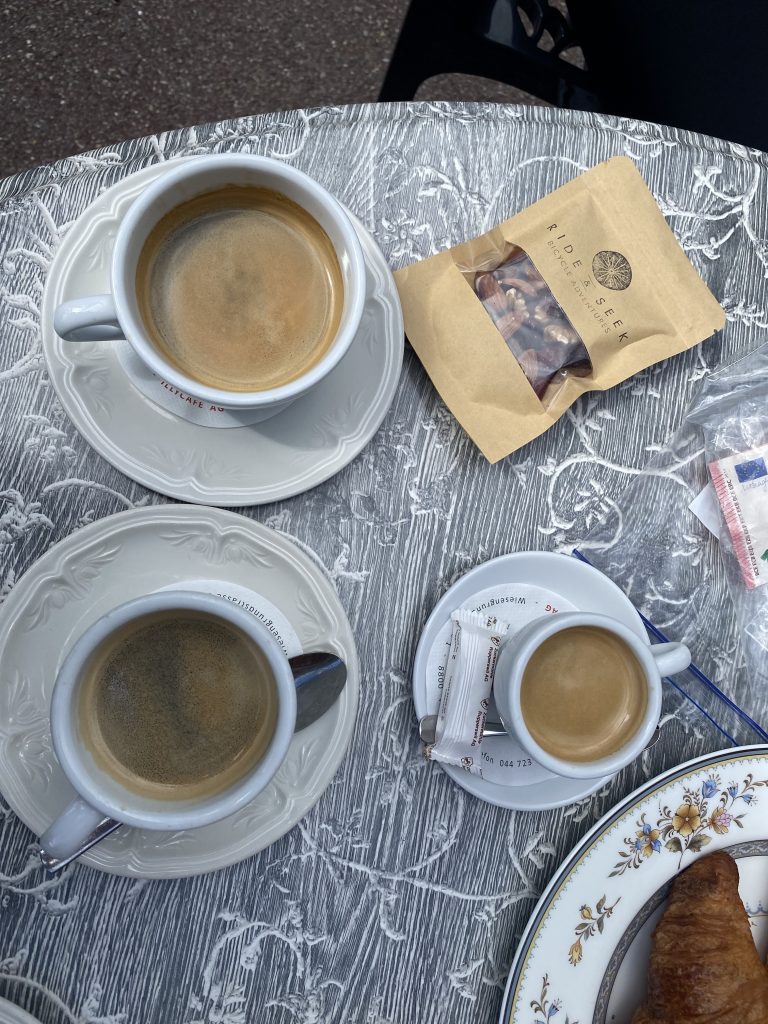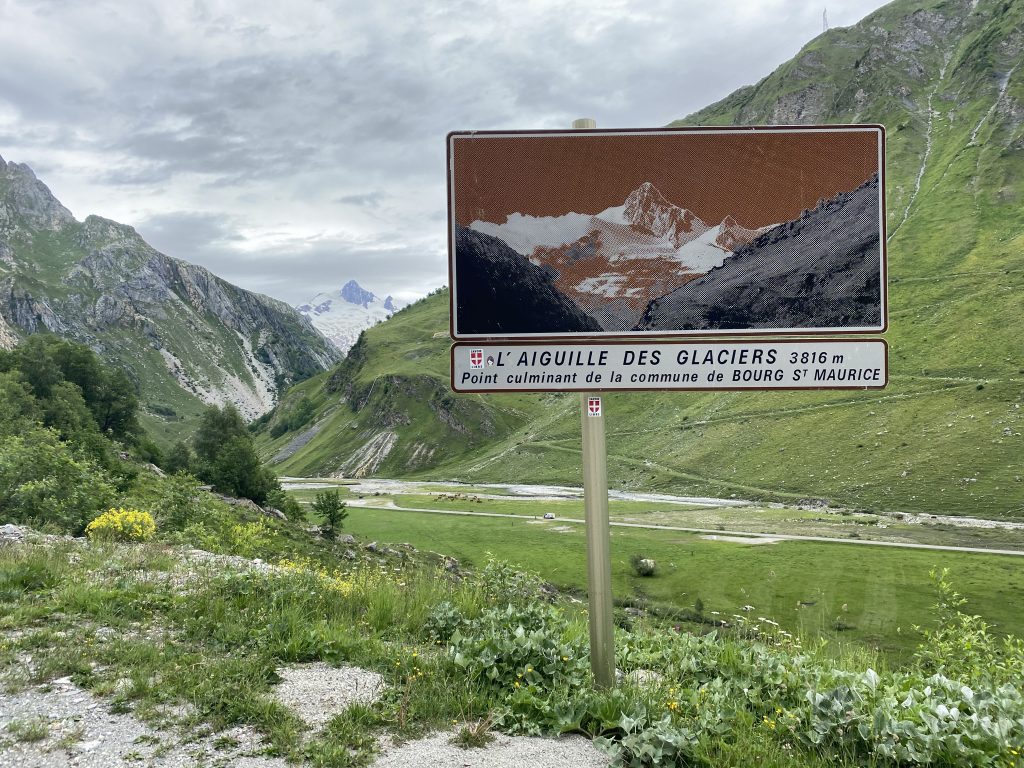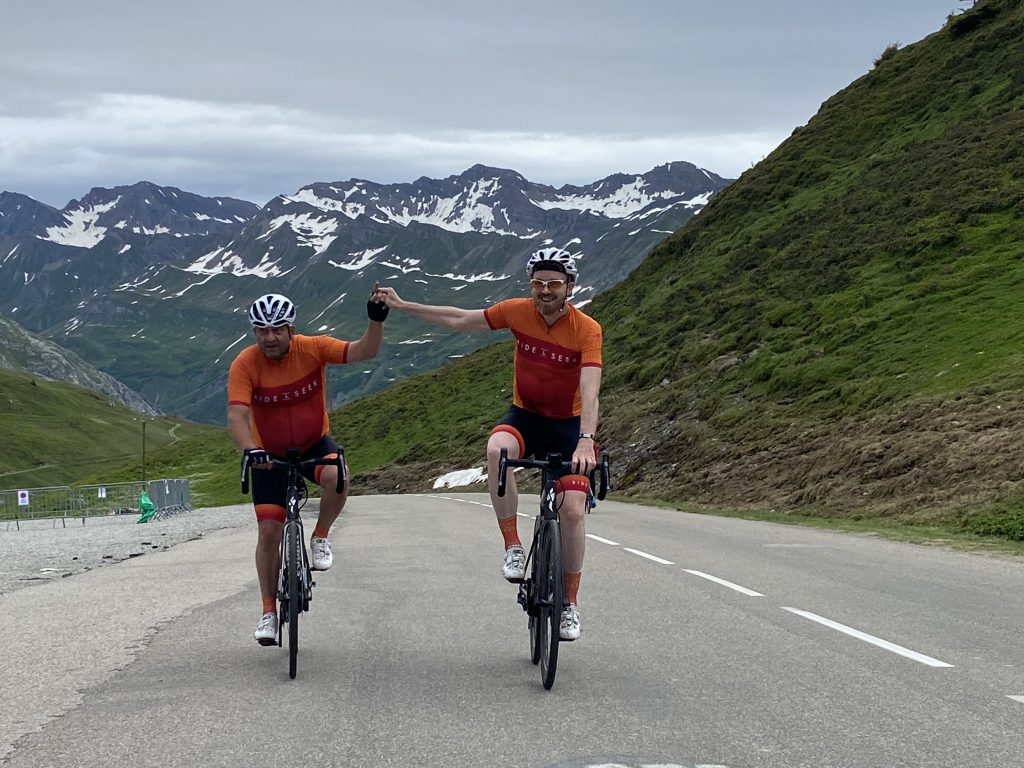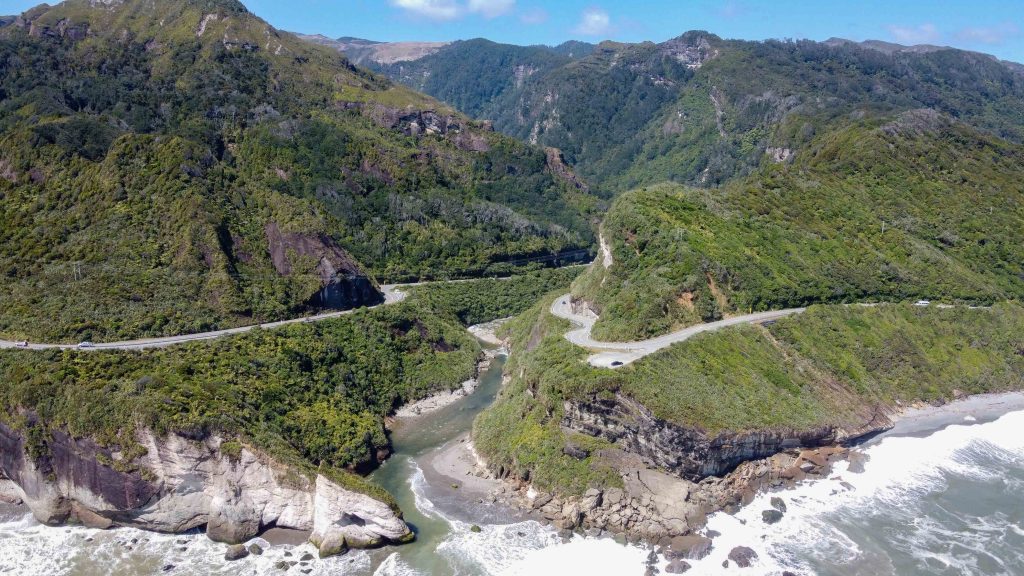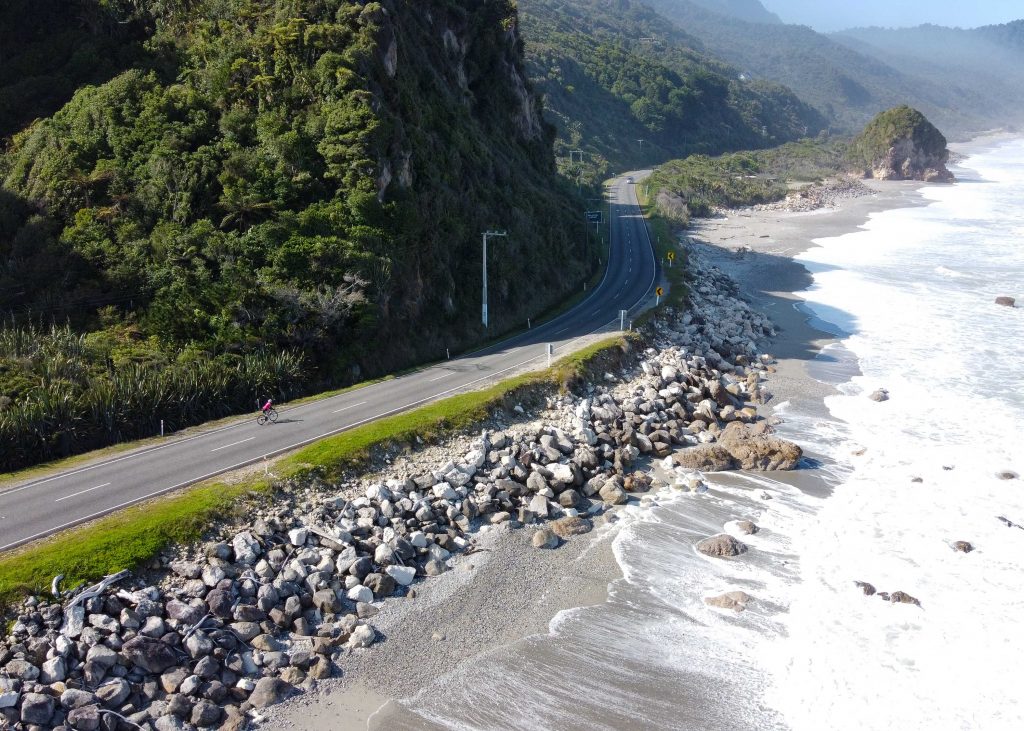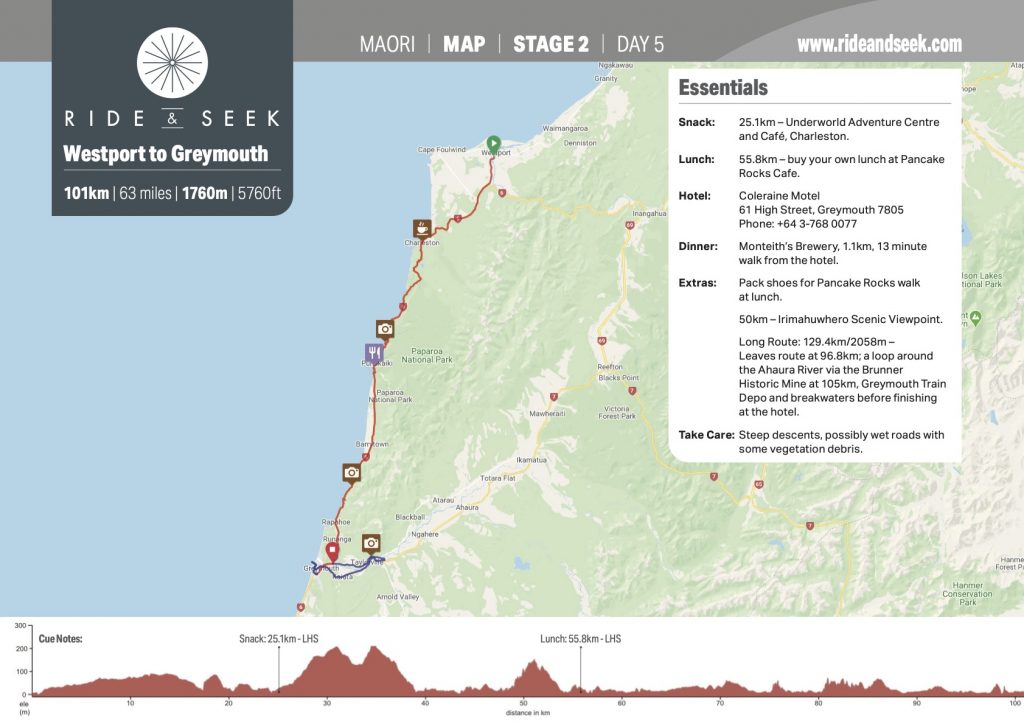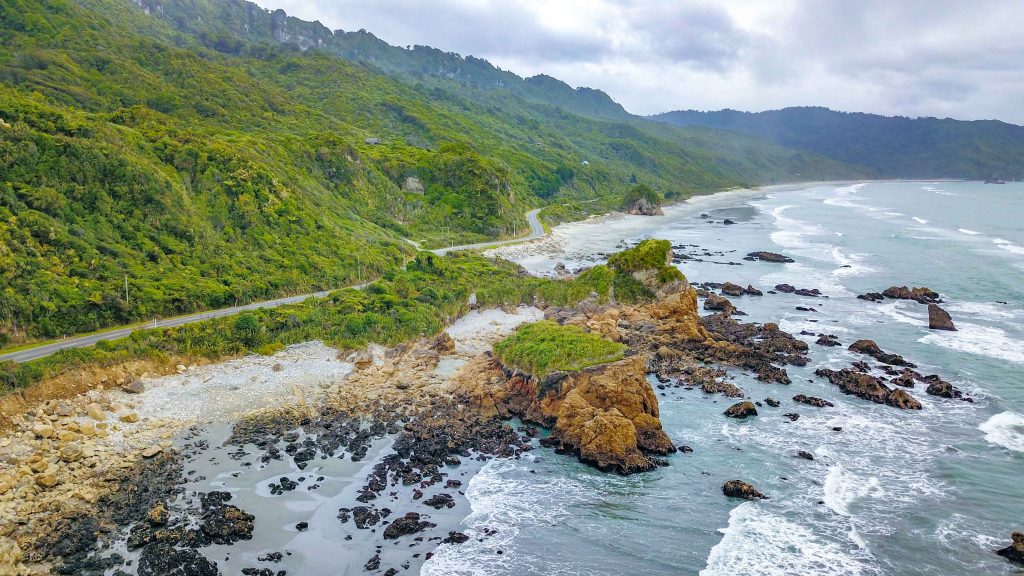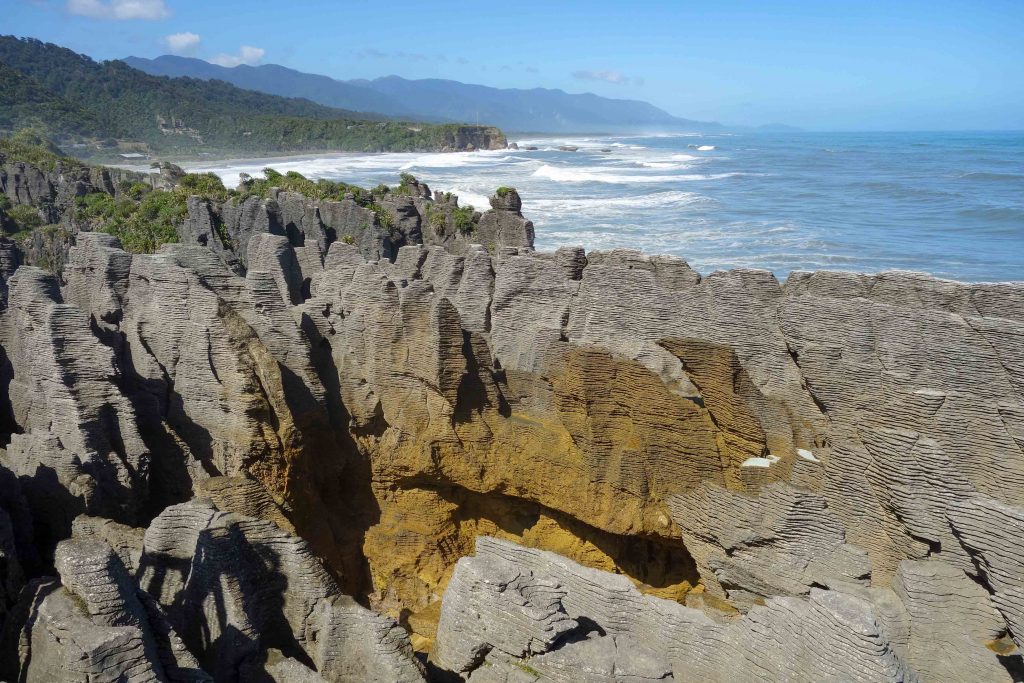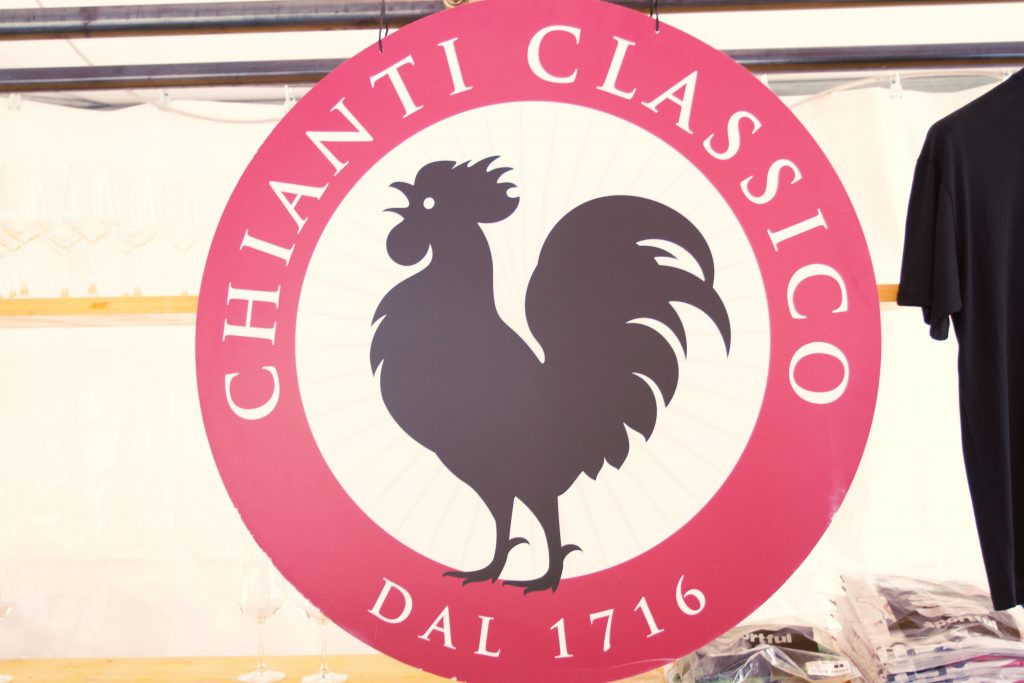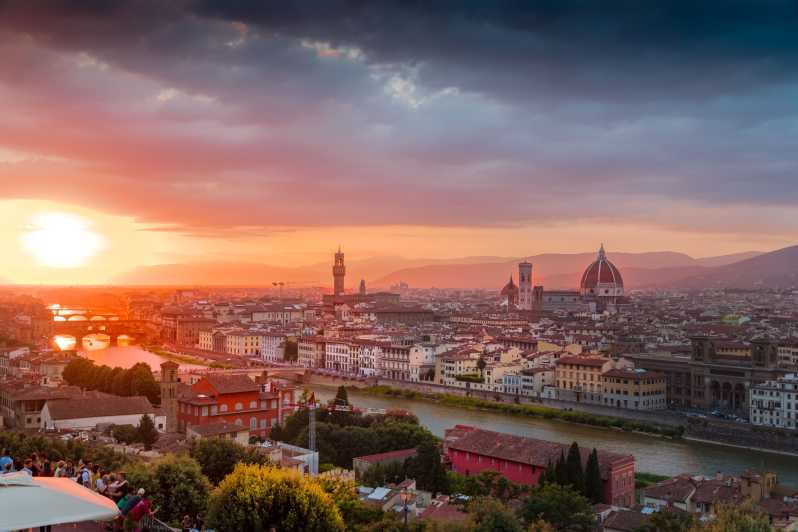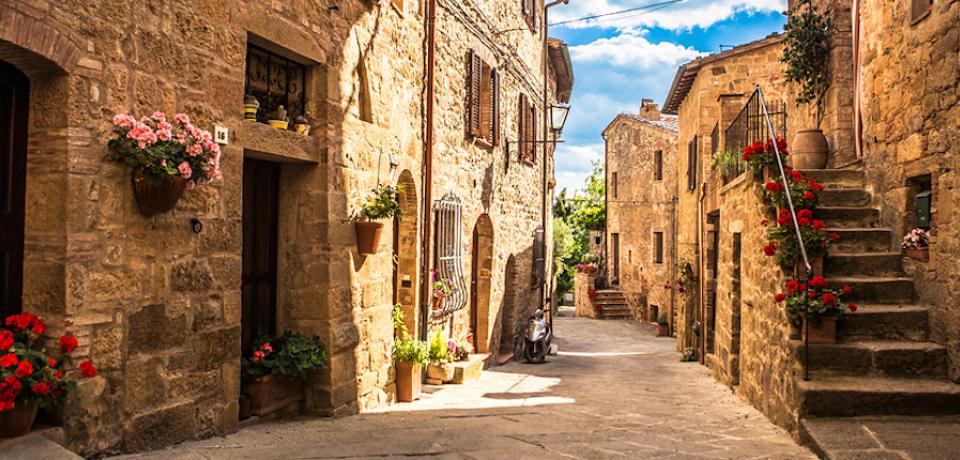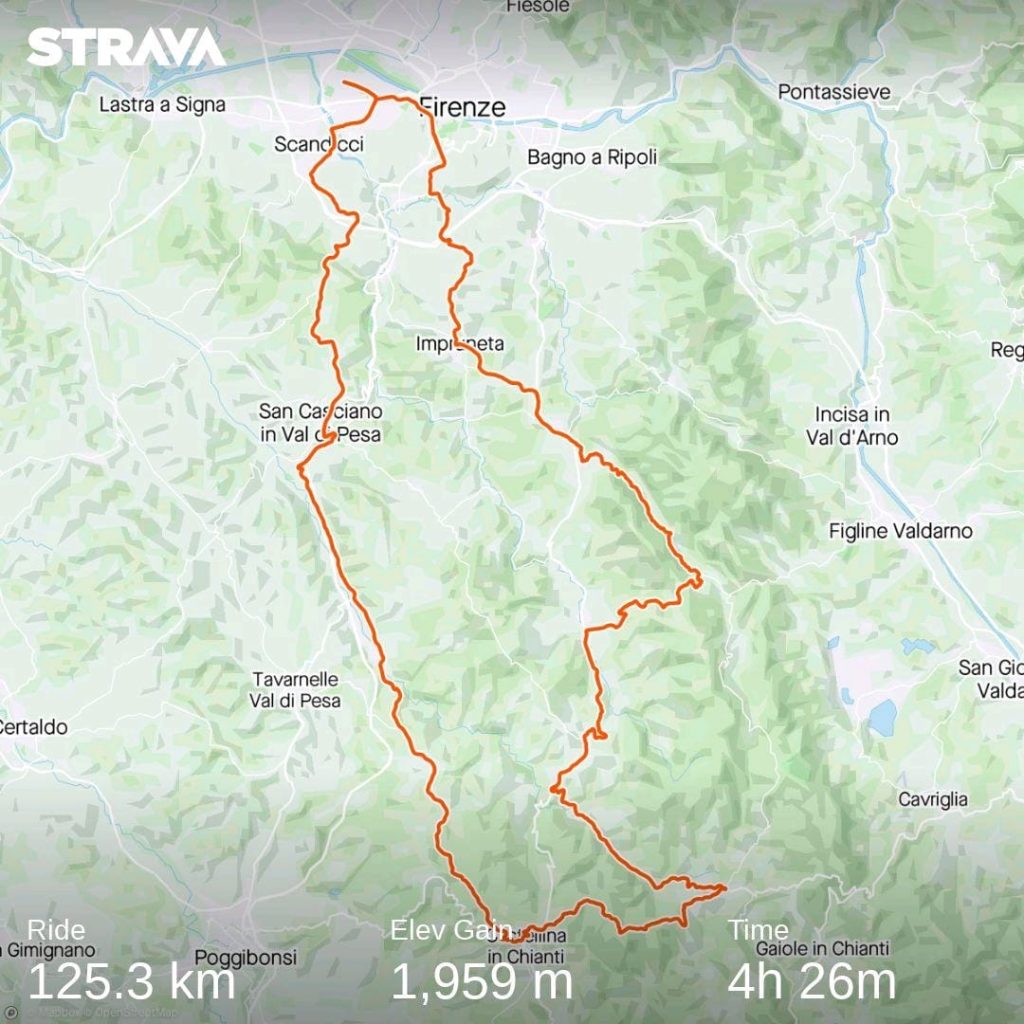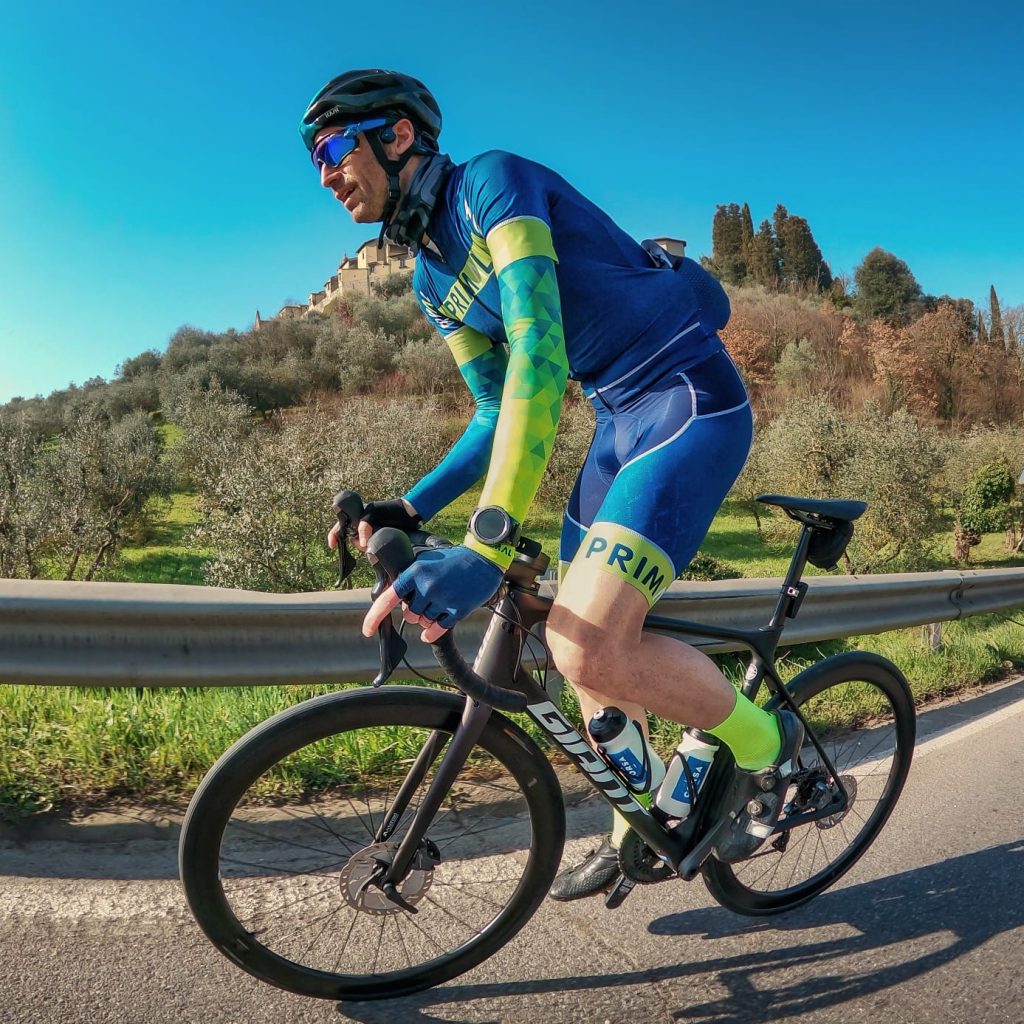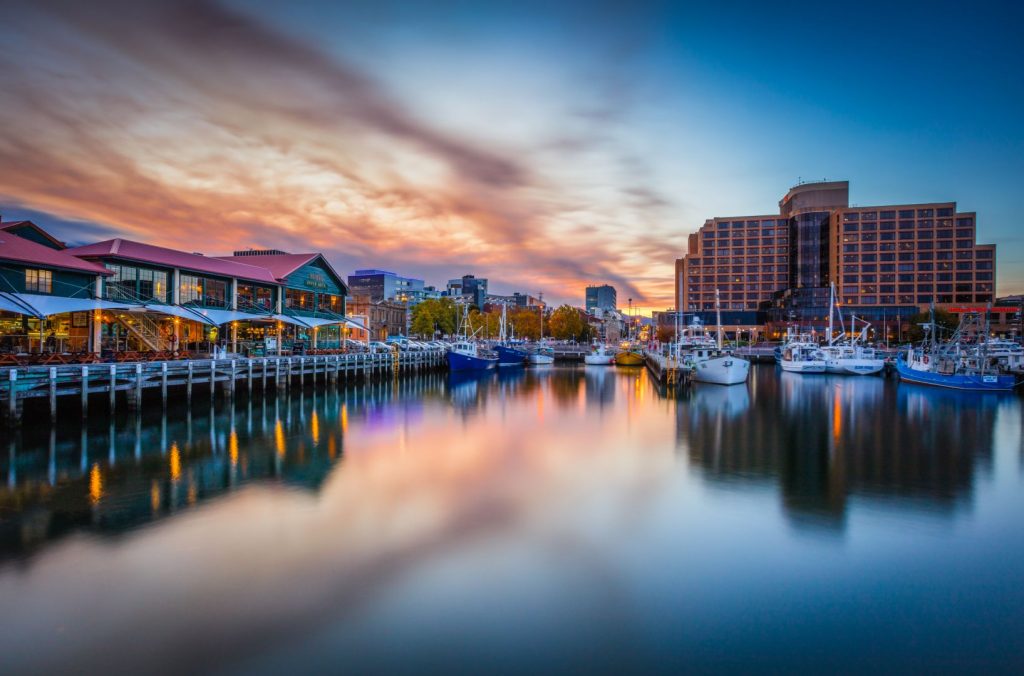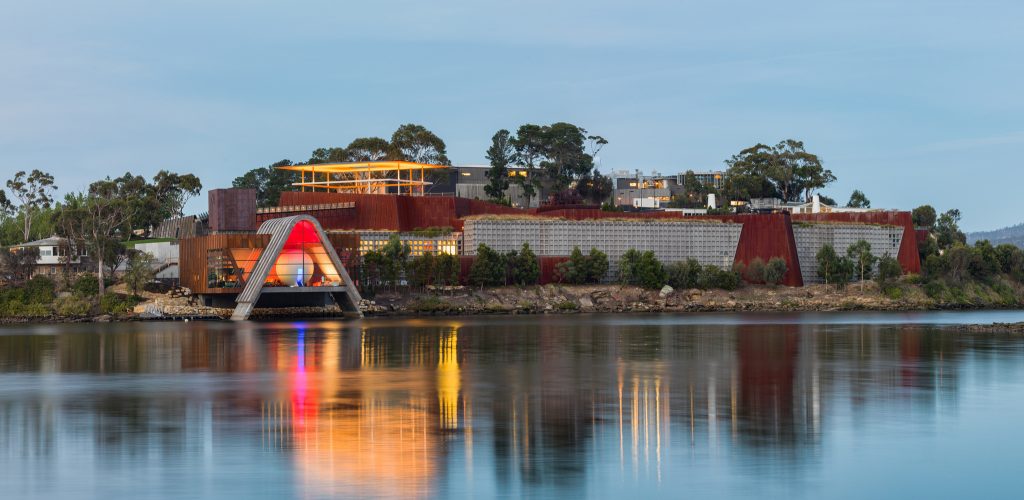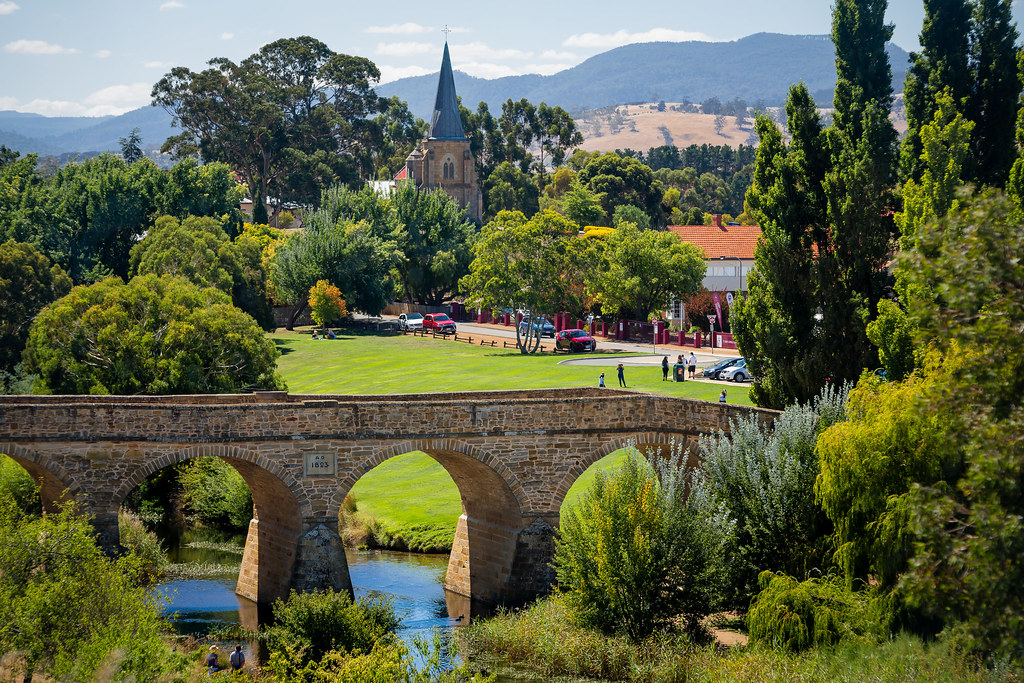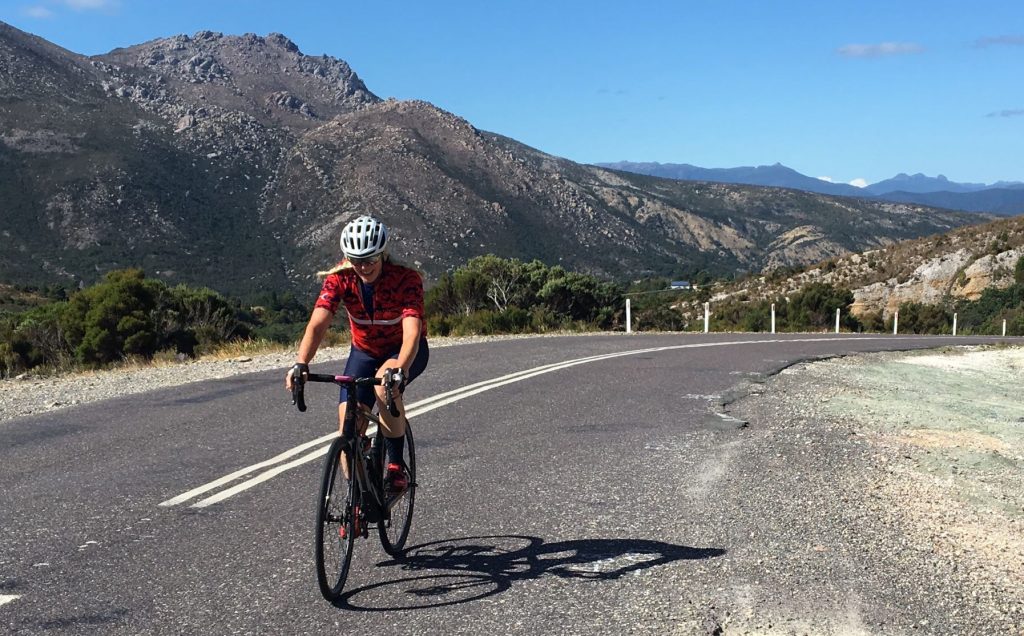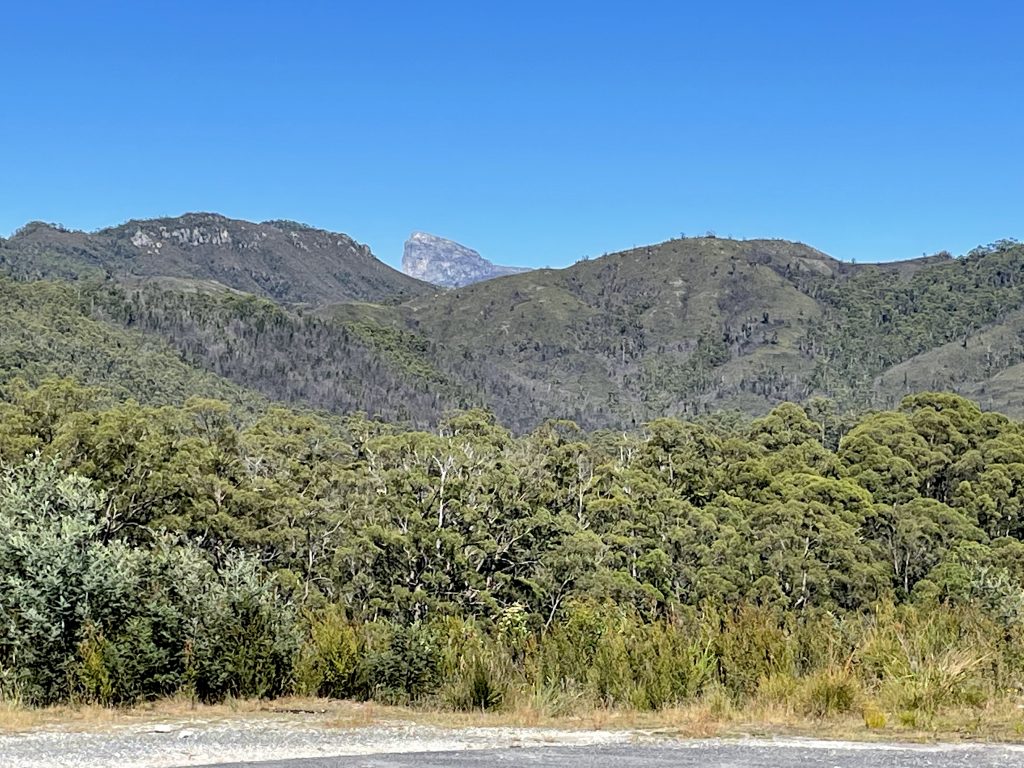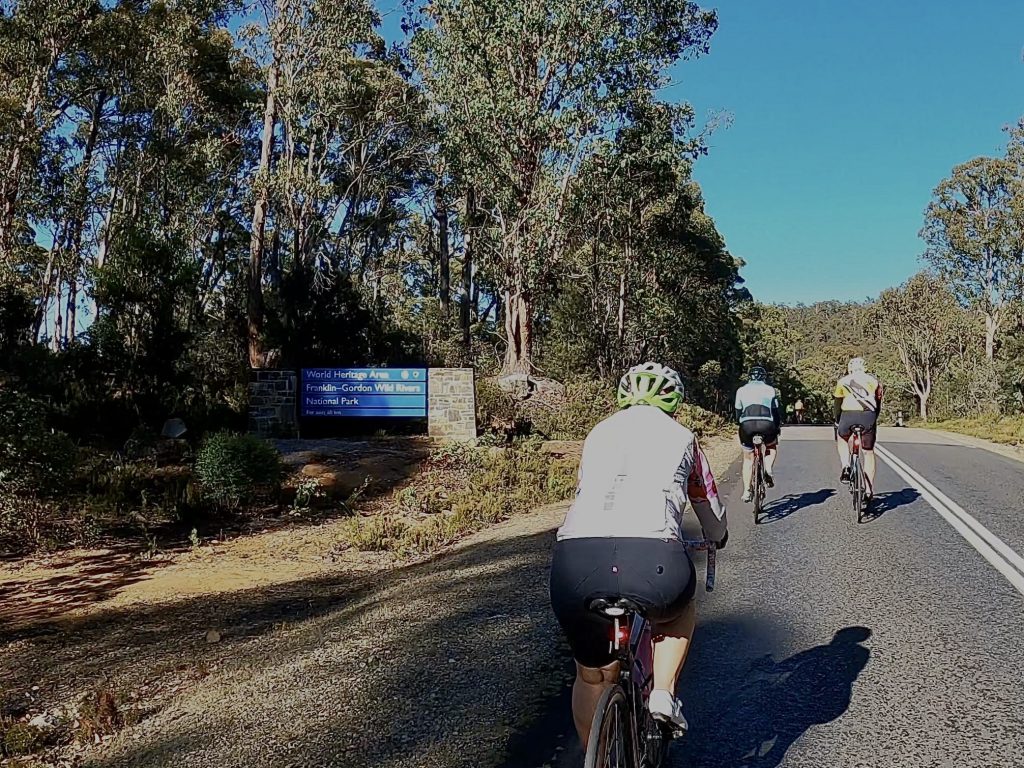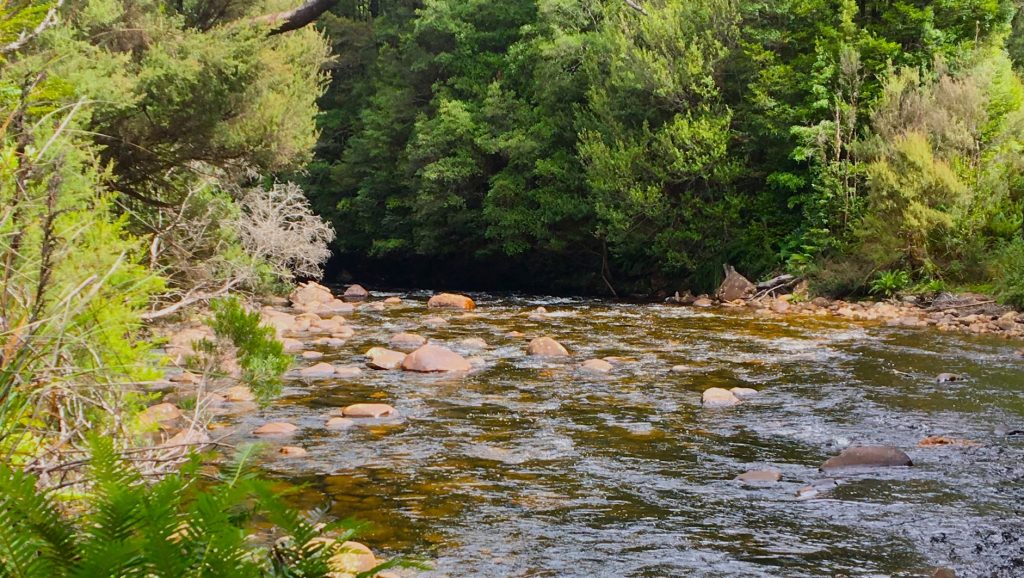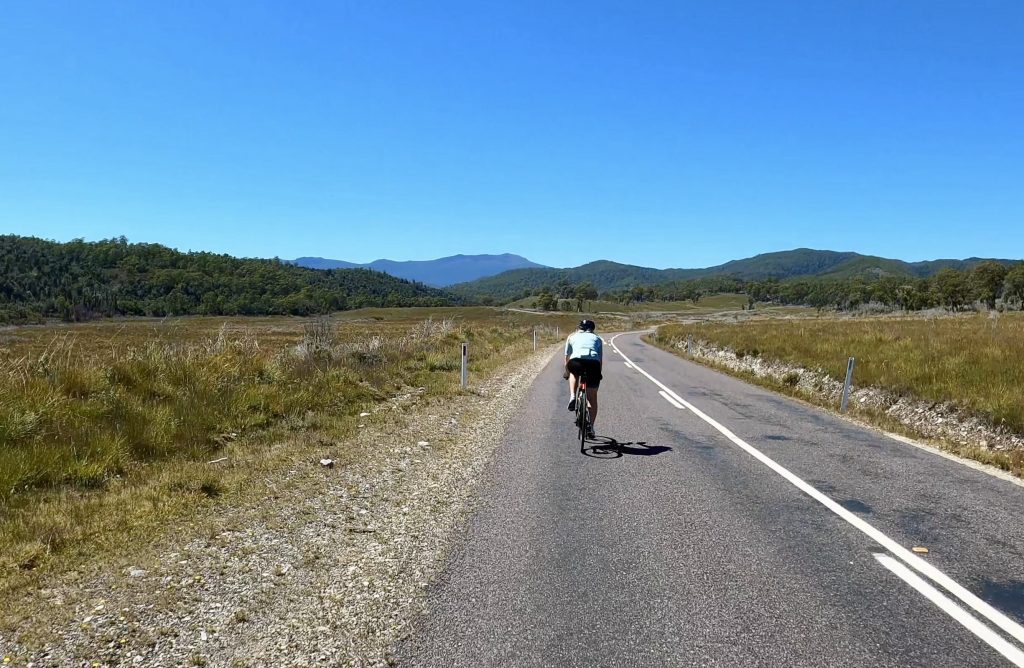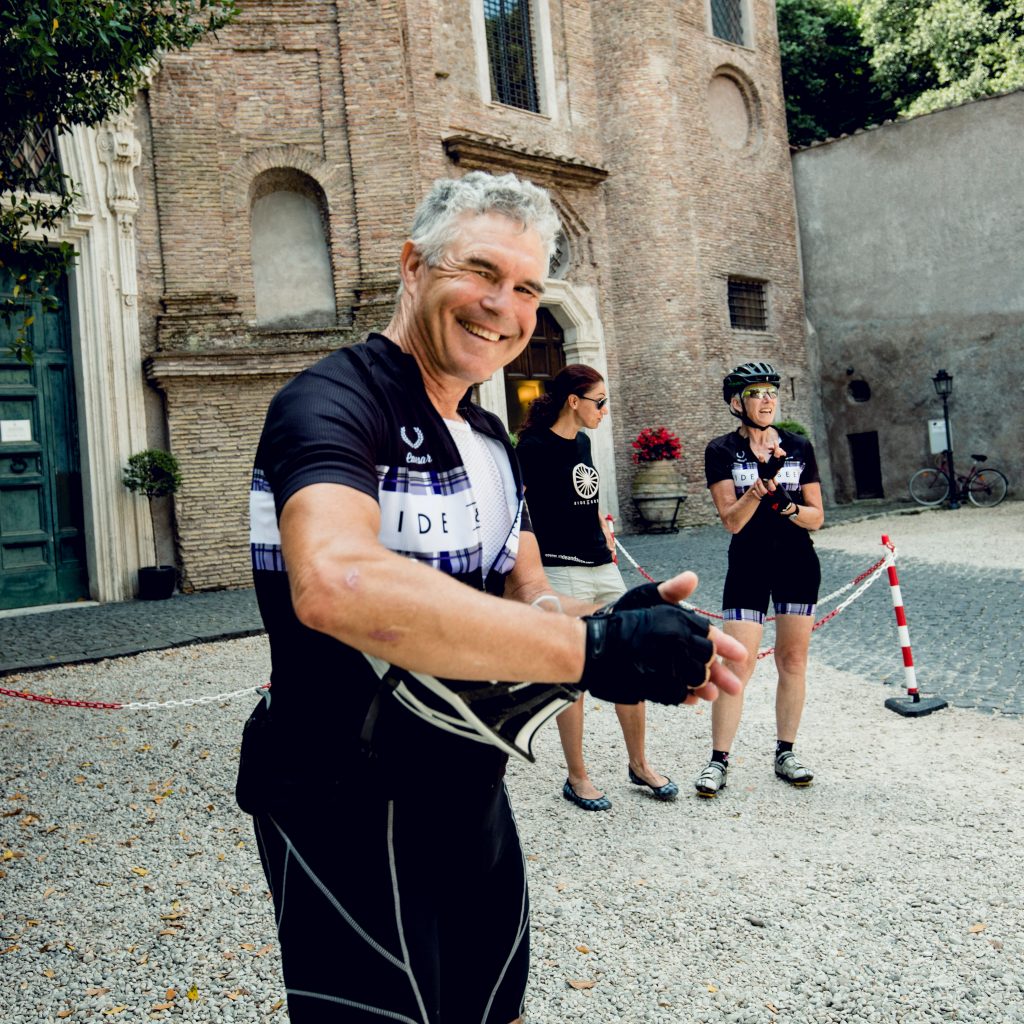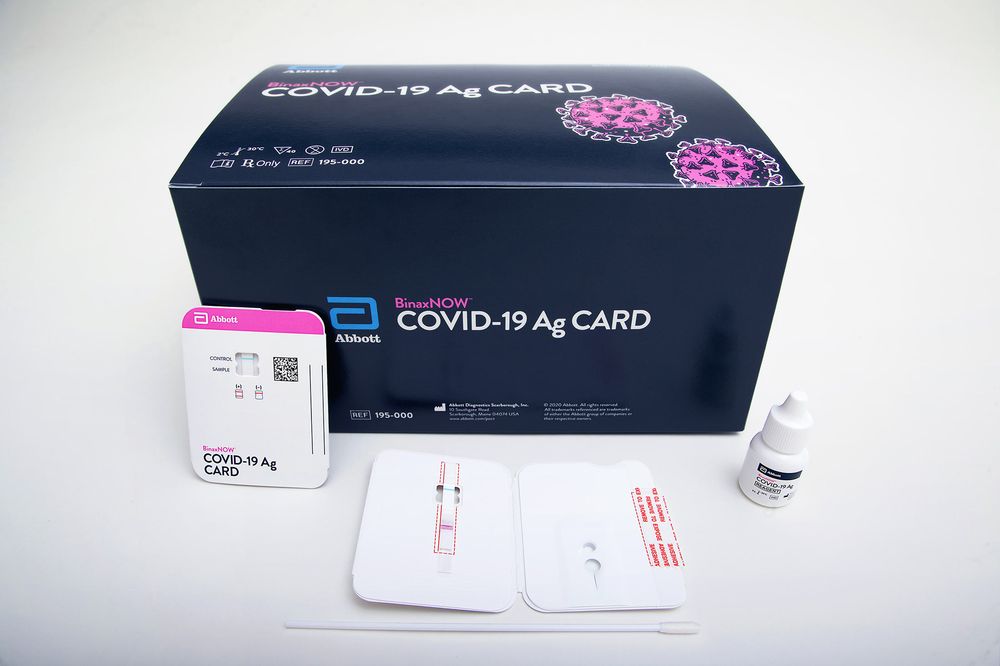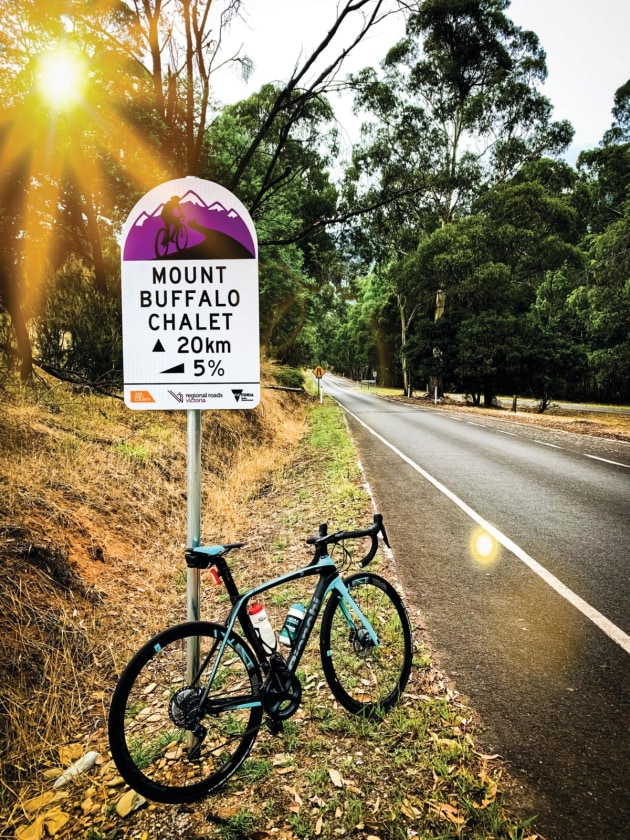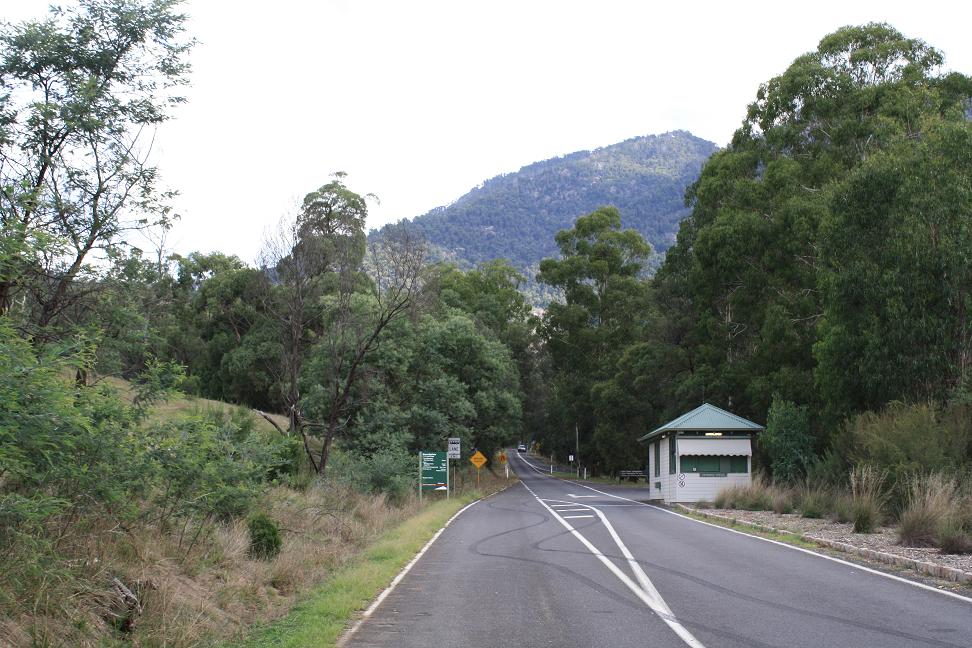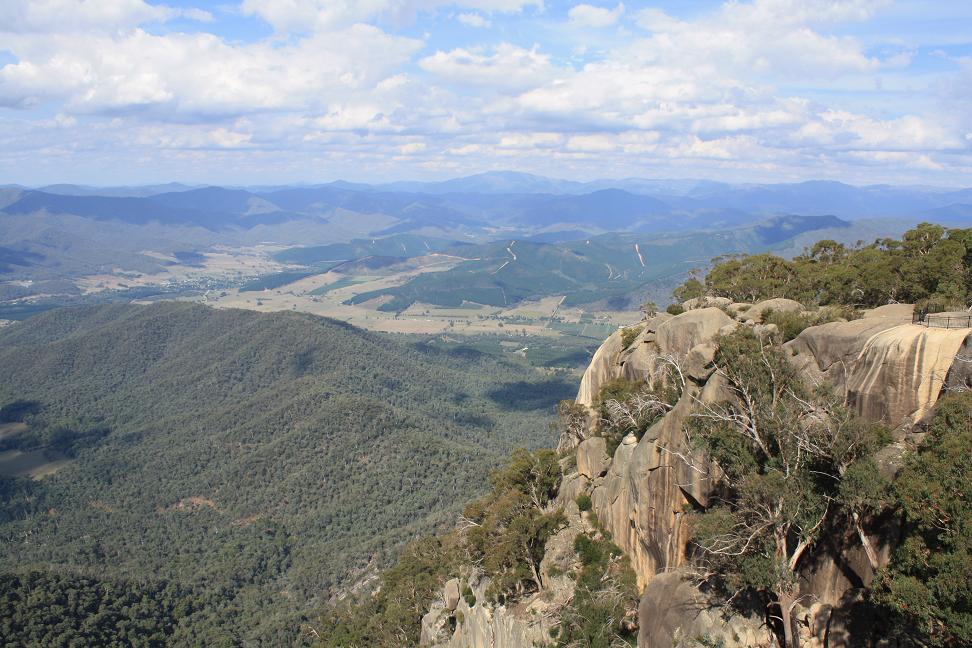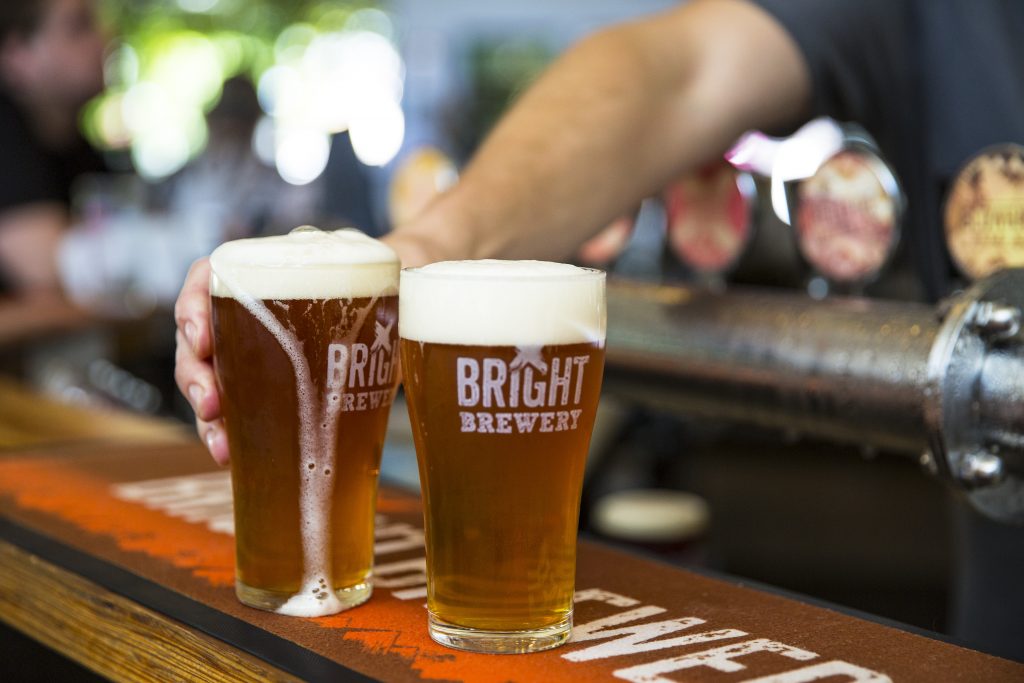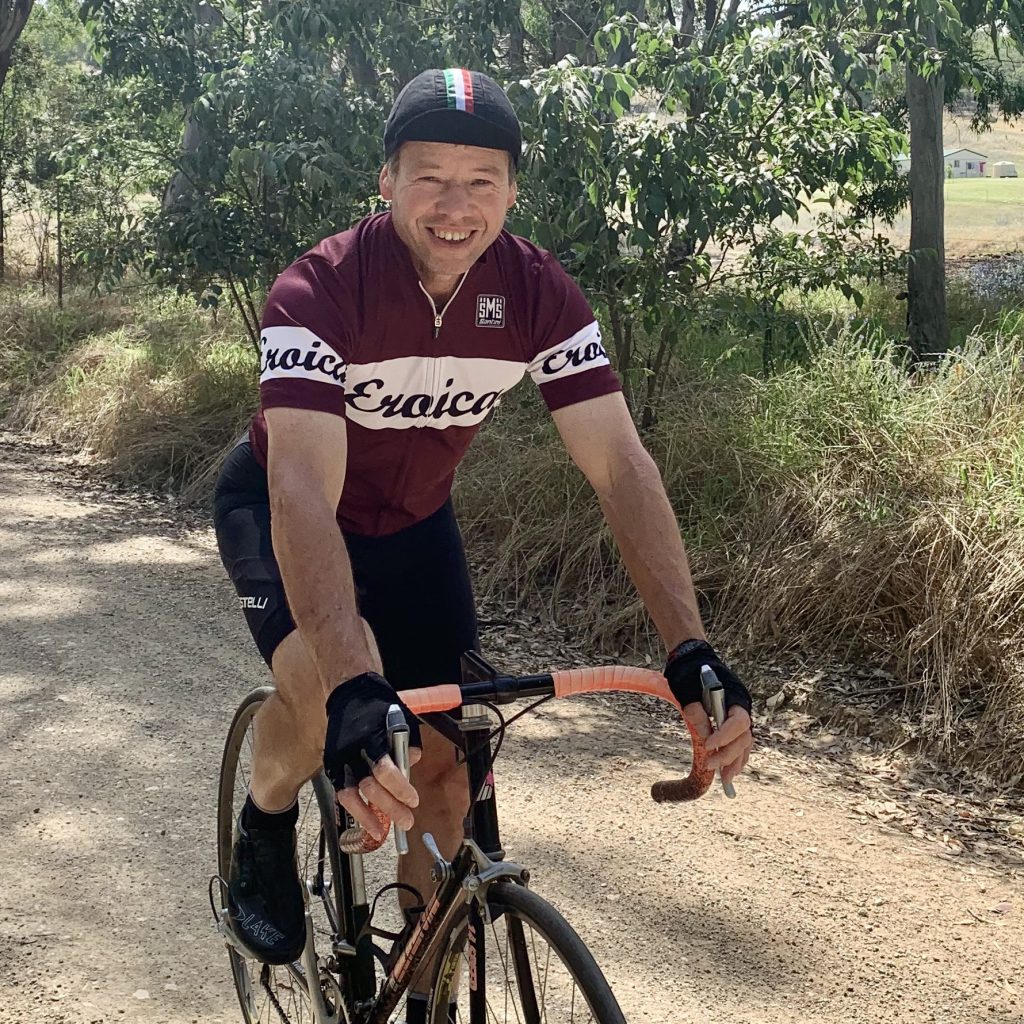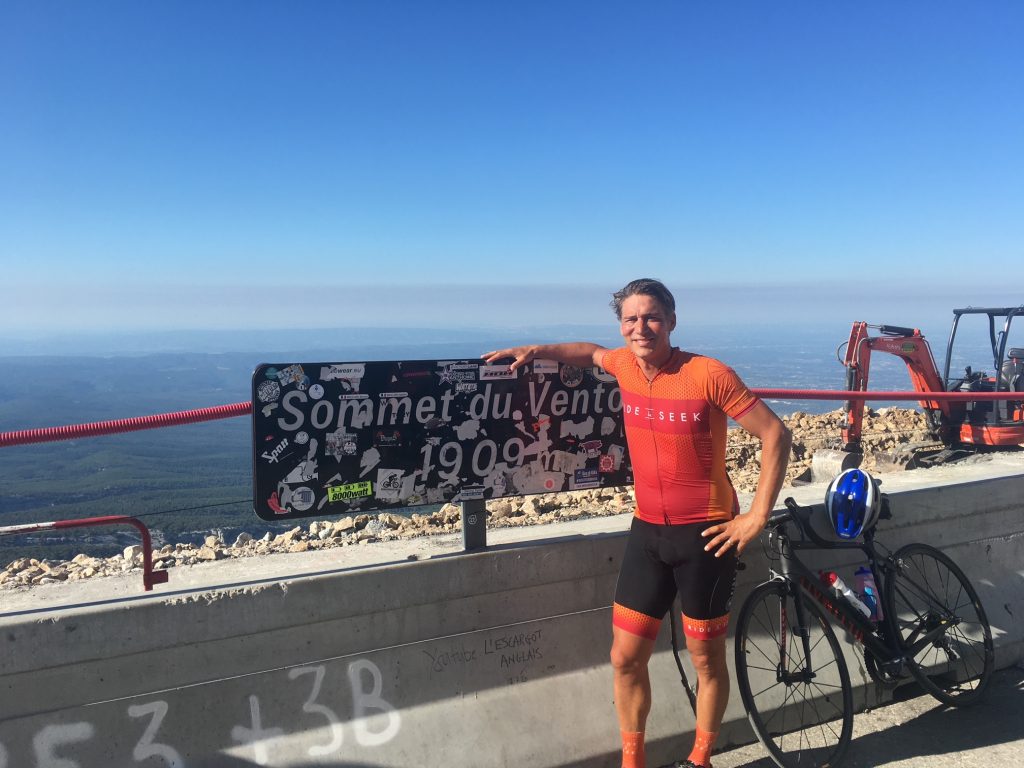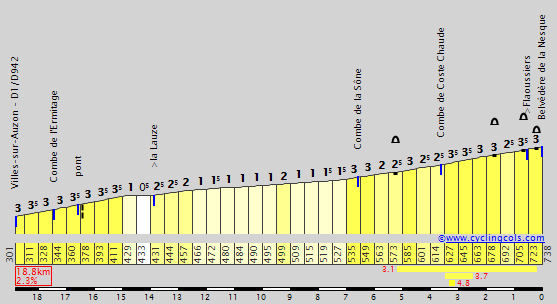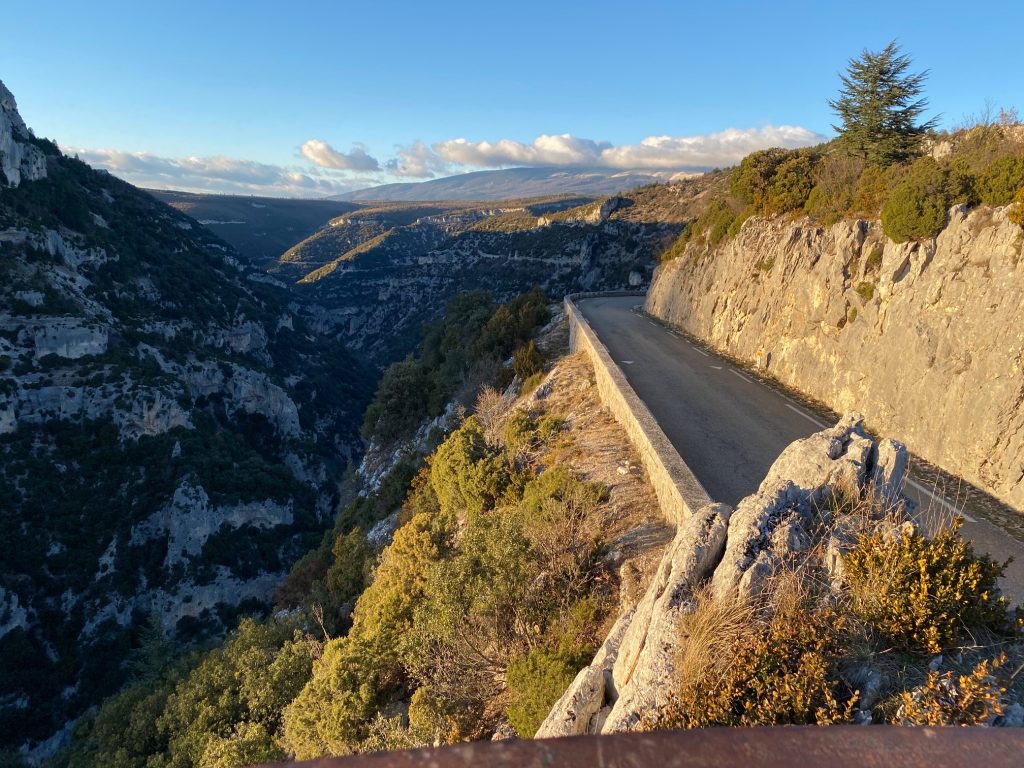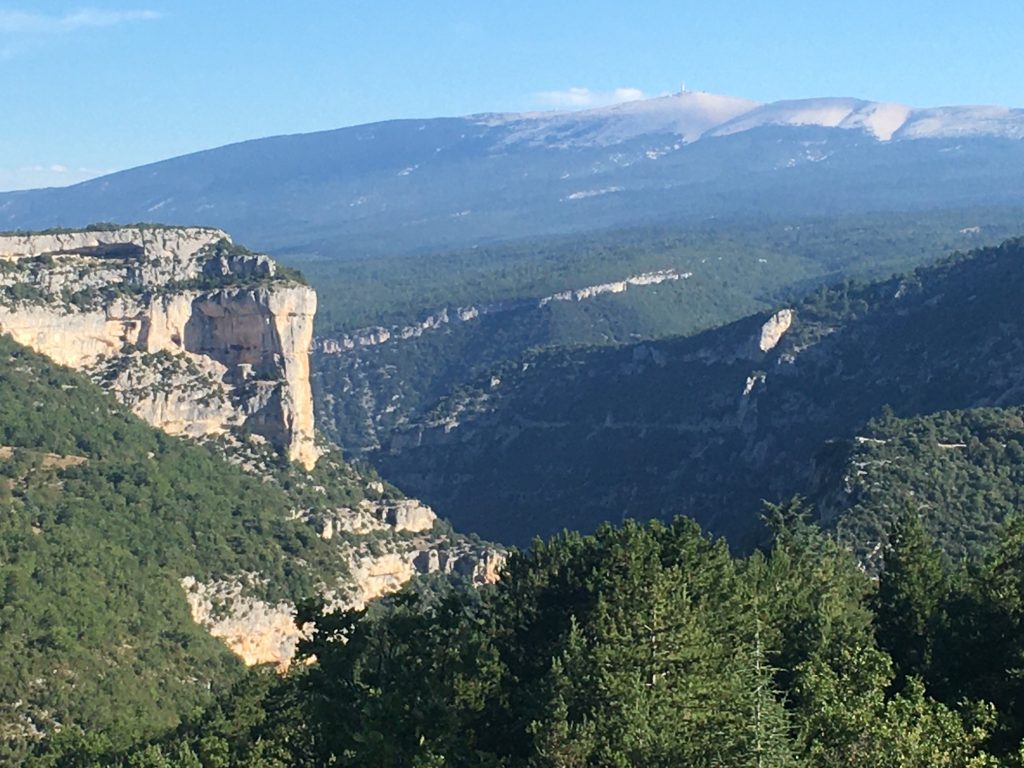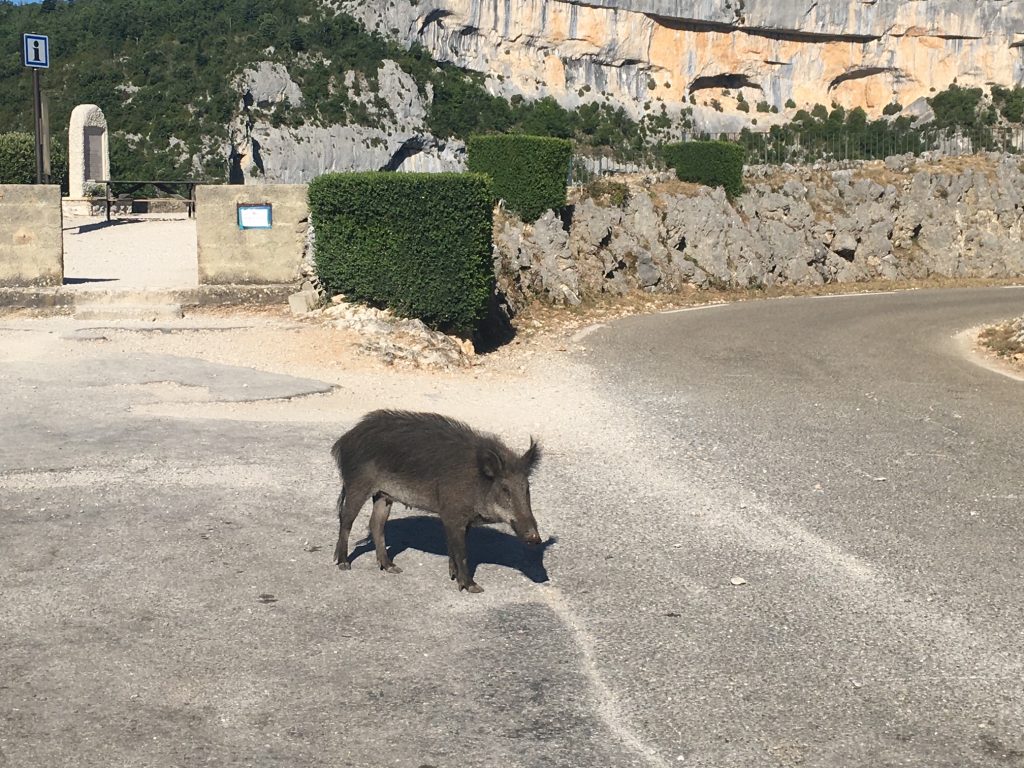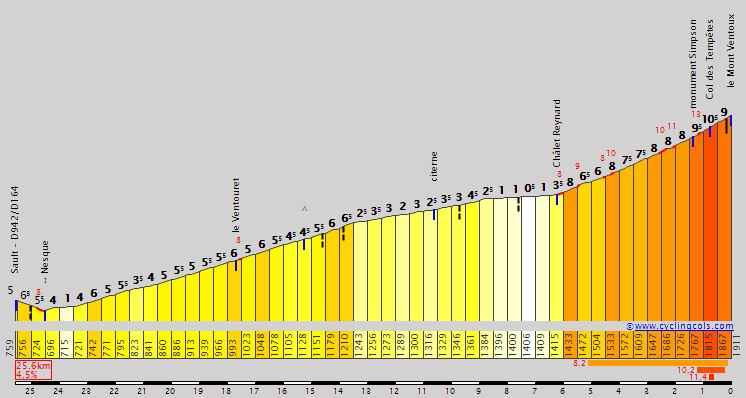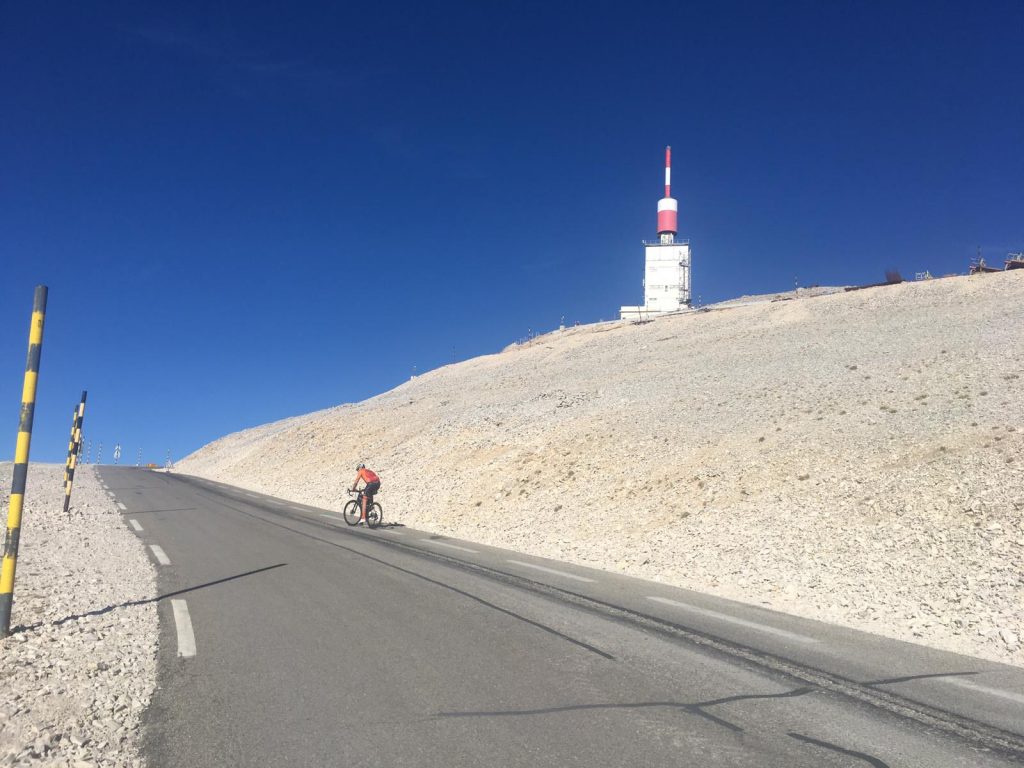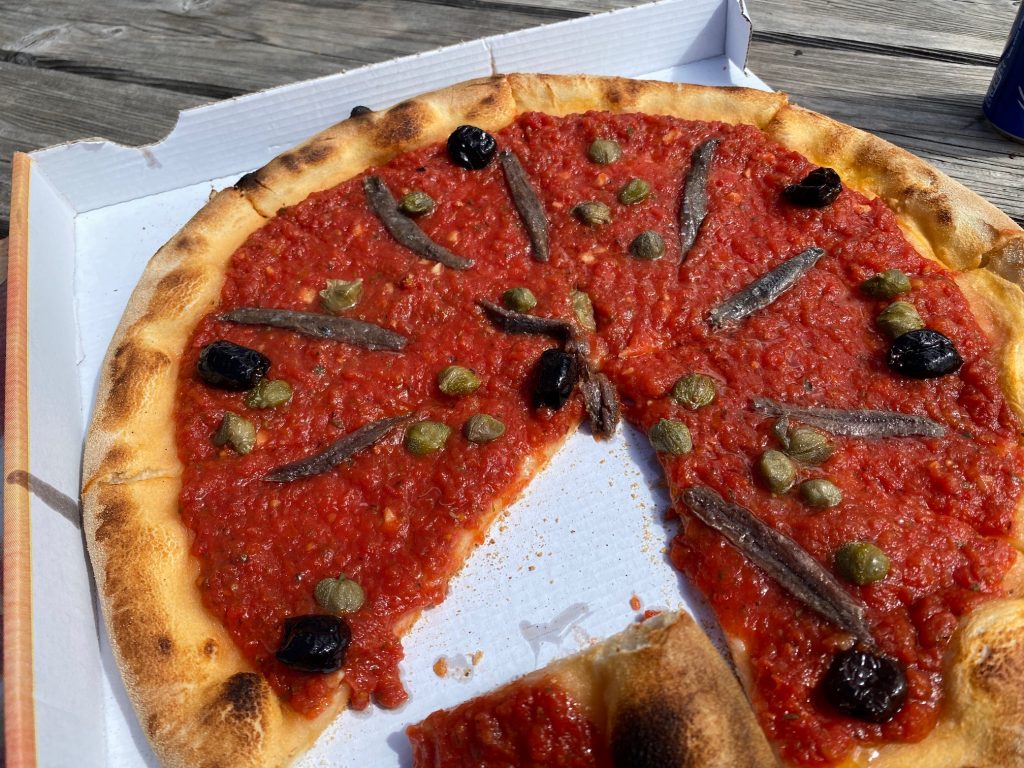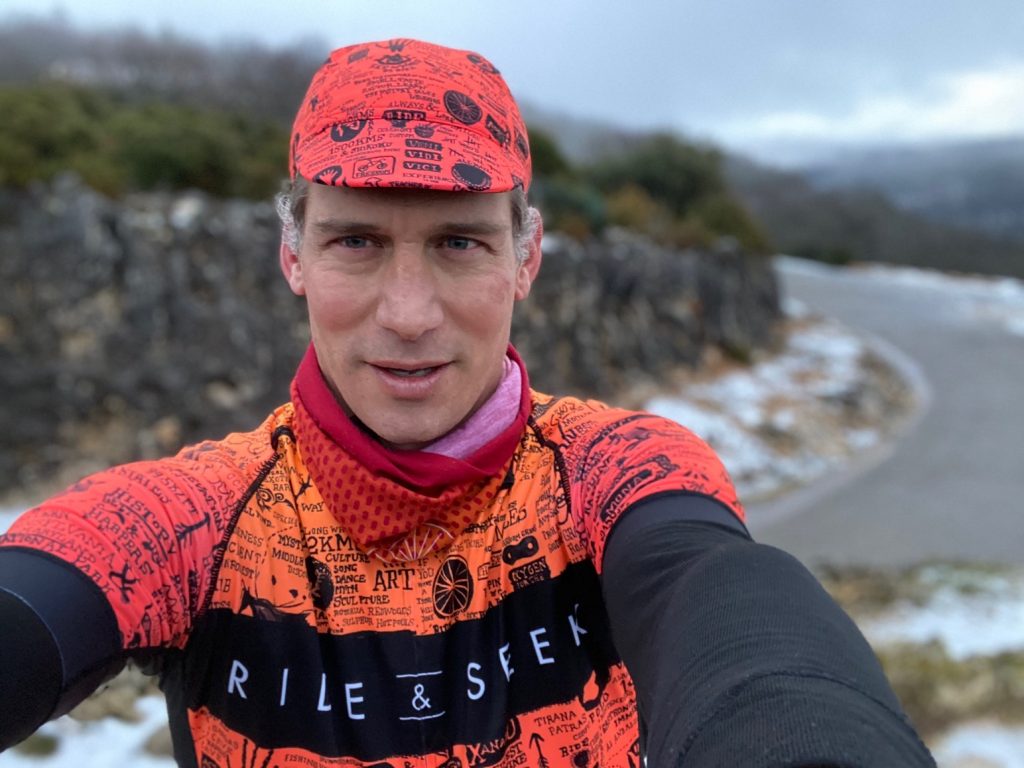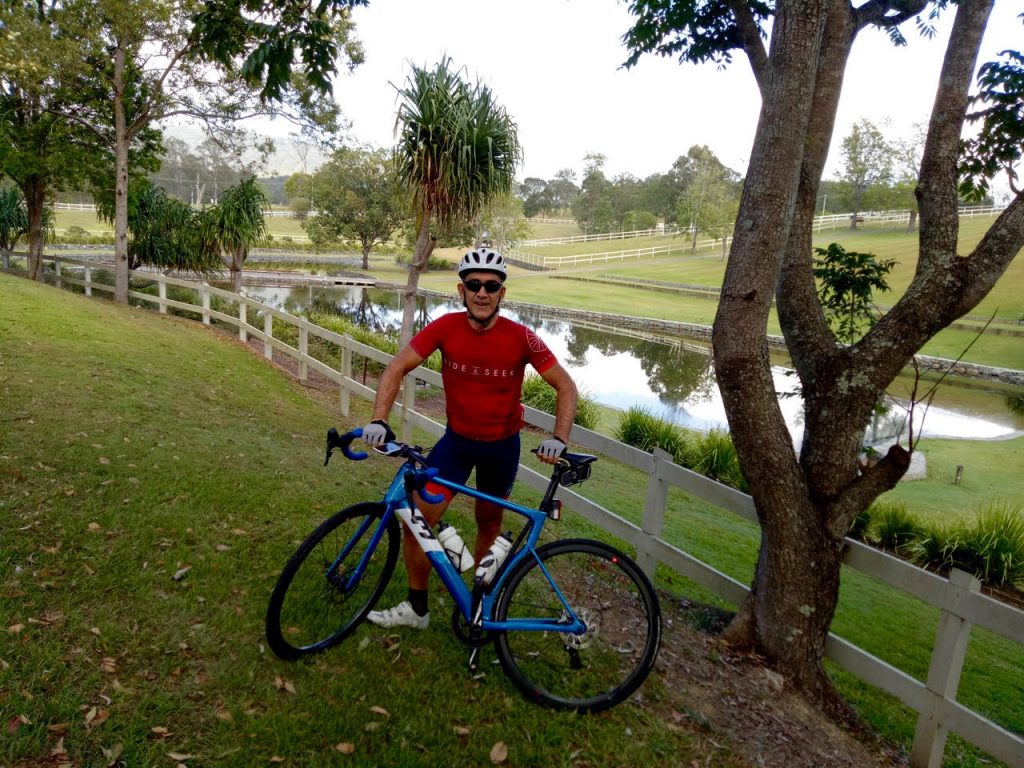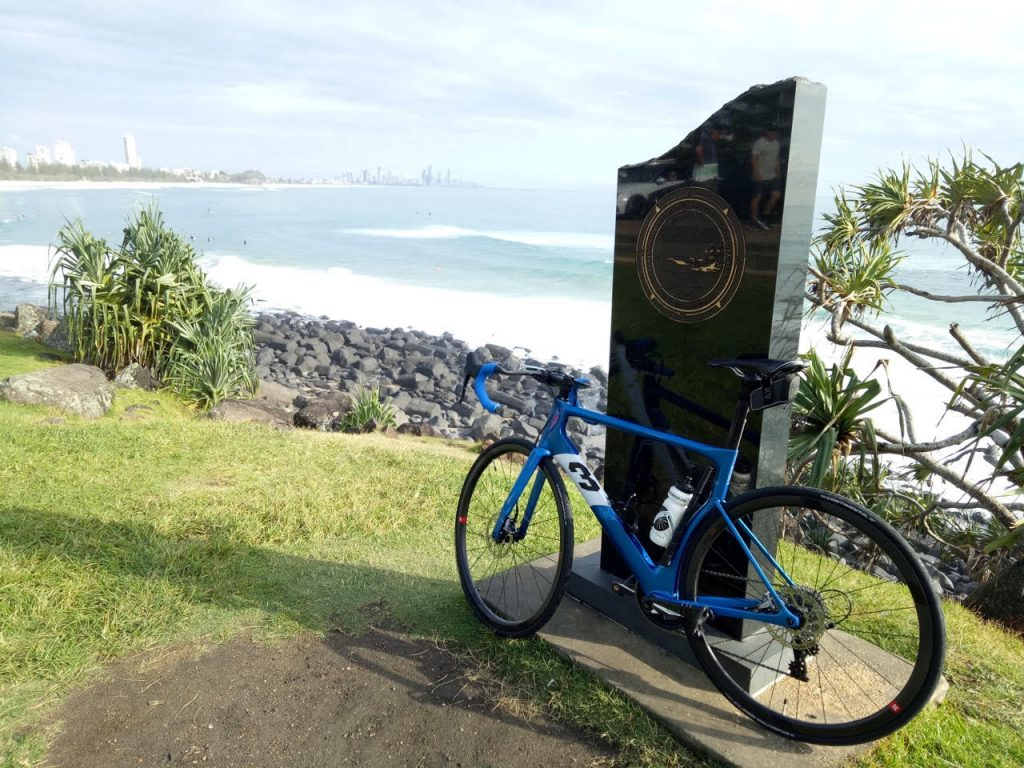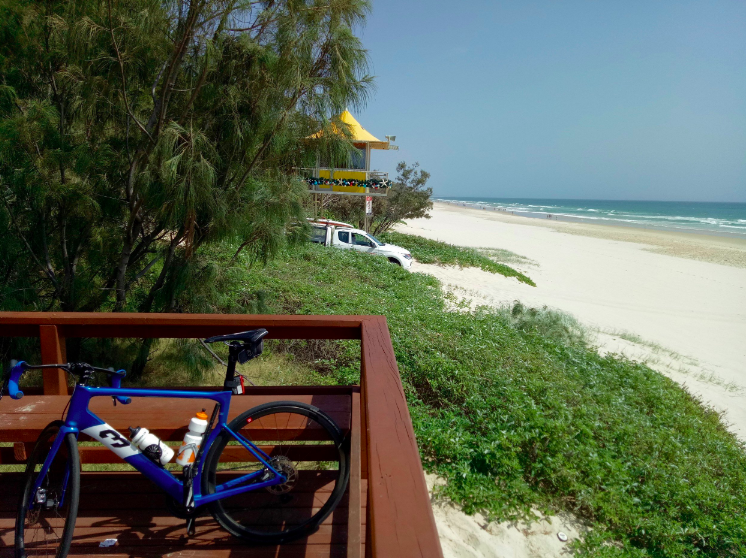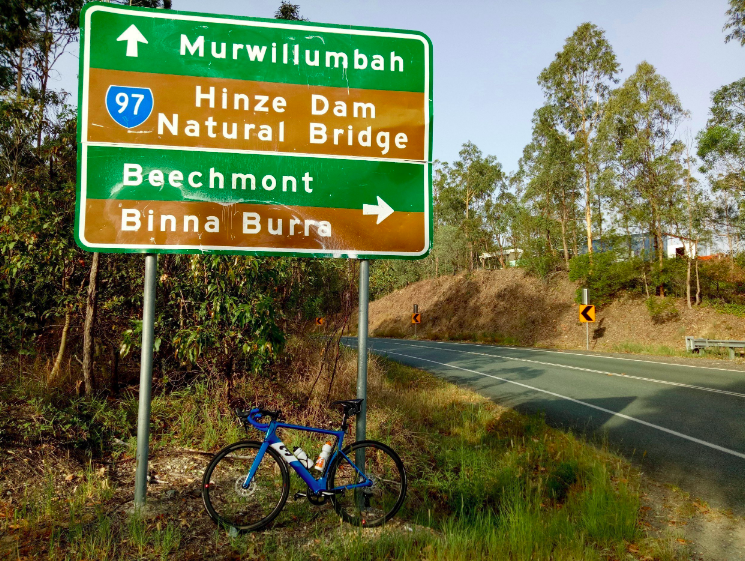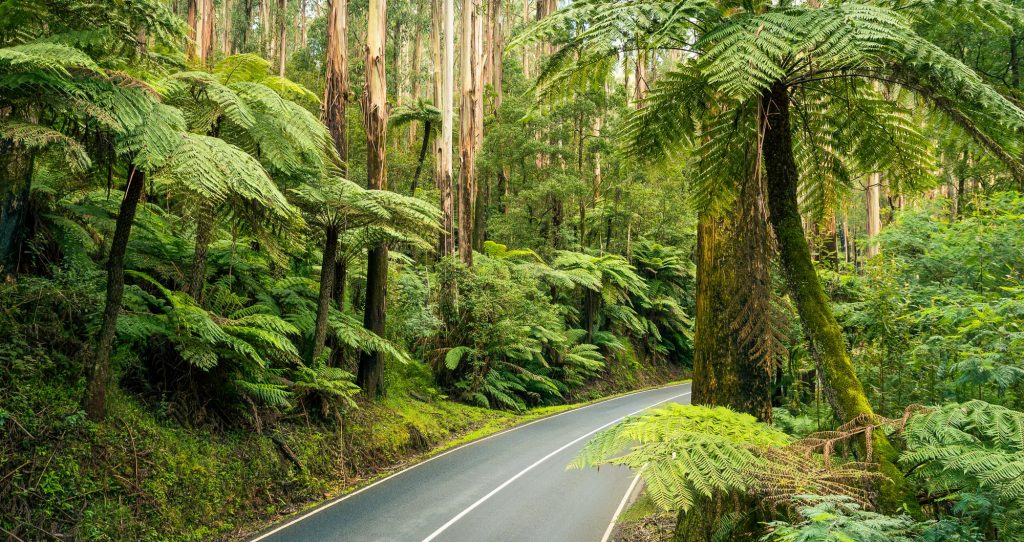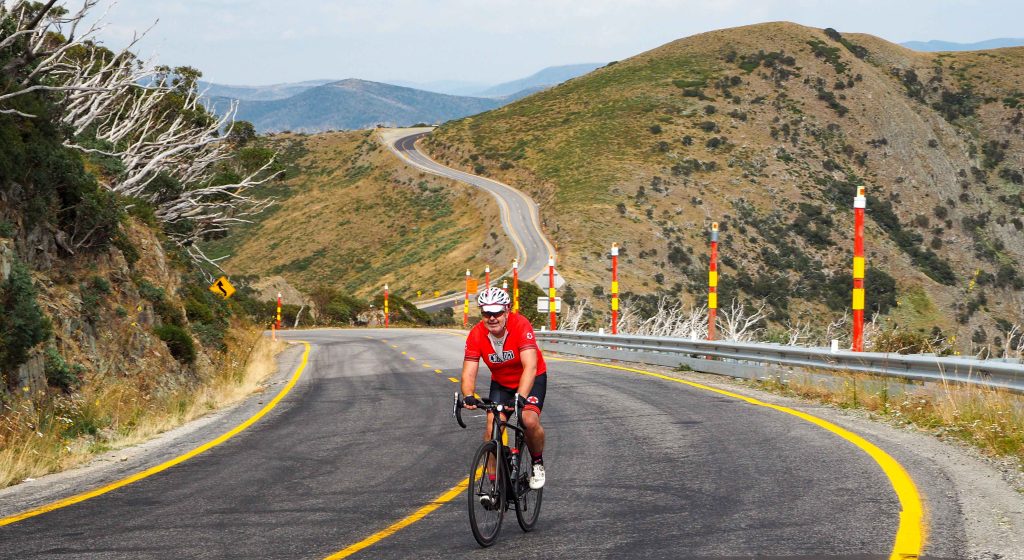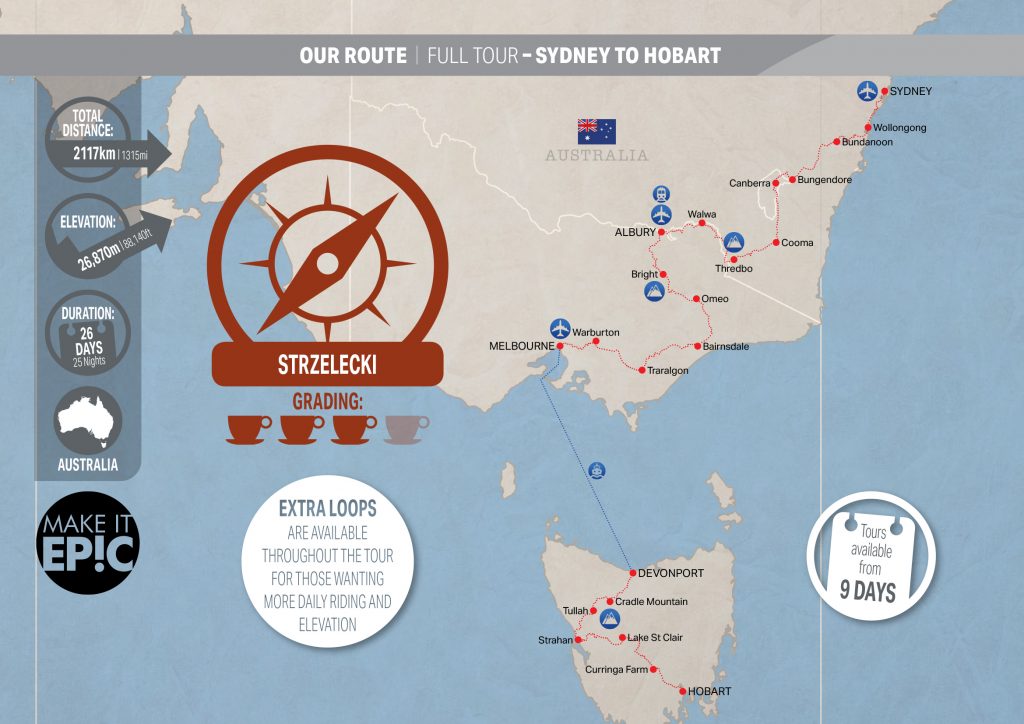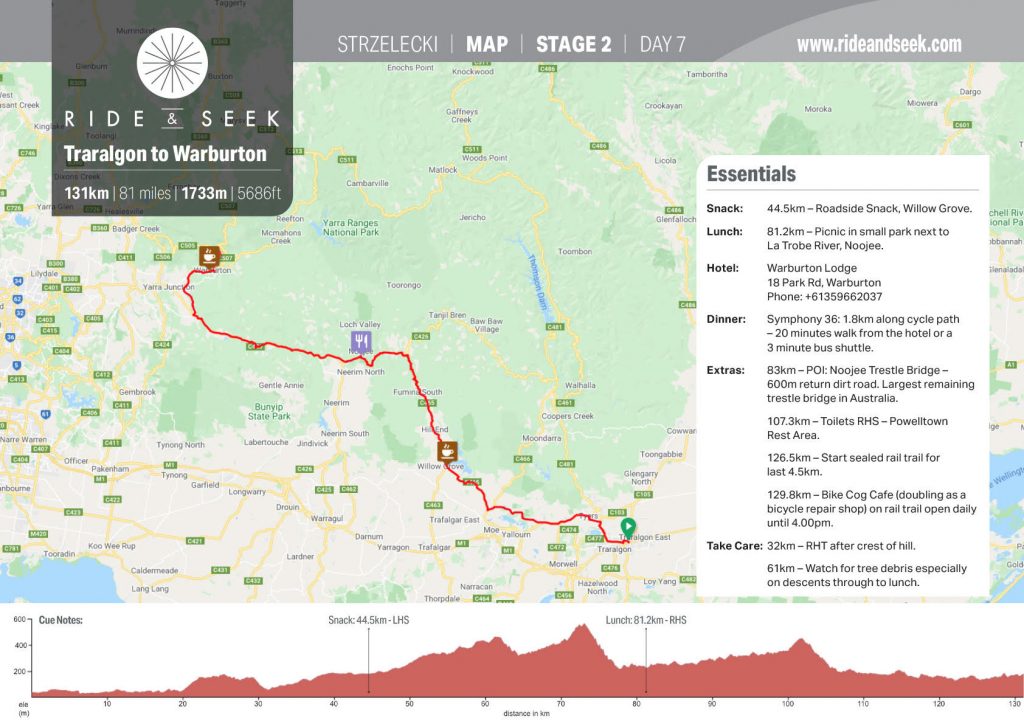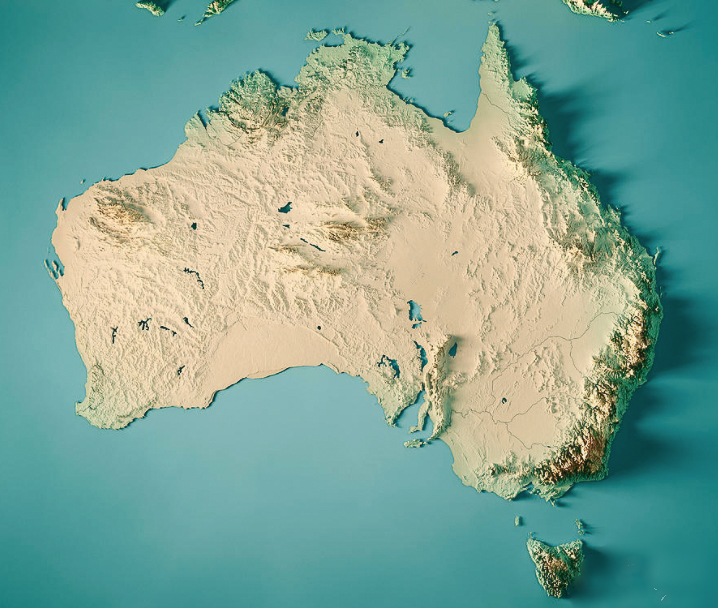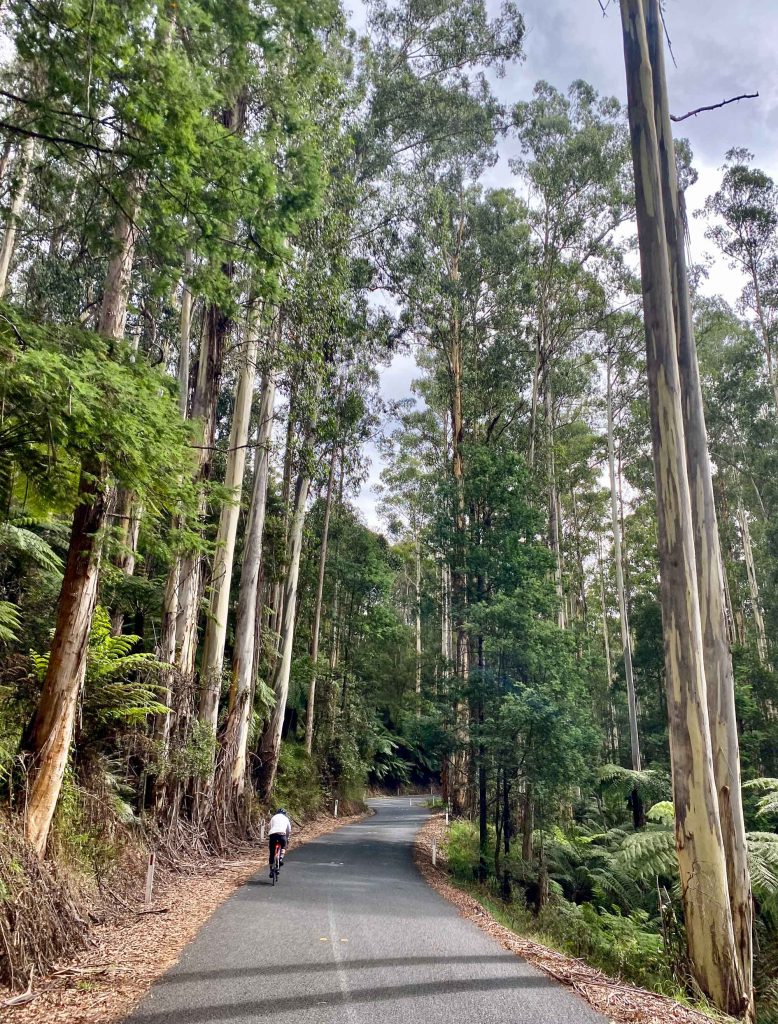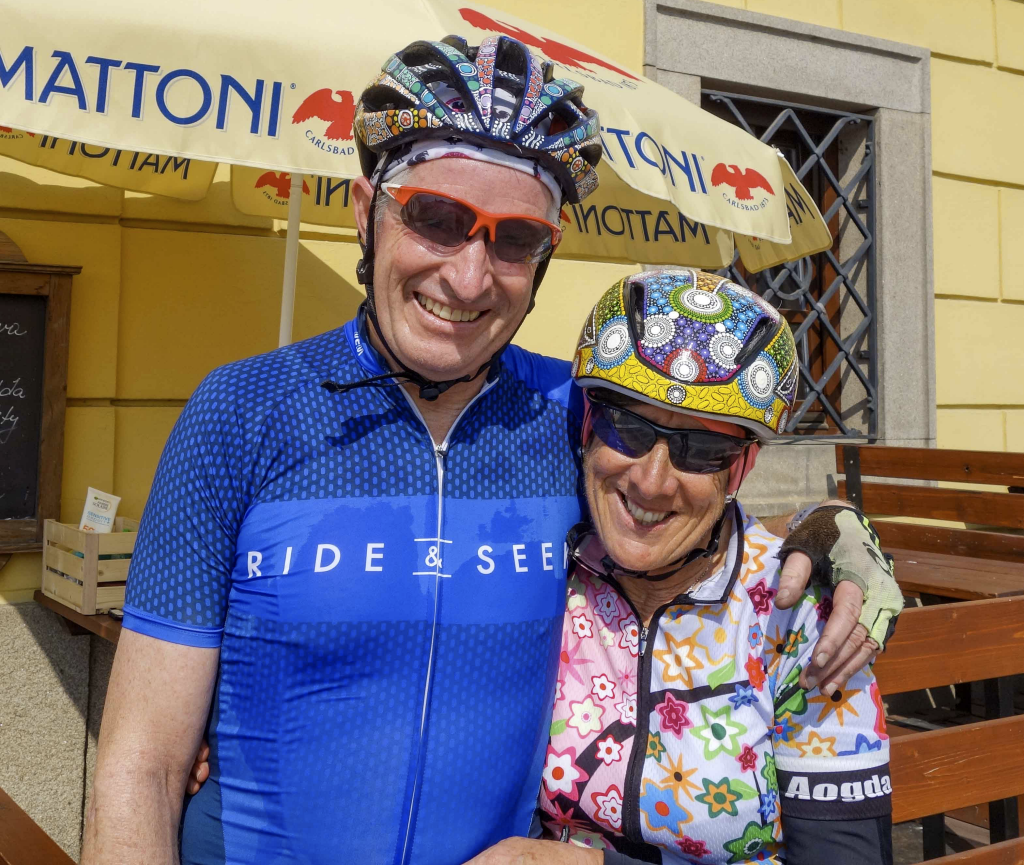Greetings from a snowy Provence. As the snow fell earlier this month at our base in the shadow of Mont Ventoux we were being sent photos from sunny Australia where our Strzelecki Tour (Sydney to Hobart) had just embarked from Sydney. Life is full of contrasts and in that context, there was a sense of the surreal to think we are back on the road again – the 2023 season for Ride and Seek is a go! Indeed, the group has just wrapped up the tour in Hobart, Tasmania after a tour for the ages.
With this being our shortest ‘off-season’ to date, I thought it would be an opportune time to share with you our thoughts on moving forward as a company. With the pandemic seemingly behind us and demand for travel booming it would easy to simply jump back on the hamster wheel but we are trying to be more measured in our approach. Your appetite for exploring the world by bike is undoubted and our zeal for creating new itineraries is unabated. However, if 2 years of Covid reflection taught us anything it was the importance of maintaining perspective and identifying what we consider really important.
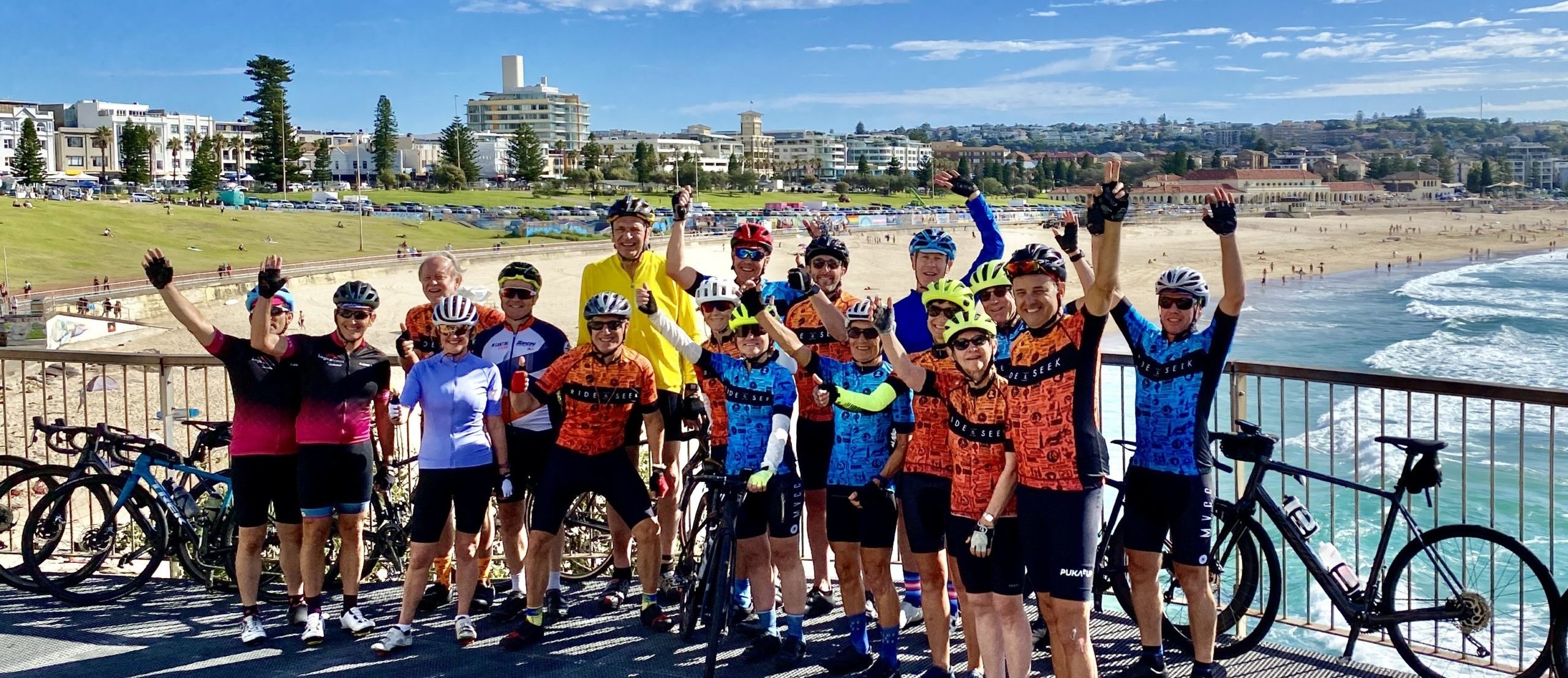

As such, we are keen to offer you a road map for what we are trying to achieve with our tours both in terms of the seeming paradox of consolidation and growth. Our in-house mantra has always been that you are ‘only as good as your last tour’. This lies at the heart of our striving to offer the world’s best cycling adventures with every tour we run and will continue to be the rationale that ensures we will never rest on our laurels.
Last year was our 10-year anniversary of running bike tours as Ride and Seek. I have actually been leading and designing bike tours now for almost 30 years so it is fair to say it is a vocation. From the inauspicious beginnings of running Hannibal for the first time in 2012 with a motley crew of family and friends, we celebrated the 10th edition of our signature tour with an awesome group of fideli and newcomers in September 2022. It was a proud occasion to reflect back on what we have achieved.
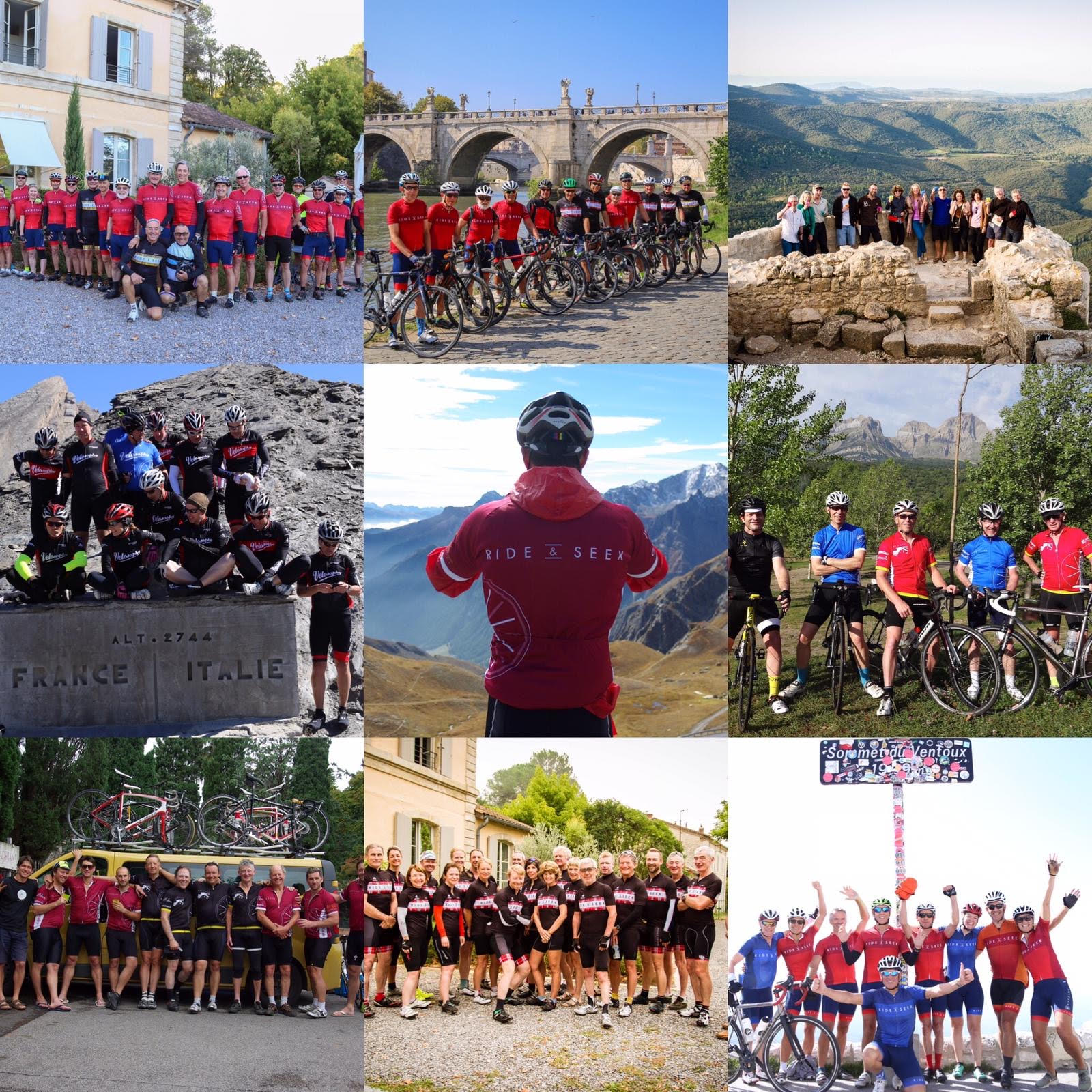
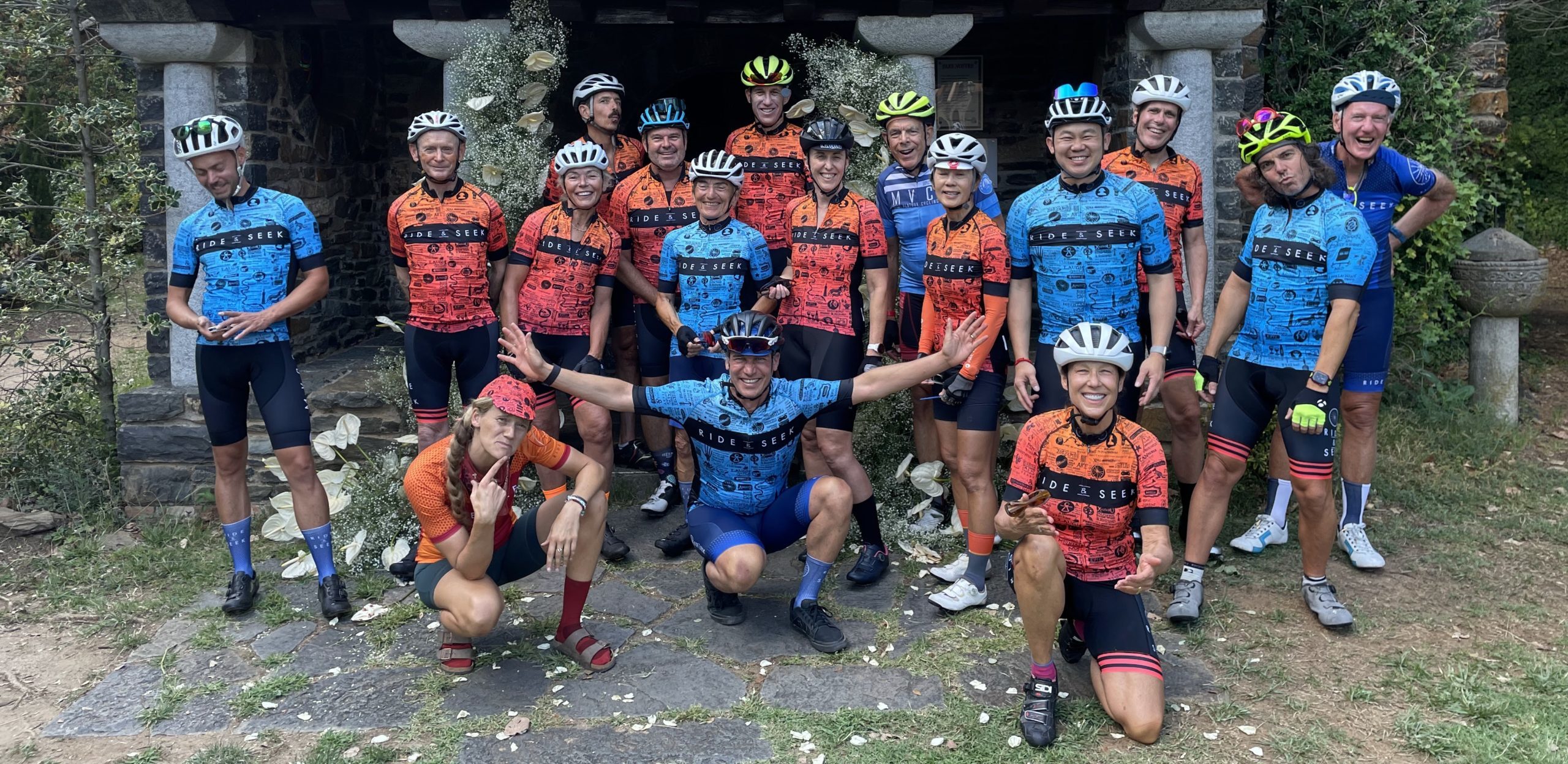
Reflection has been a theme for us as we approached the 2023 season both in the context of how busy we were through 2022 and with the hindsight of lessons learned through COVID. Obviously, from a commercial perspective, the pandemic was not helpful to put it lightly. Like many in the cycling tour business, we went from having had our best year to date in 2019 to two years of roadblocks and uncertainty.
Rather than batten down the hatches though, as a team, we sought to seek out the ‘road most optimistic’ and constructively prepare for the future. The support we received from many of you who left tour monies in the business and in some cases, simply sent us money to keep us afloat was both humbling and confidence-building.
Through the pandemic, we looked to keep the team together by planning for the future and running tours that made little commercial sense. Hannibal with 2 riders was a all time low! The offshoot of this though is that we kept the proverbial wheels turning and were ready to roll once the travel became viable again. Unlike many companies post-pandemic we have not been impacted by the exodus of guides from the industry. All of those in the video remain in the Ride and Seek family, which we are very proud of. The only change is the kids have all grown up significantly!
We also trialled new initiatives such as a complementary weekly laundry service, coffee vouchers, more gourmet picnic lunches, and smaller group sizes. All of these were confirmed for 2022 and will remain in place for the foreseeable future. We also made plans for a range of new Epic Adventures that we will be launching over the next two months.
The smaller group size commitment in particular made little commercial sense but was deemed important by us in our quest to run the best tours we can. To ensure the personalised nature of the tour experience we provide, we felt that we need to cap the Epic tour group number to 20. Whilst this runs counter to the general trend in the A to B cycle tour space where groups of 30 plus are common, we are committed to consolidating on the ‘full service’ epic historical cycling adventures we pioneered all those years ago.
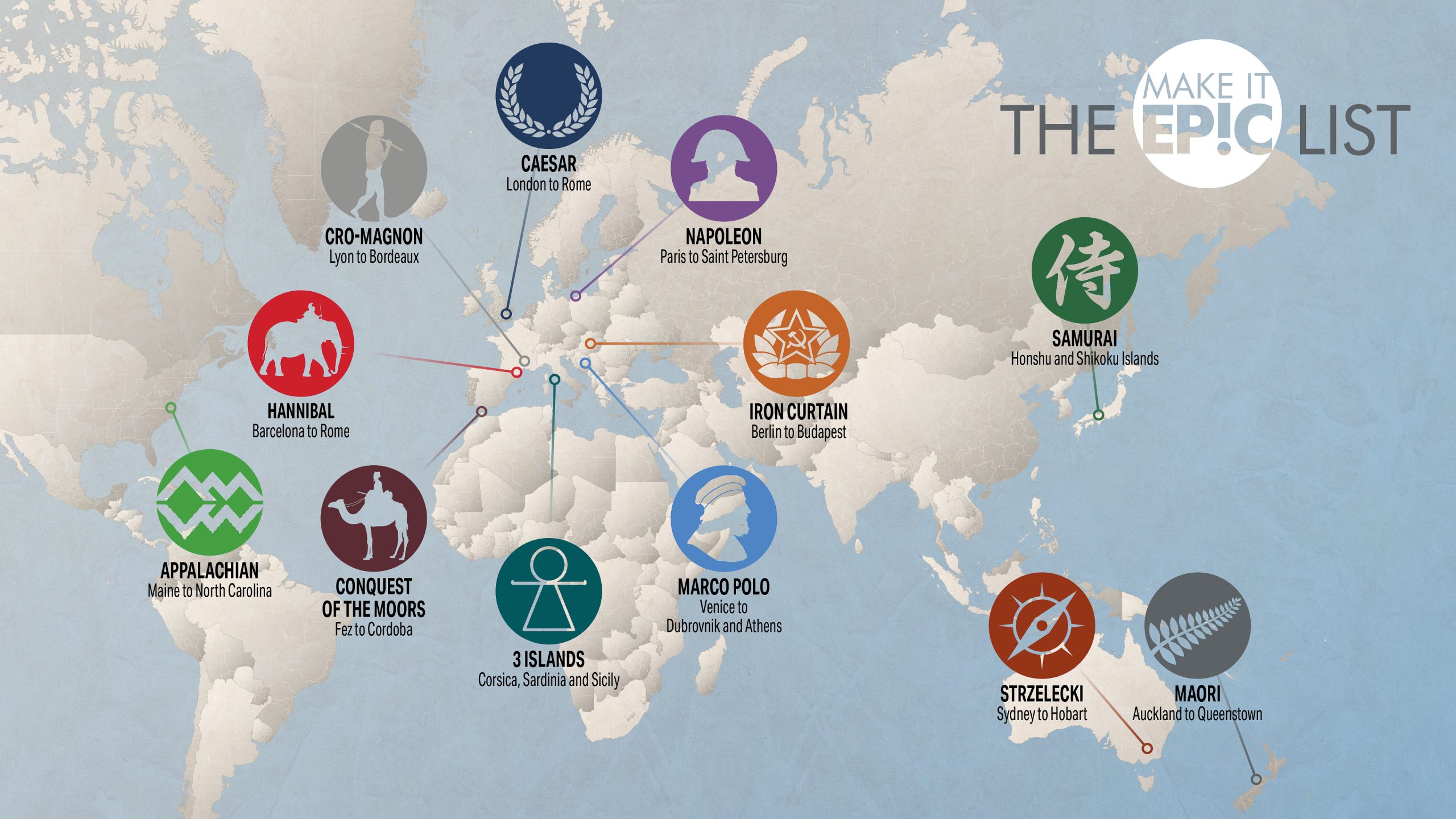
It meant that an inaugural tour like the Conquest of the Moors sold out in record time and had a waiting list of 20 at one point but the result was a better tour as a result. With a return booking rate of around 75% we believe the long-term returns merit the short-term losses that we incur by adding more value to the tours through limiting numbers and adding more ‘frills’. Optional room upgrades, more massage options with our tour soigneurs, and the new titanium bikes are among the improvements for 2023.
The less is more approach has also been central to our aim of consolidating Epic Adventures as our core business. In this space, we have created our own cycling tour niche, and it is what we do best. As such we will be running fewer ‘Local’ adventures than before.
We also plan to avoid too much crossover with the Epics that now run from February through to November. By this, we mean that even though we have a number of new tours, the calendar will not be too busy to ensure we can focus on one tour at a time. So while the Epic map has a few new symbols to be added, we will not be overlapping too many tours as a result. Rather, more tours will become bi-annual as a result.
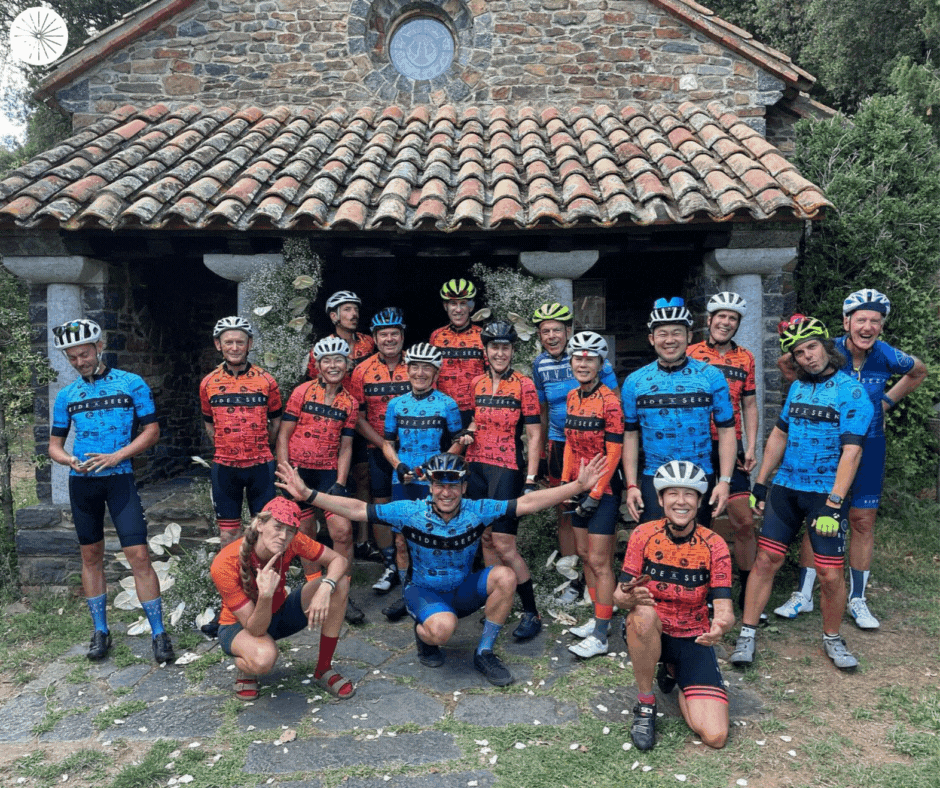
Returning to the theme of reflection it is fair to say that these decisions are not only steeped in quality control though but are also focused on creating a more sustainable business model in terms of work/life balance and our environmental footprint. 2022 was a huge year for us in terms of tours run and guest numbers, but the team fatigue at the end of the season suggested we needed a reassessment.
There is a fair amount of lamenting one hears about some of the circumstantial positives that people experienced through the pandemic, such as more time with family, a slower pace of life, and a chance to explore other interests. Even though our business came to a standstill, we recognised at the time that getting off the hamster wheel was no bad thing. As we move into the future, the team and I are keen to heed those lessons.
That team is now made up of Ben manning the fort as General Manager and a new position being created for Benjamin as the Logistics Manager in Provence. Tiffany, Sarah, and Raffaella continue to manage the office, accounts, and hotels respectively.
Design-wise Dean continues to work his magic, and Megan is focused on the customer experience. As stated previously, the guide team remains as solid as ever, and we now have more clearly defined Trip Specialist roles. With such a strong and capable team managing the day-to-day elements of the business has allowed me to indulge my passion for creating and planning new itineraries, which I have been doing with gusto!
We feel well-positioned to grow in an organic and effective manner in the coming years.
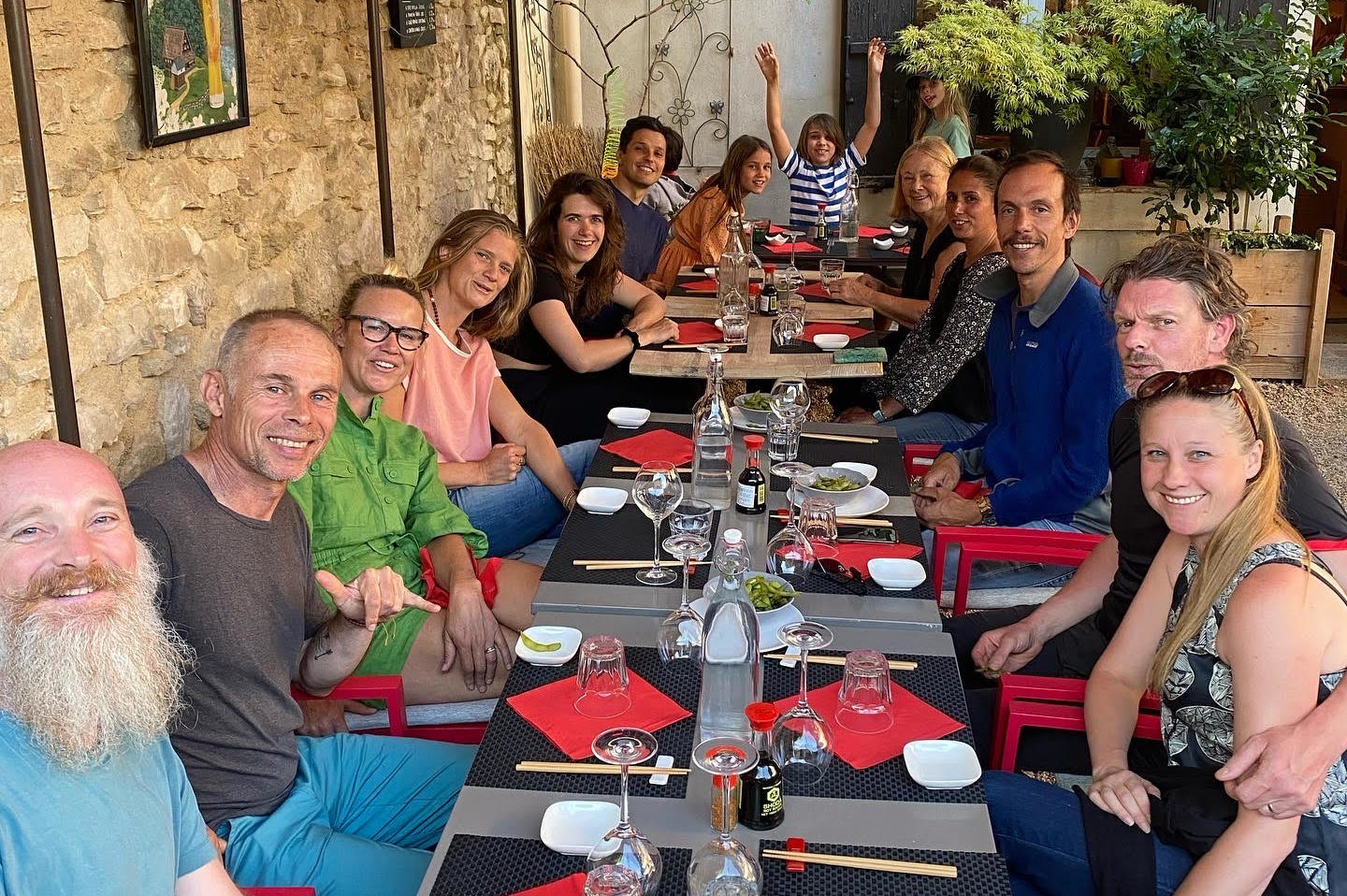
So whilst you might end up cycling with us to the place pictured below in 2024, it won’t simply mean that we will add this tour to the calendar in addition to all the others – we already have 12 Epics to choose from – but rather it will slot in place of another tour.
Indeed, we have 6 new Epics to announce, so get your diaries ready for the upcoming ‘Braking News’ launches. Following the 2018 poll on ‘Where To Go Next?’ we think you’ll be pleased with the tours that have been chosen.
The first person who leaves a comment below with the country where the photo was taken will win a prize and a bonus for naming the city itself.
Our plan over the next couple of months is to set out our stall through to 2025, which will hopefully help you with your cycle adventure planning. With a clearer road map, we will also be able to develop our sustainability strategies which we have been working on both in-house and with Beatrice, who has taken on the role of our sustainability consultant.

We presently cycle in 30 countries and plan to make that 38 by the end of 2025. We look forward to inspiring you with our new tours in the coming months. And we’ll also reveal more about our plans for the Mont Ventoux Cycling Club (MVCC), which is our logistics base, and so much more. As a club, workshop, and rental hub, we are excited to see how it develops over the coming years.
In part linked to MVCC we are pleased to announce some other improvements that we are delighted to announce. The bike fleet has been upgraded, with all bikes now running disc brakes. We’ve stayed with titanium but have moved across to Van Nicholas as our core road bike. In addition, we have also partnered with Merida and have a range of road e-bikes available.
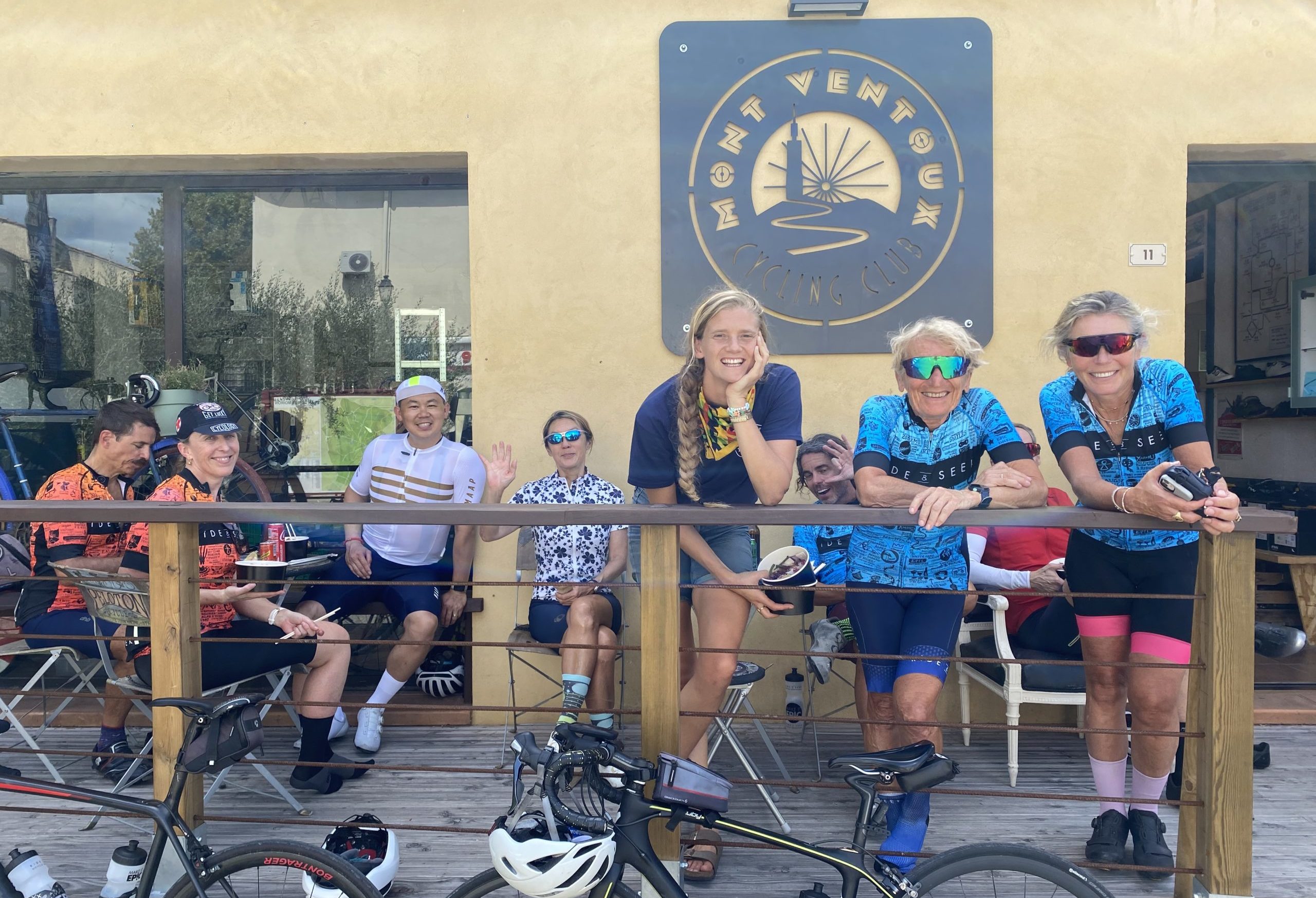
Continuing on the technological side of things, we also have the larger screen Garmin 1030’s as our standard GPS unit and have incorporated a number of digital elements that are geared towards improving your customer experience without compromising the personal touch. We look forward to introducing them.
And finally, whilst this is what we have in store, we will never forget that we are running tours for you, so I would be very grateful to hear from any of you that have any feedback on how we can improve your experience with us.
Onwards and upwards with the rubber side down we are delighted to have you along for the ride with us. The Epic List is in the process of being updated. We’ll keep you posted.
May the road rise to meet you. May the wind be always at your back. May the sun shine warm upon your face.
See you on the road soon!
Dylan


